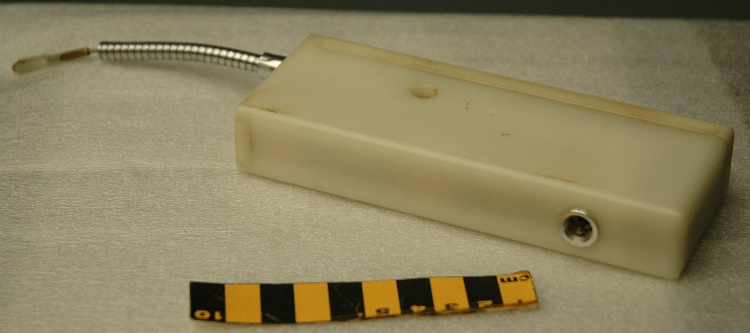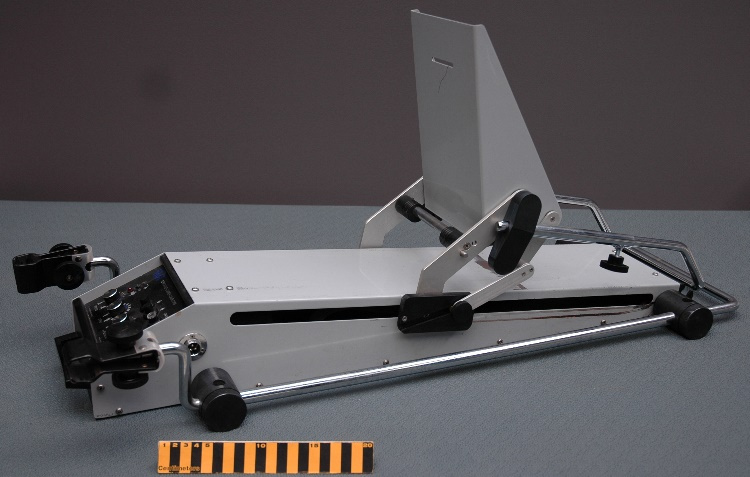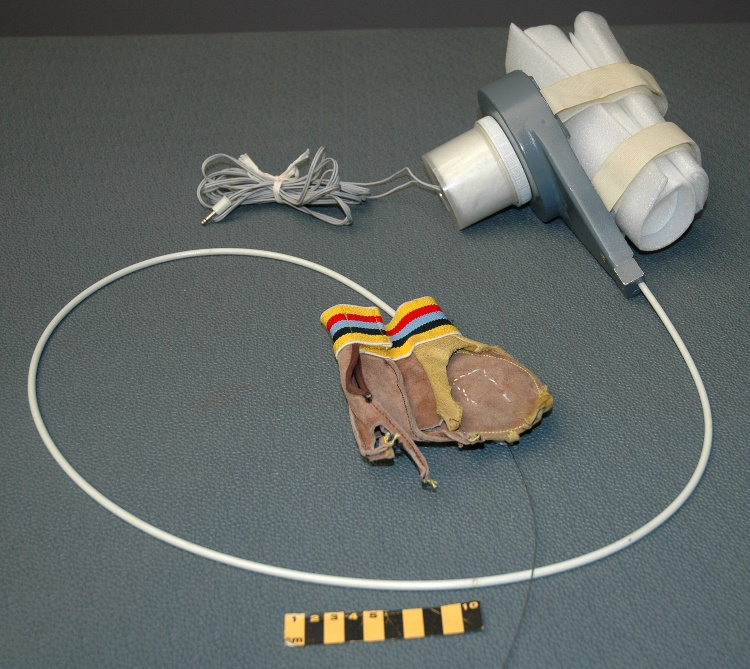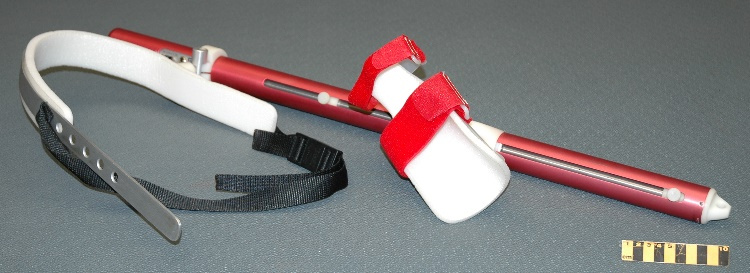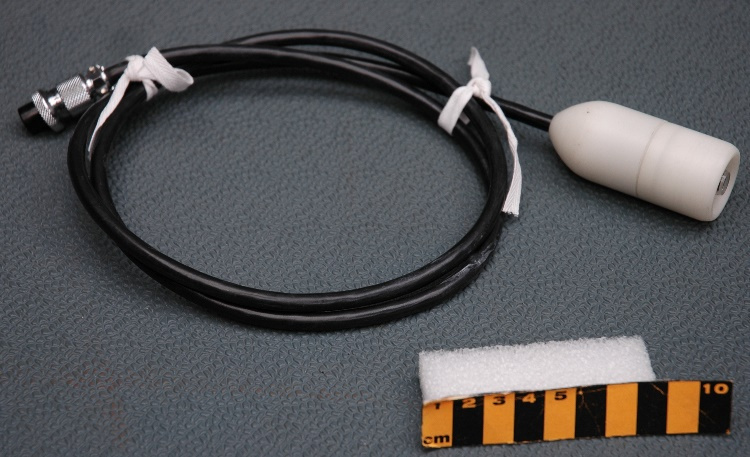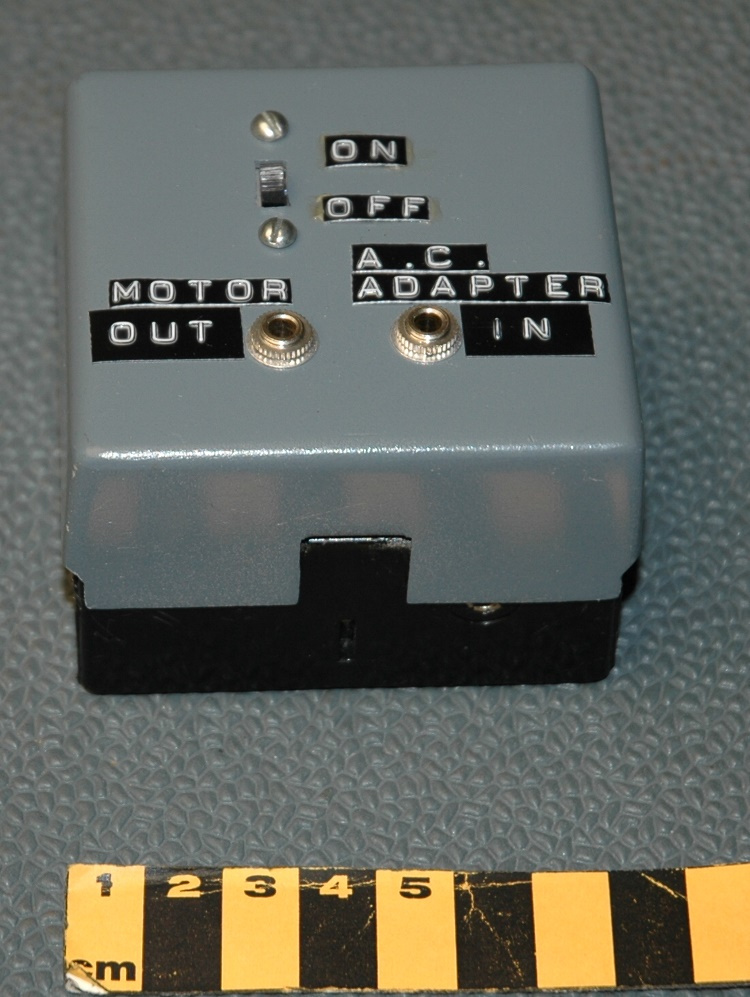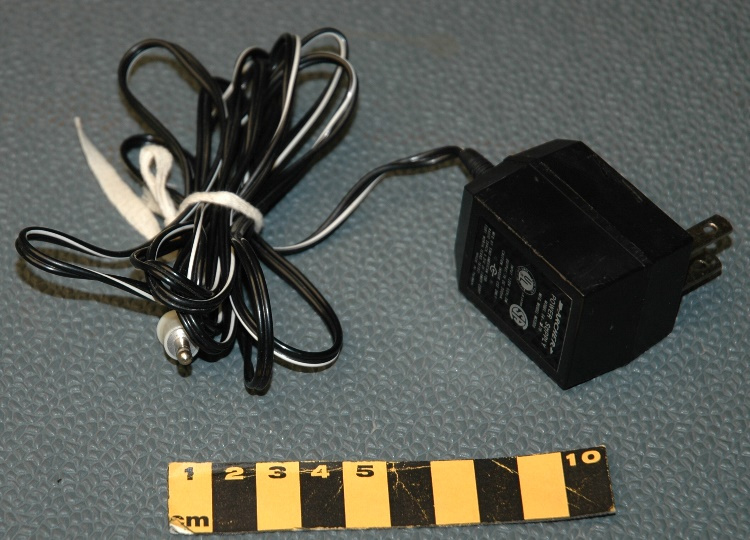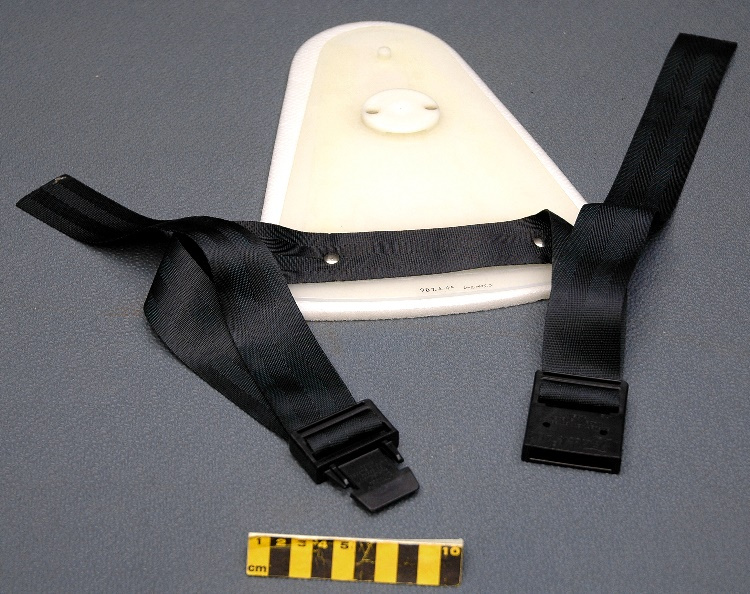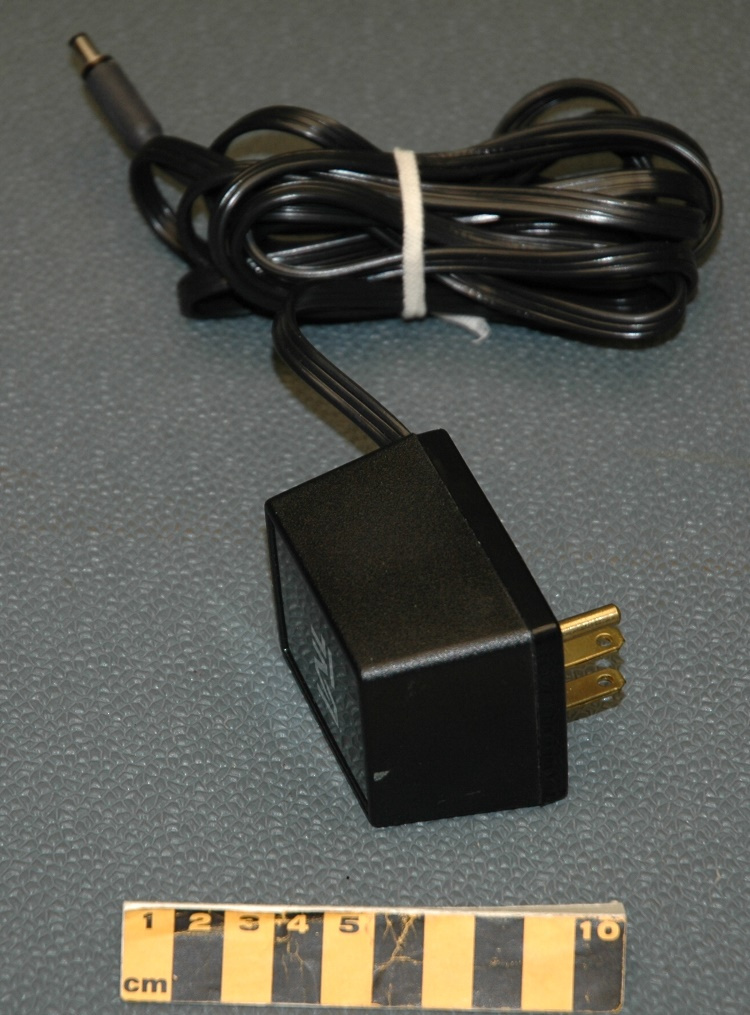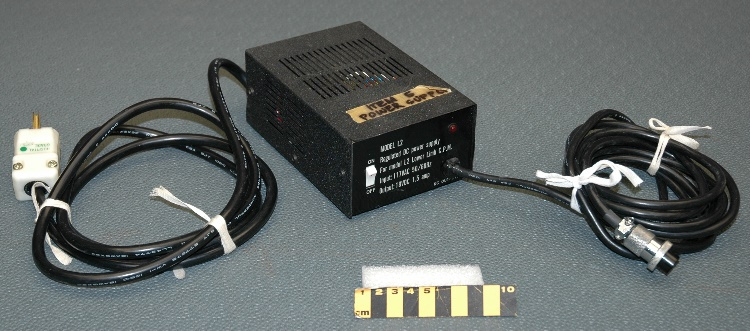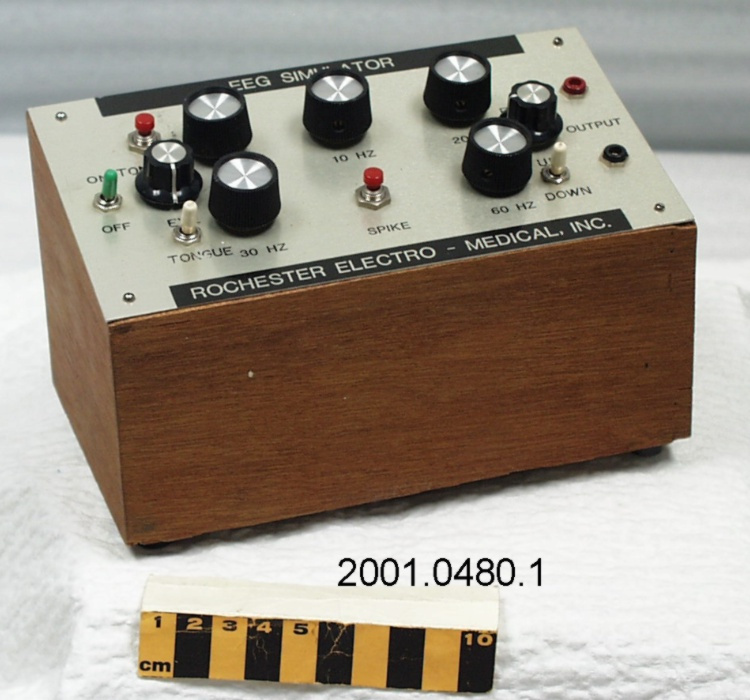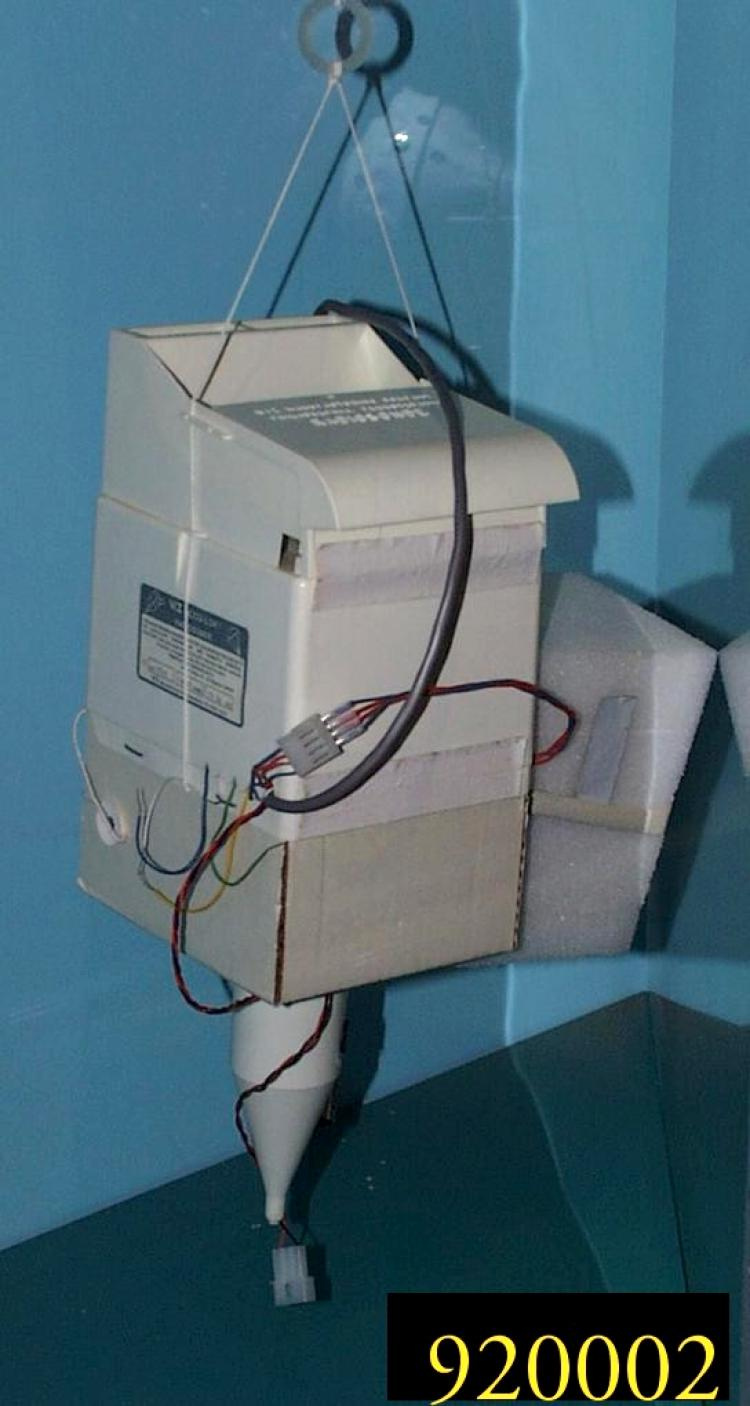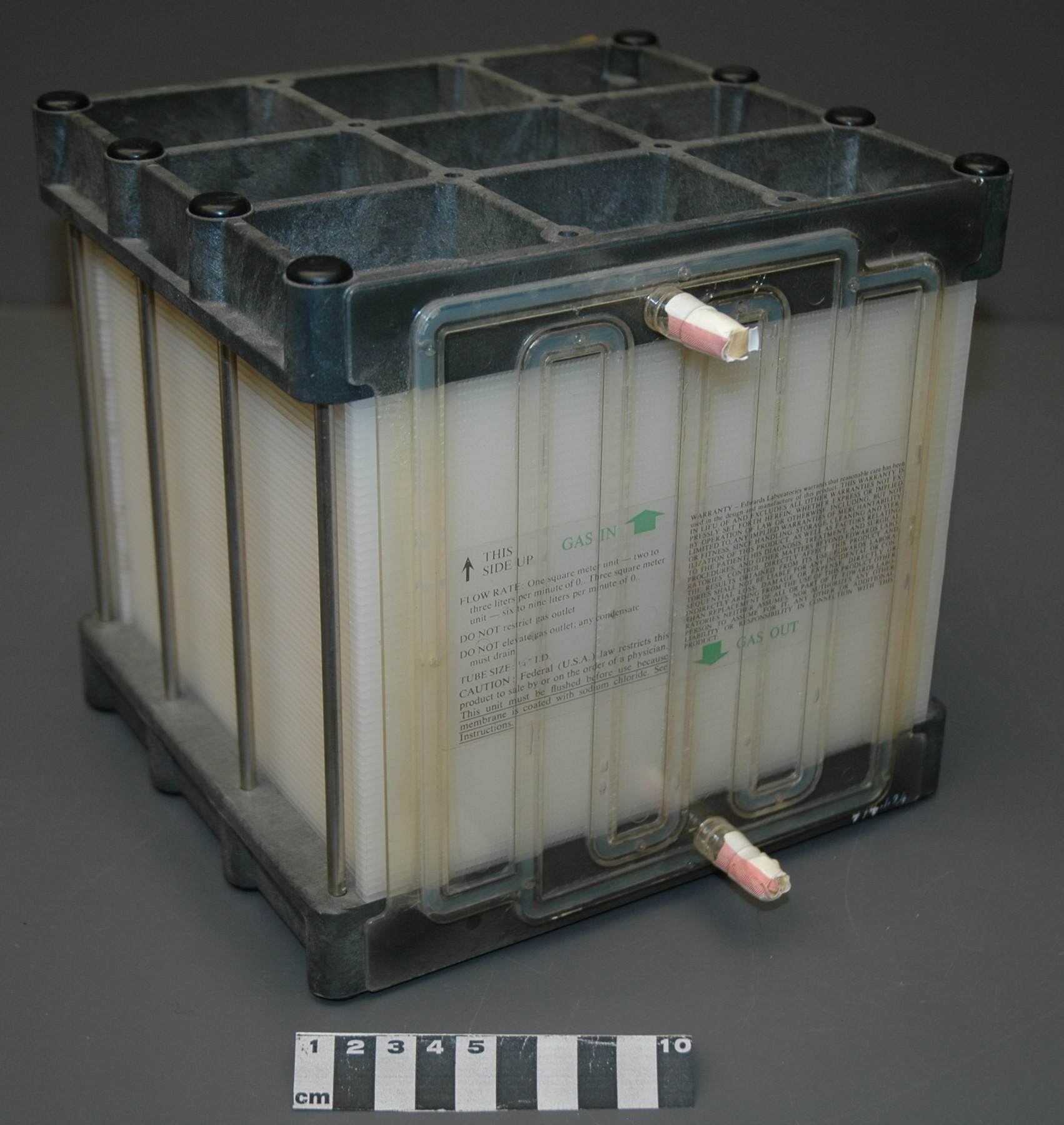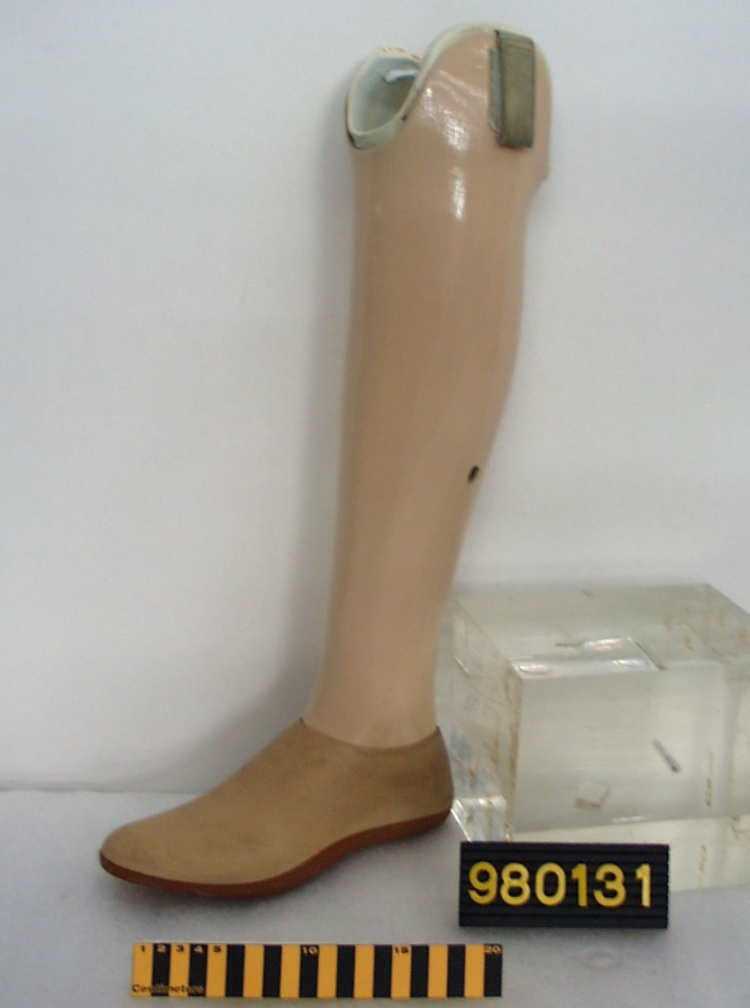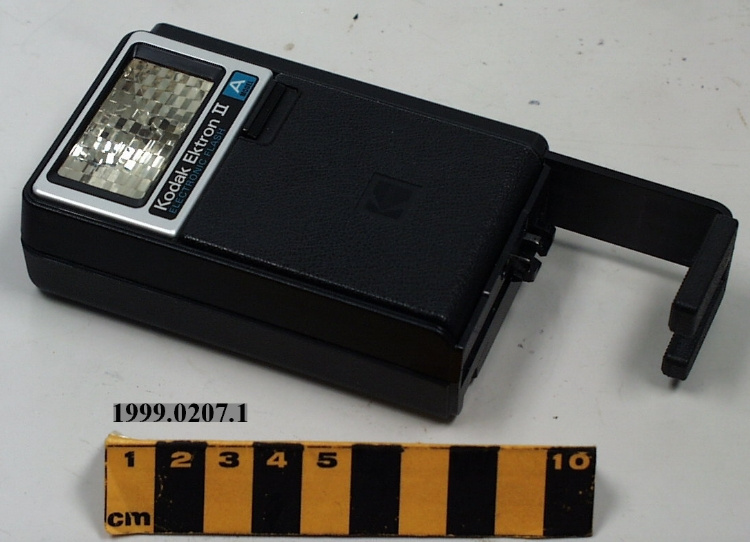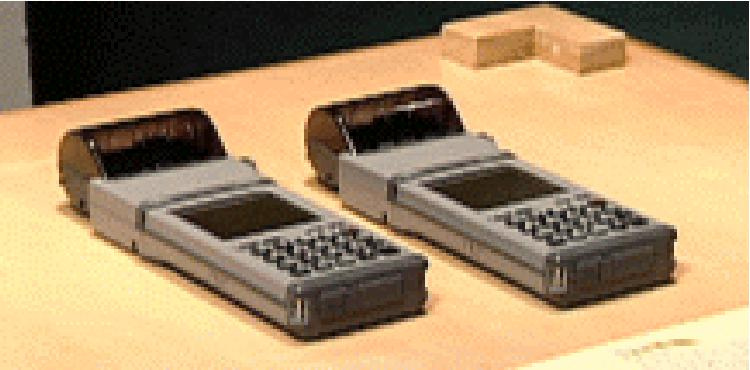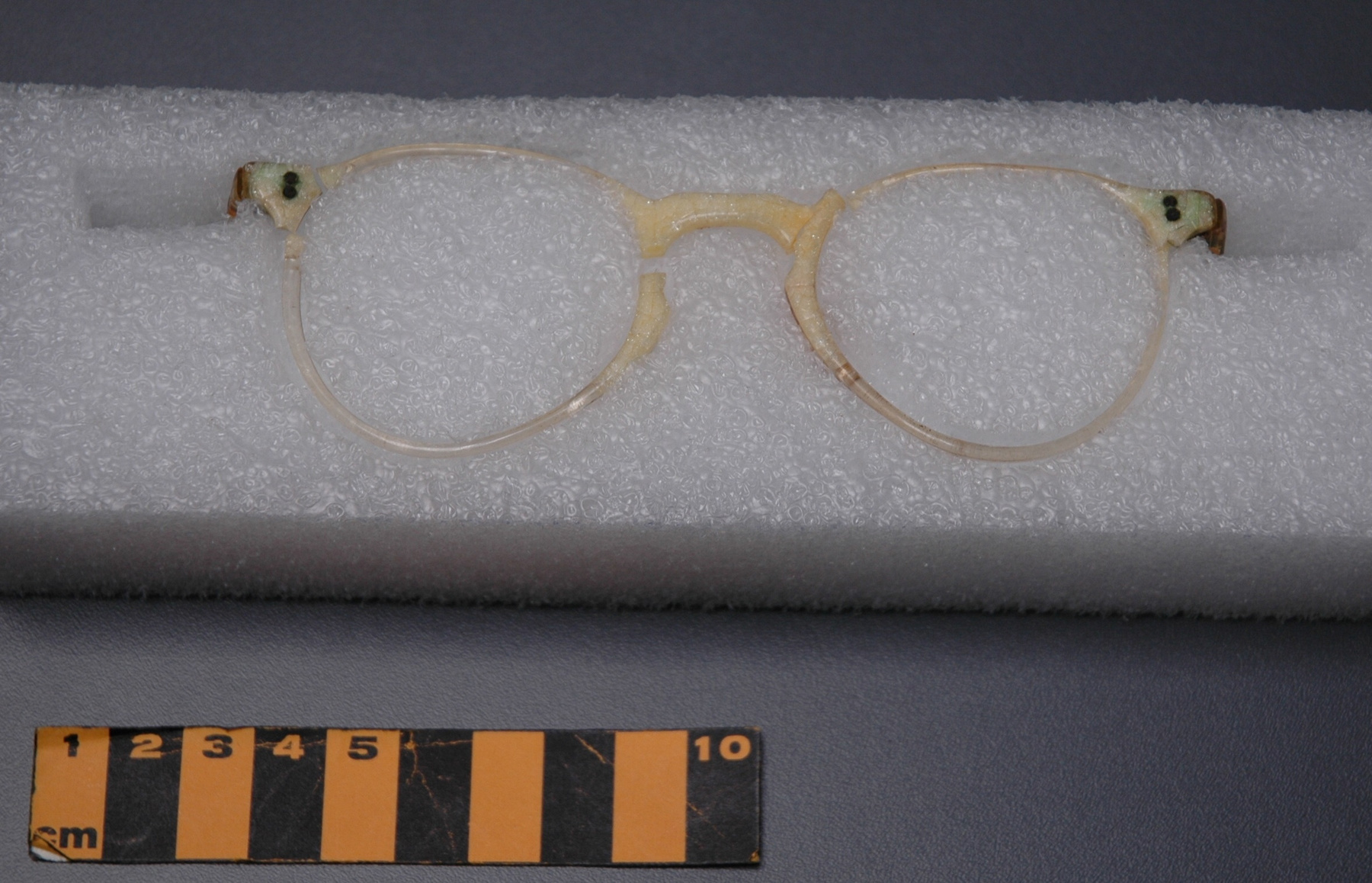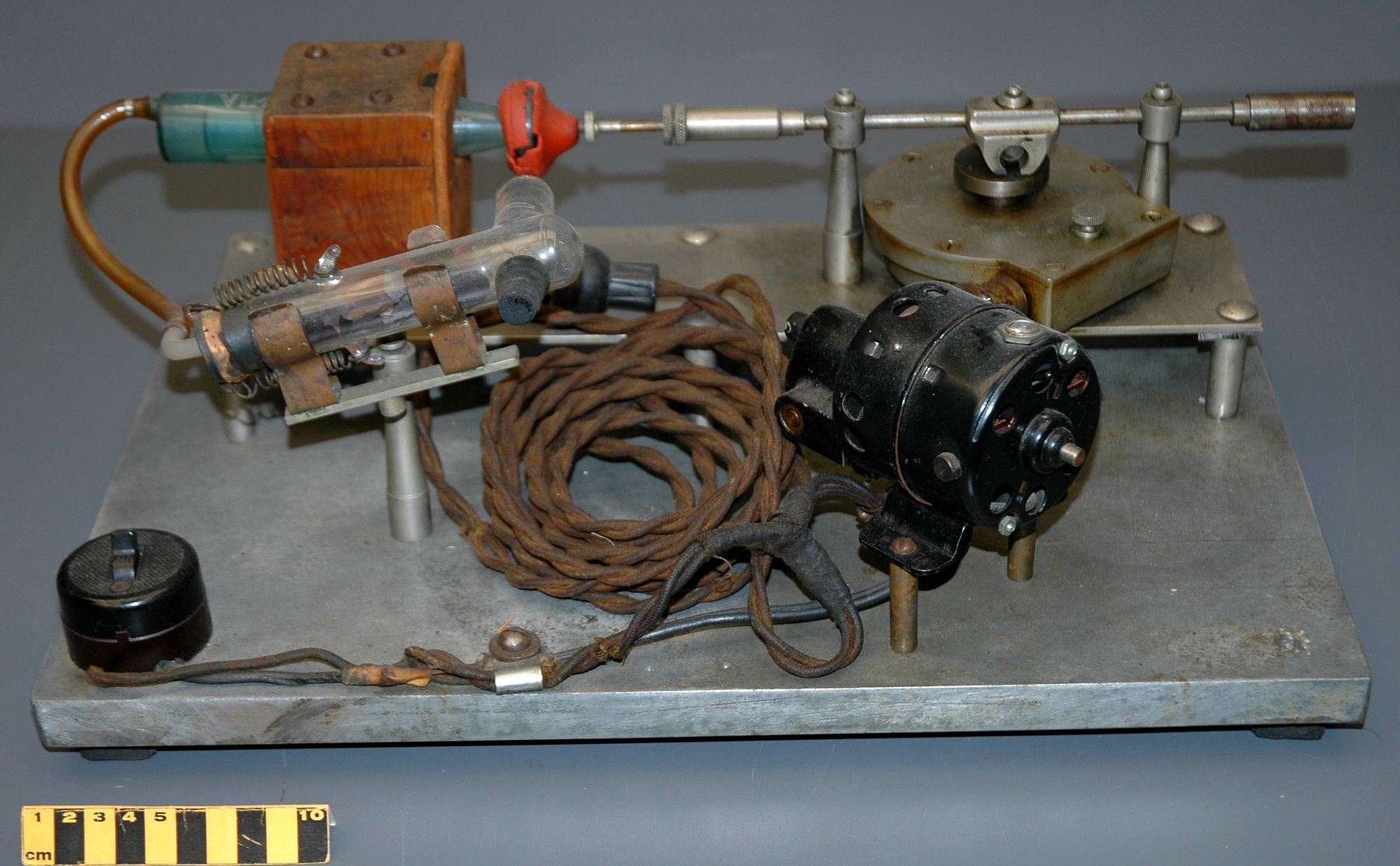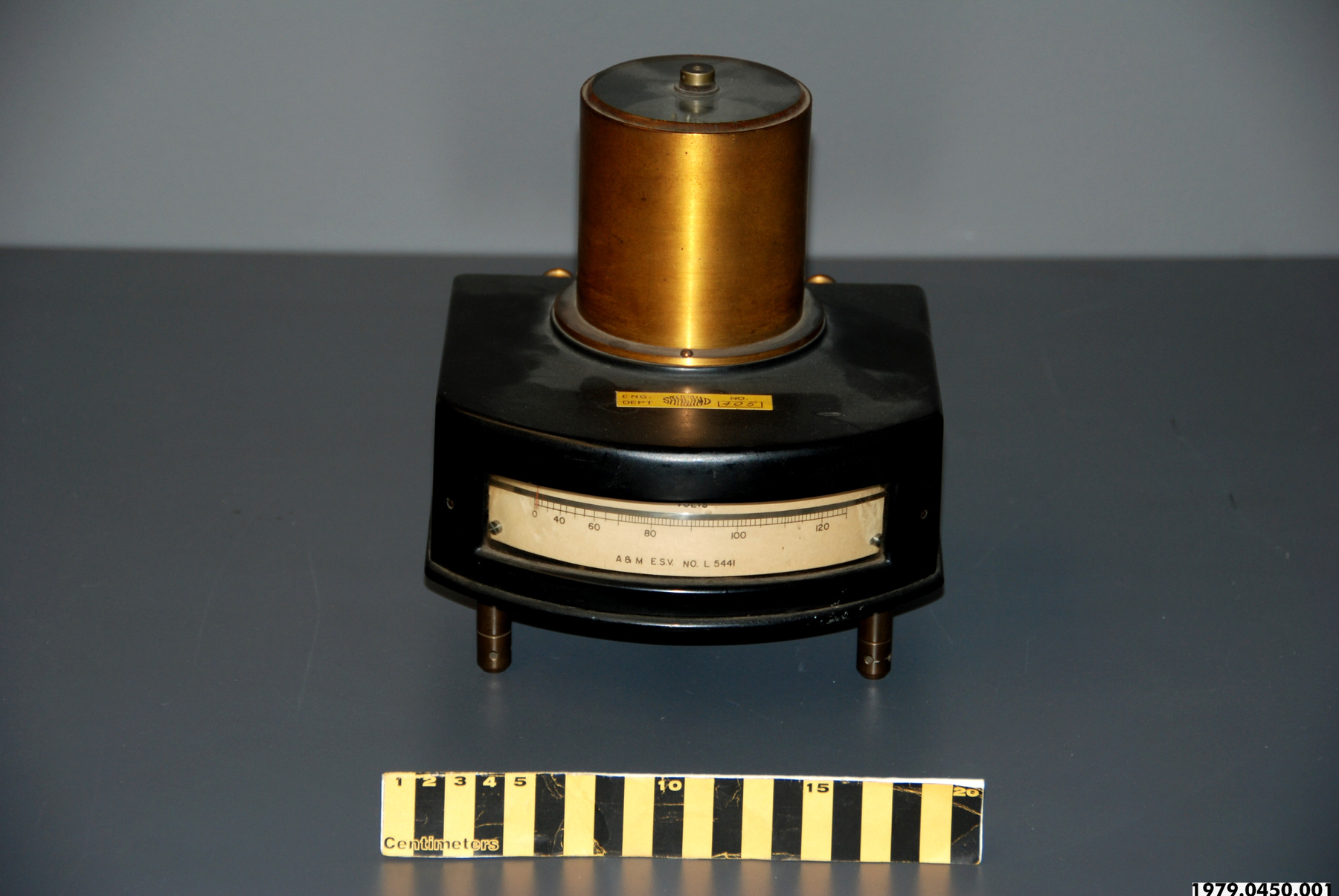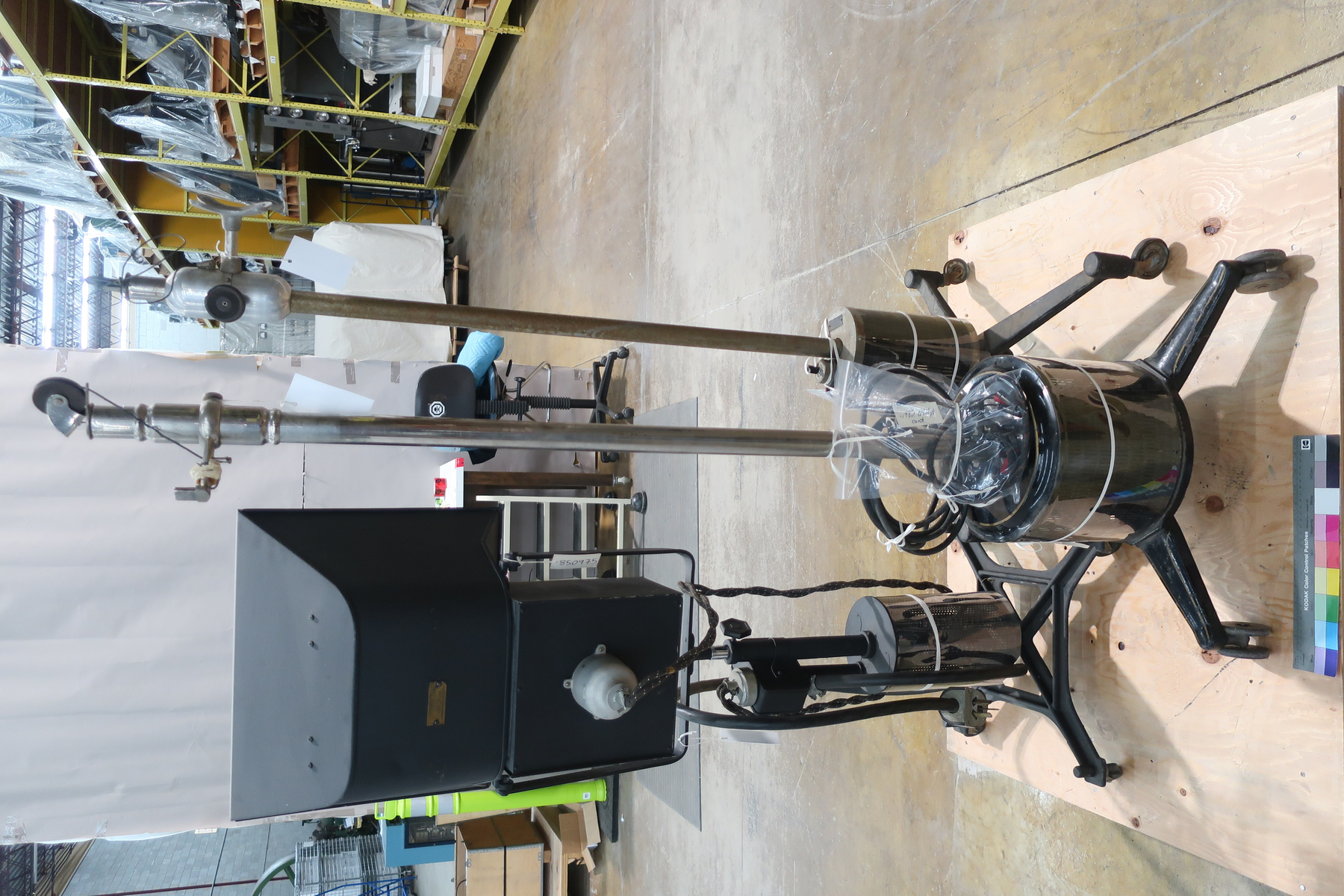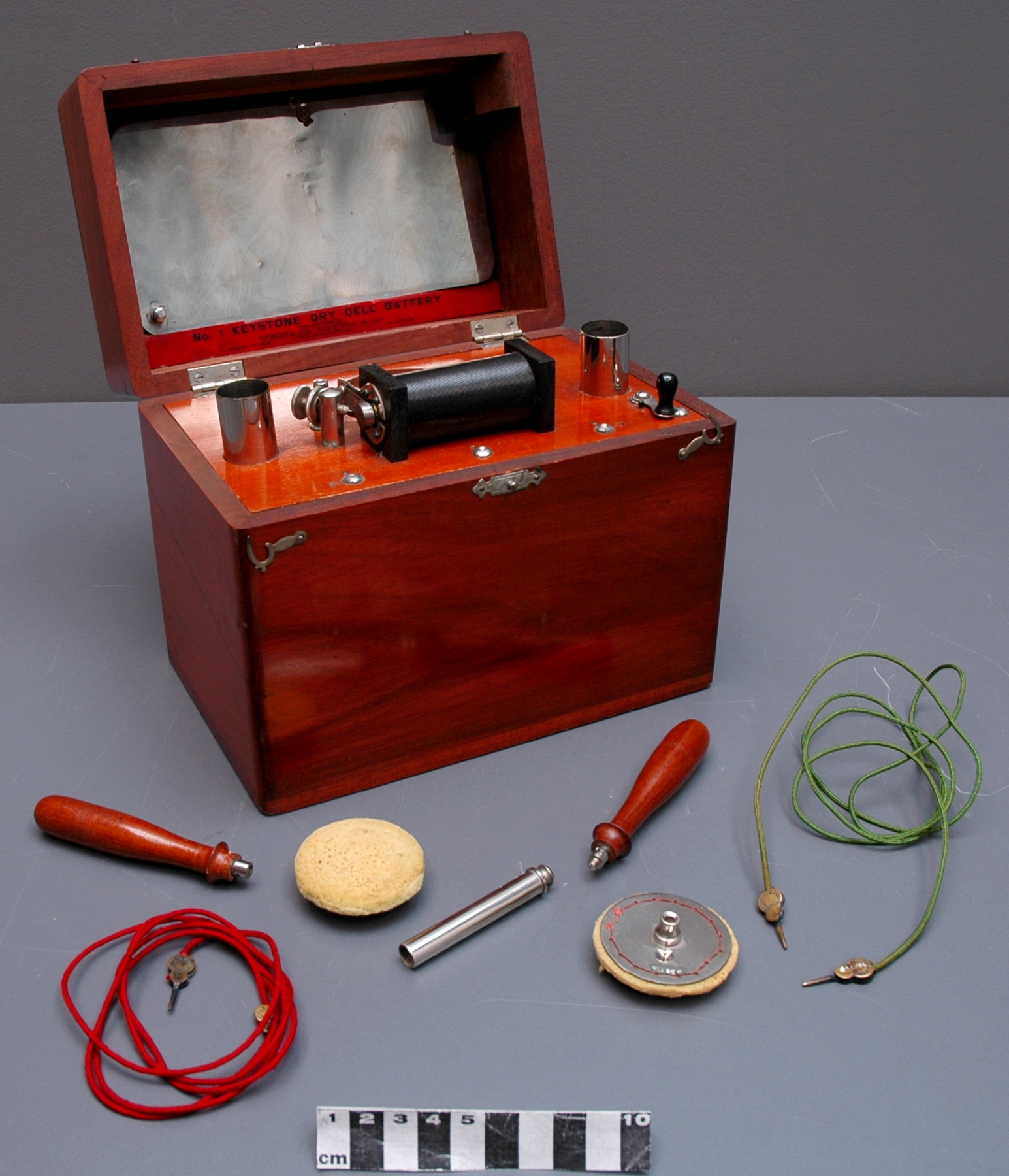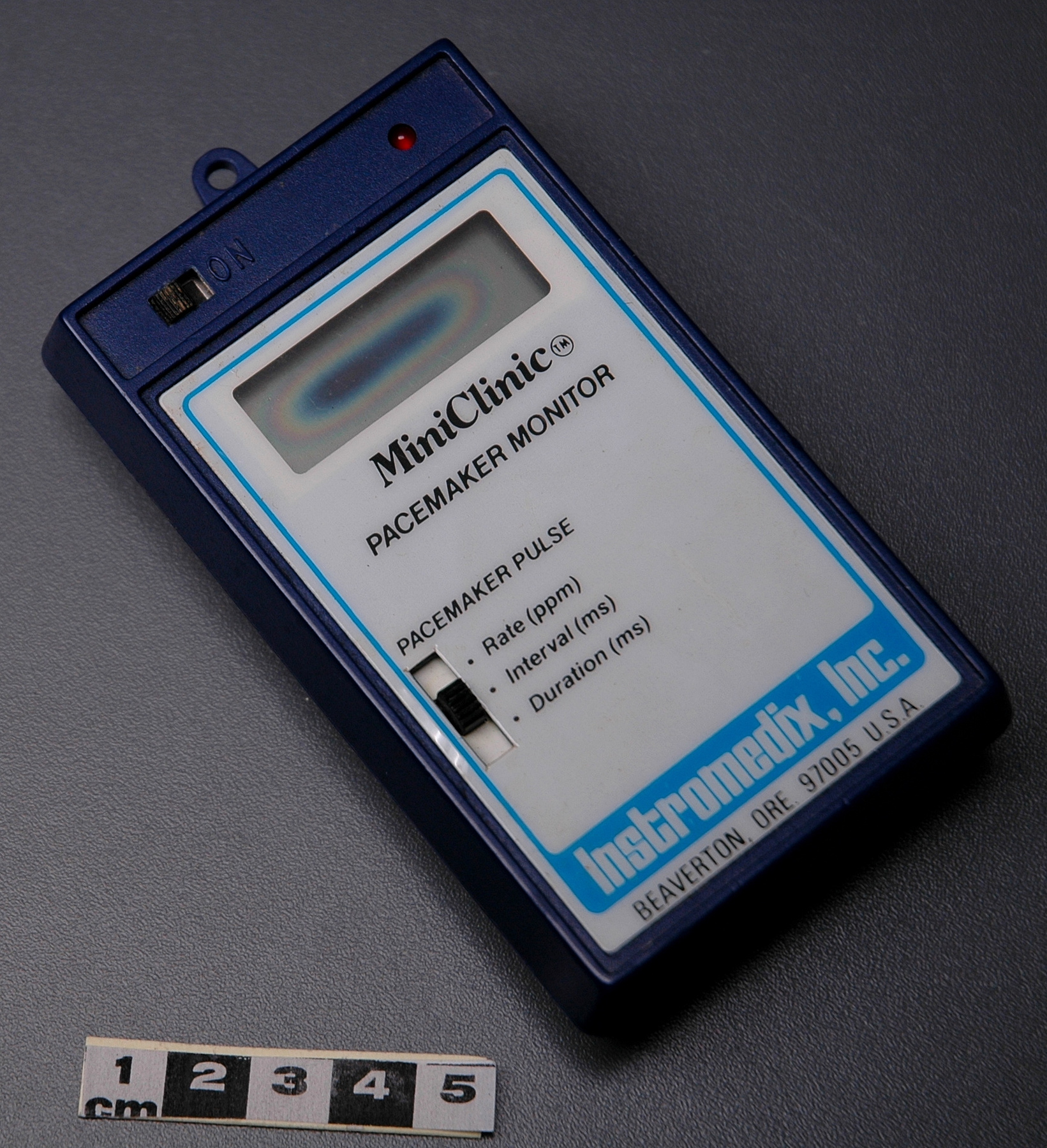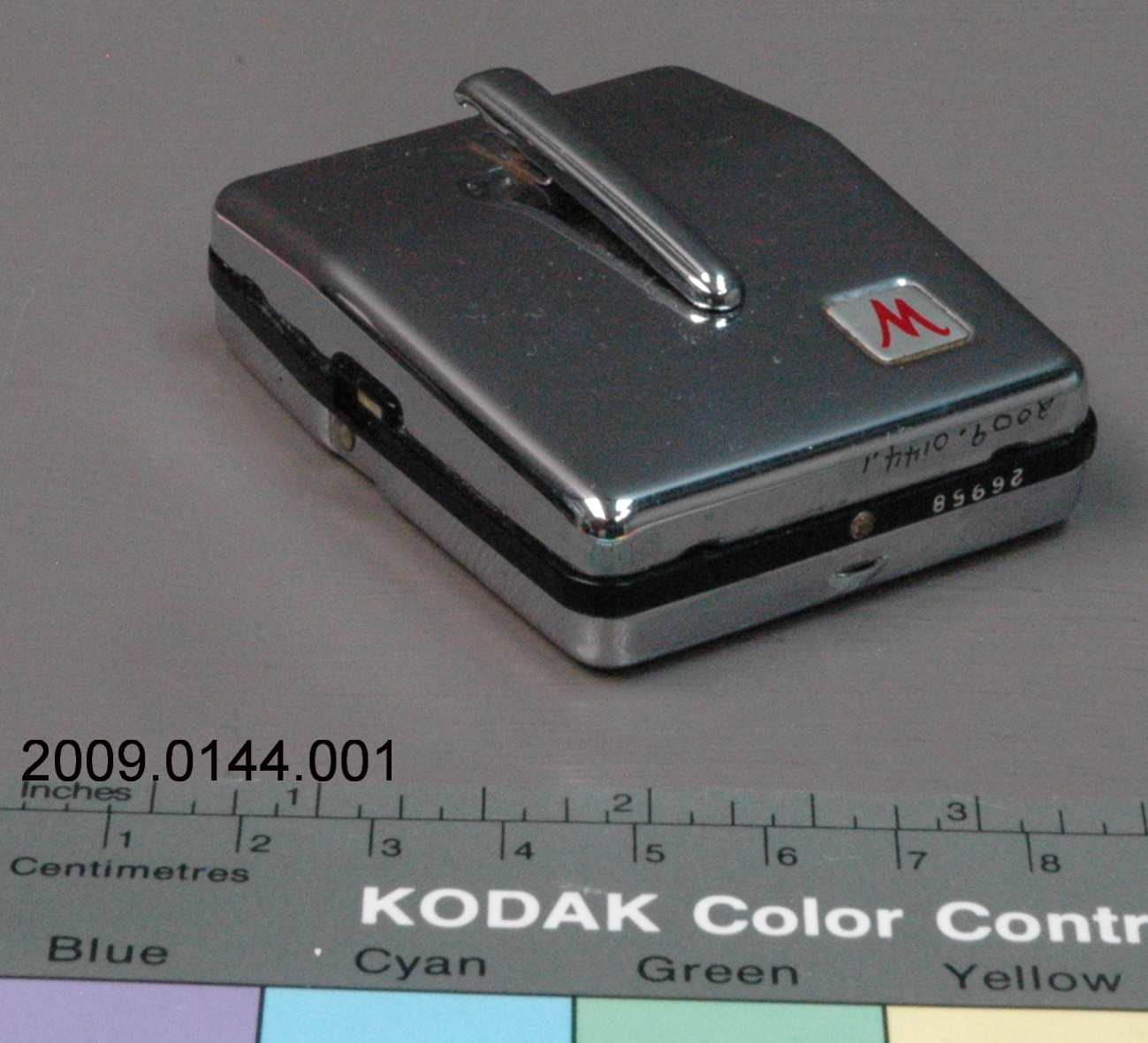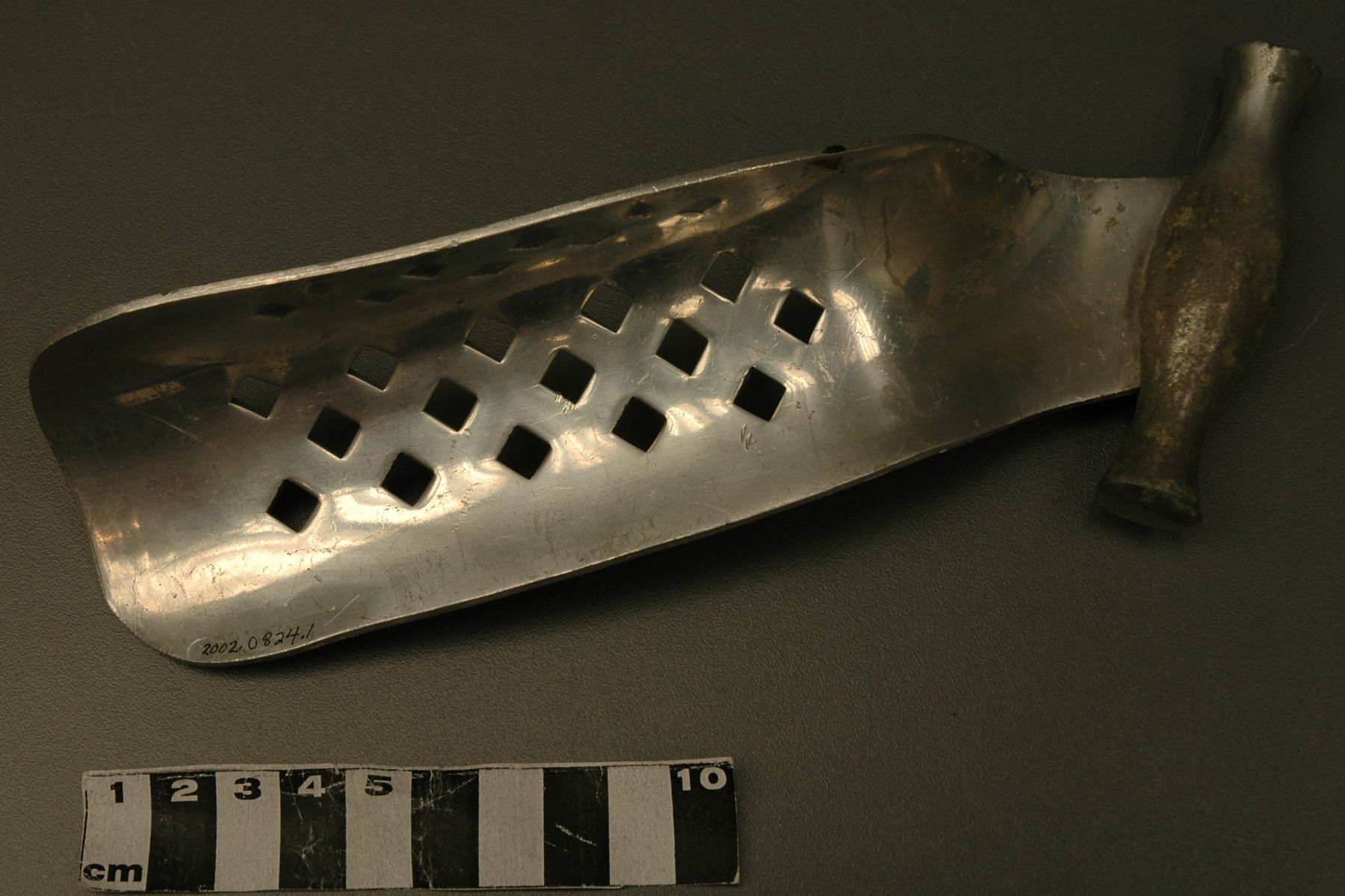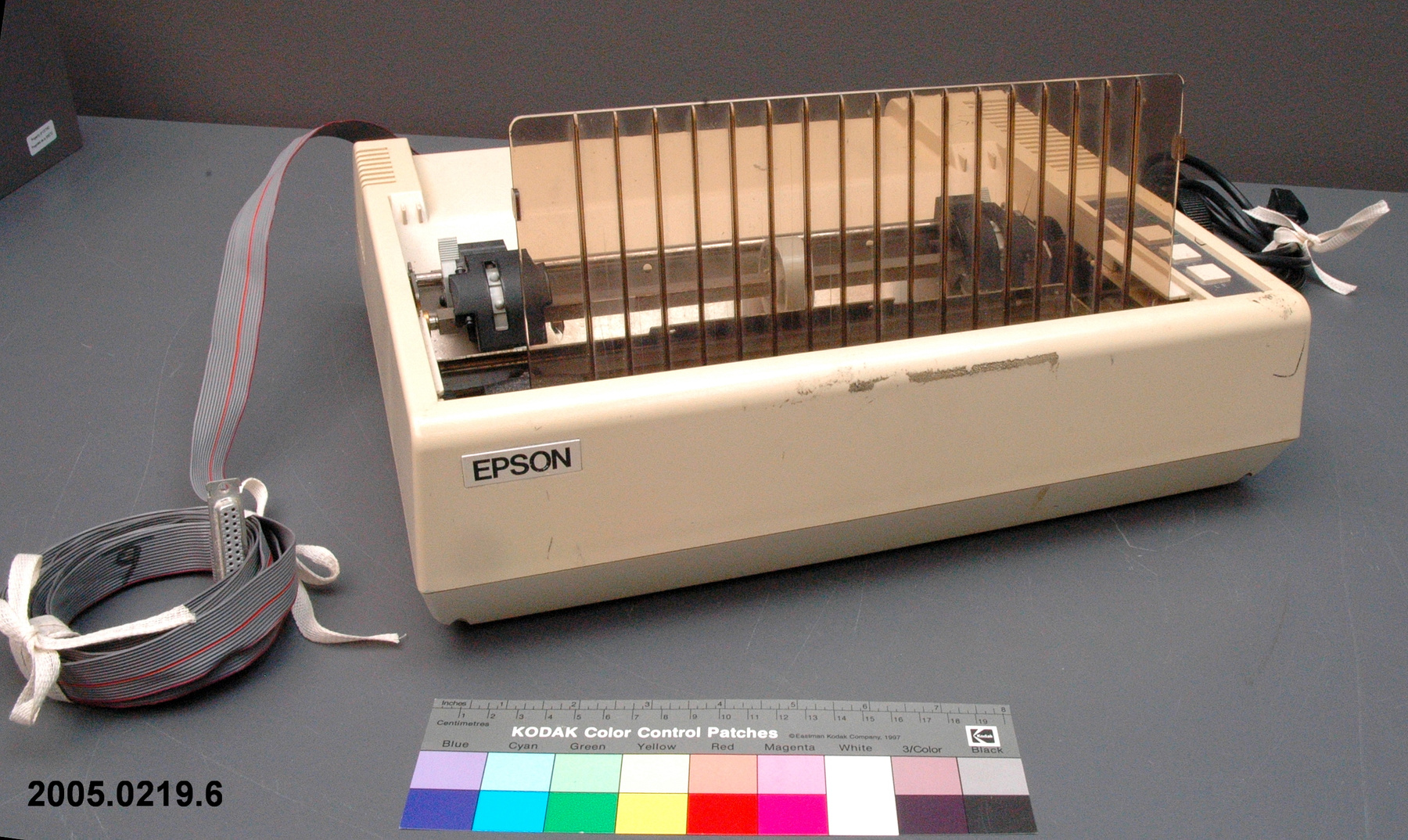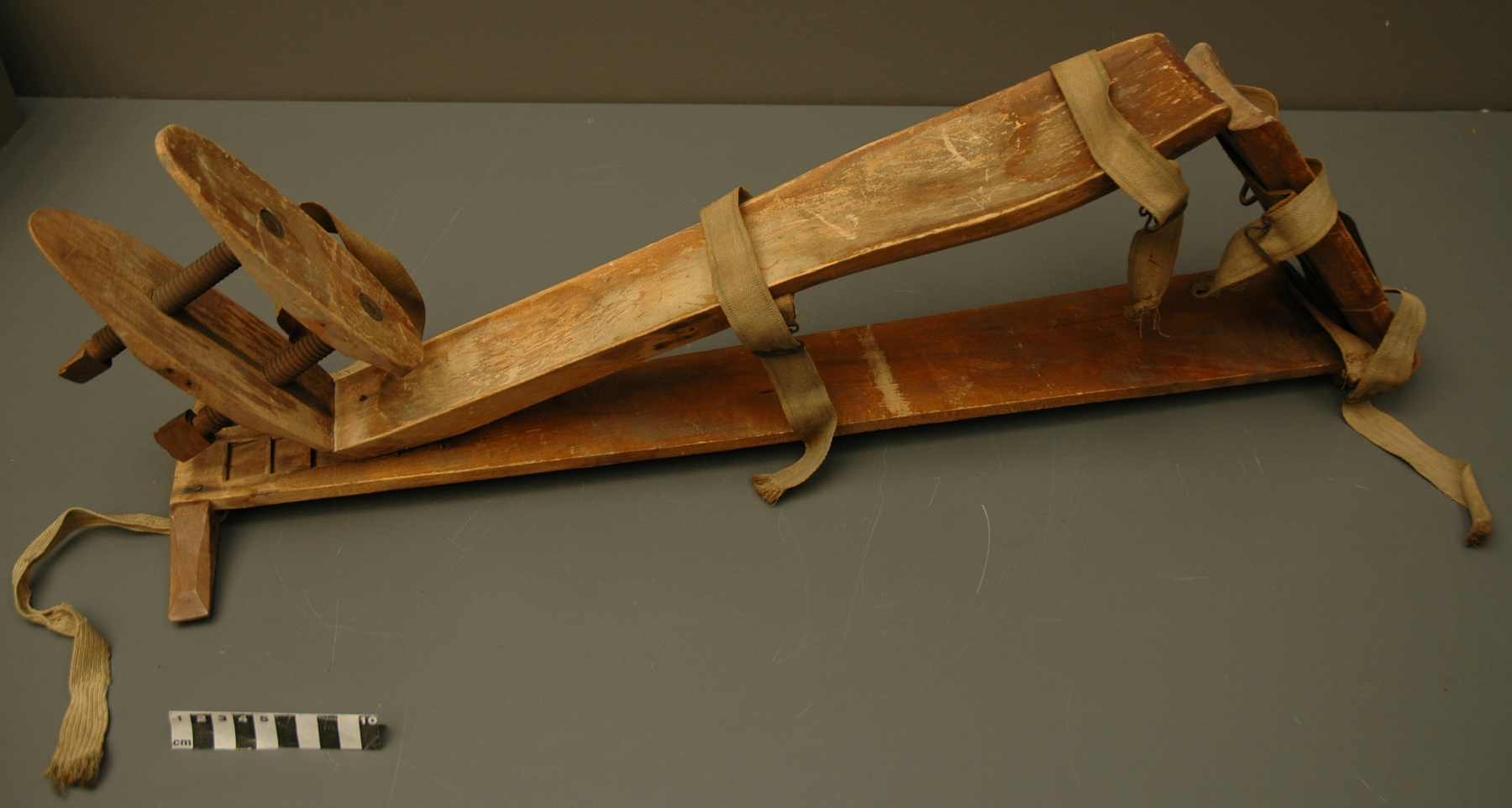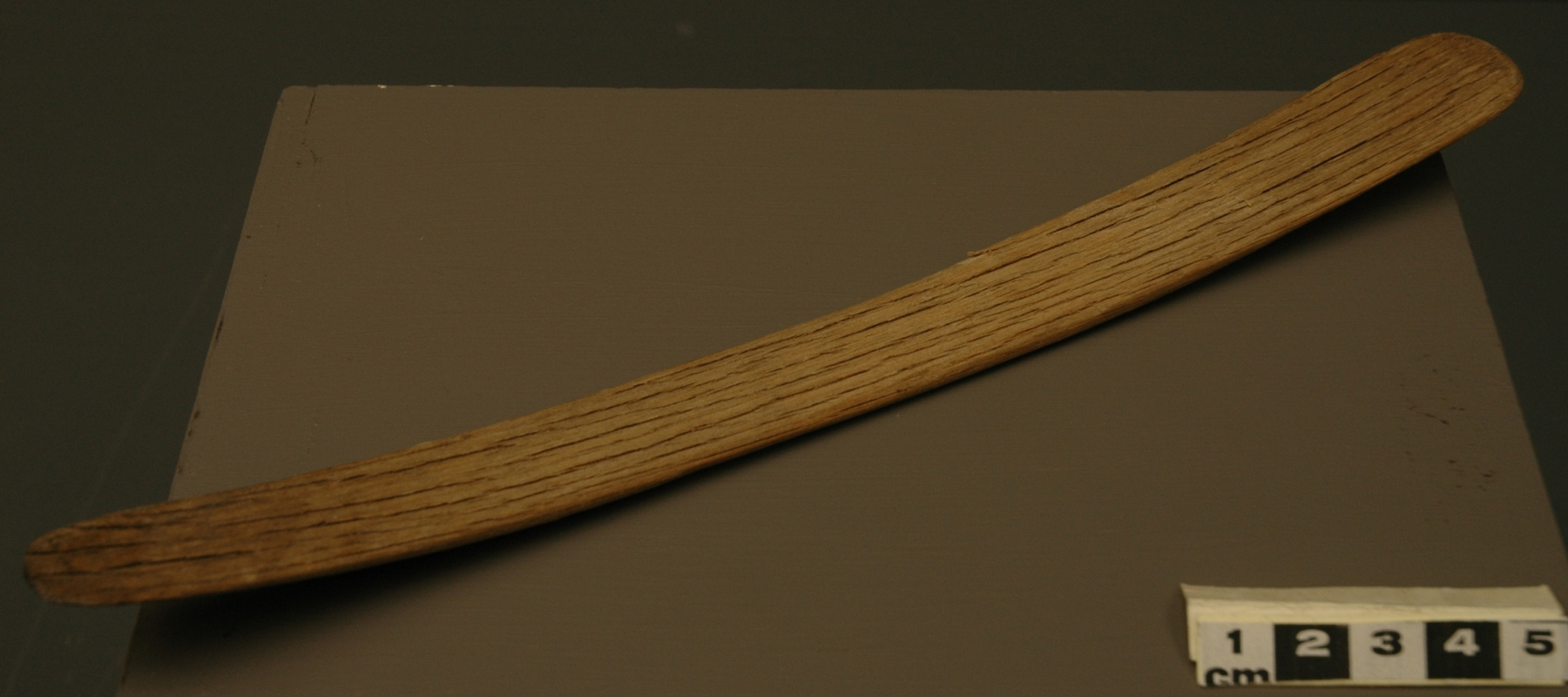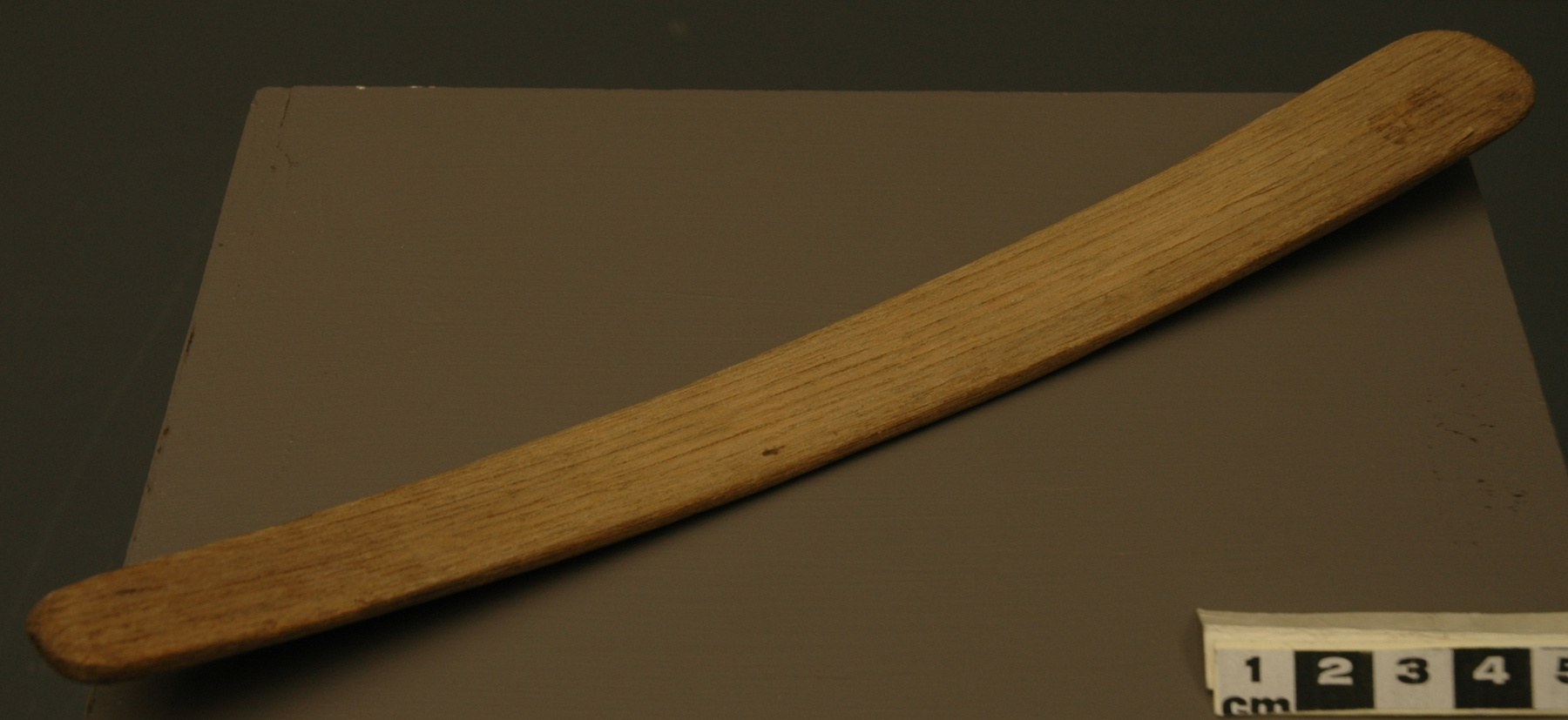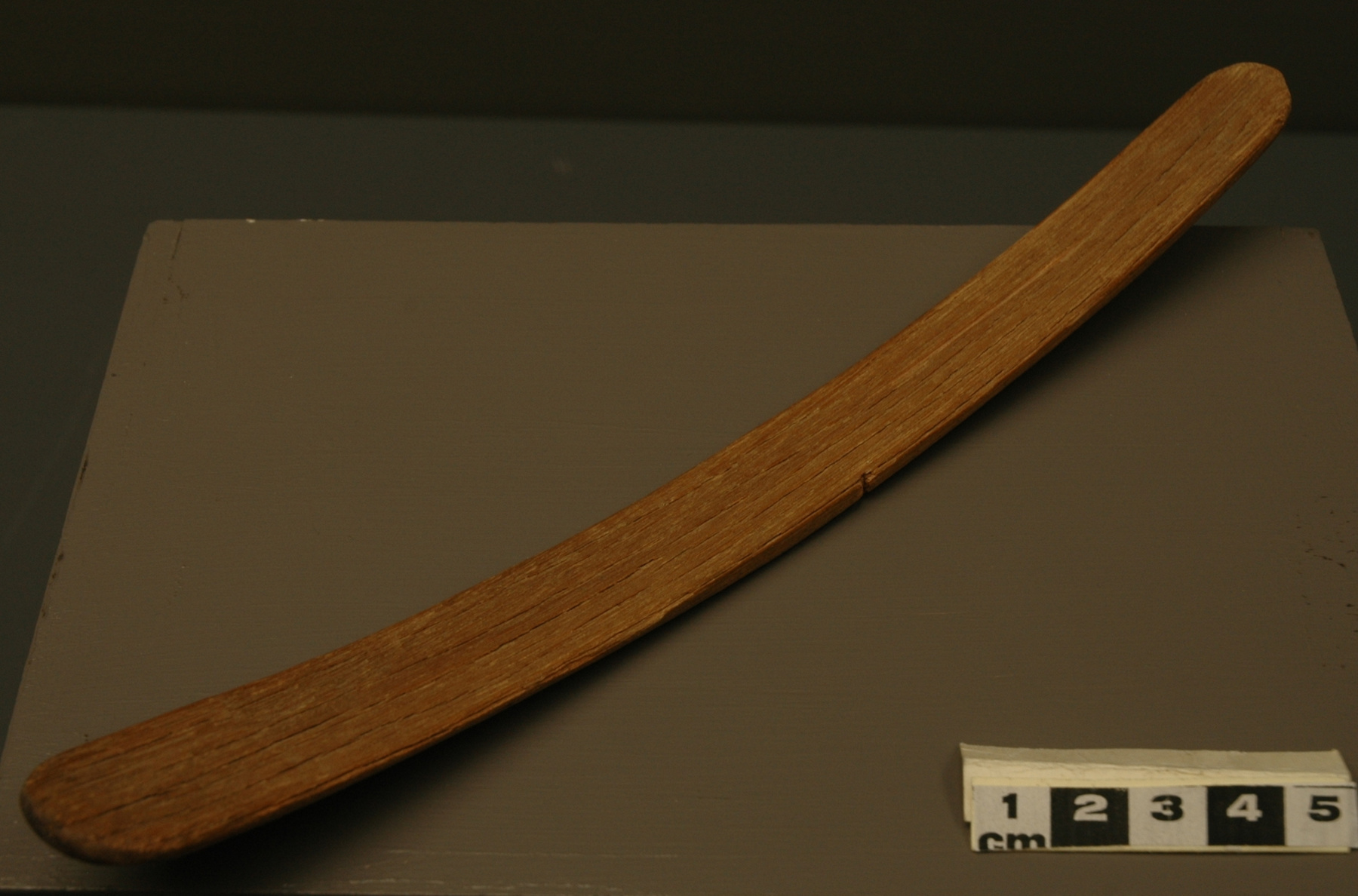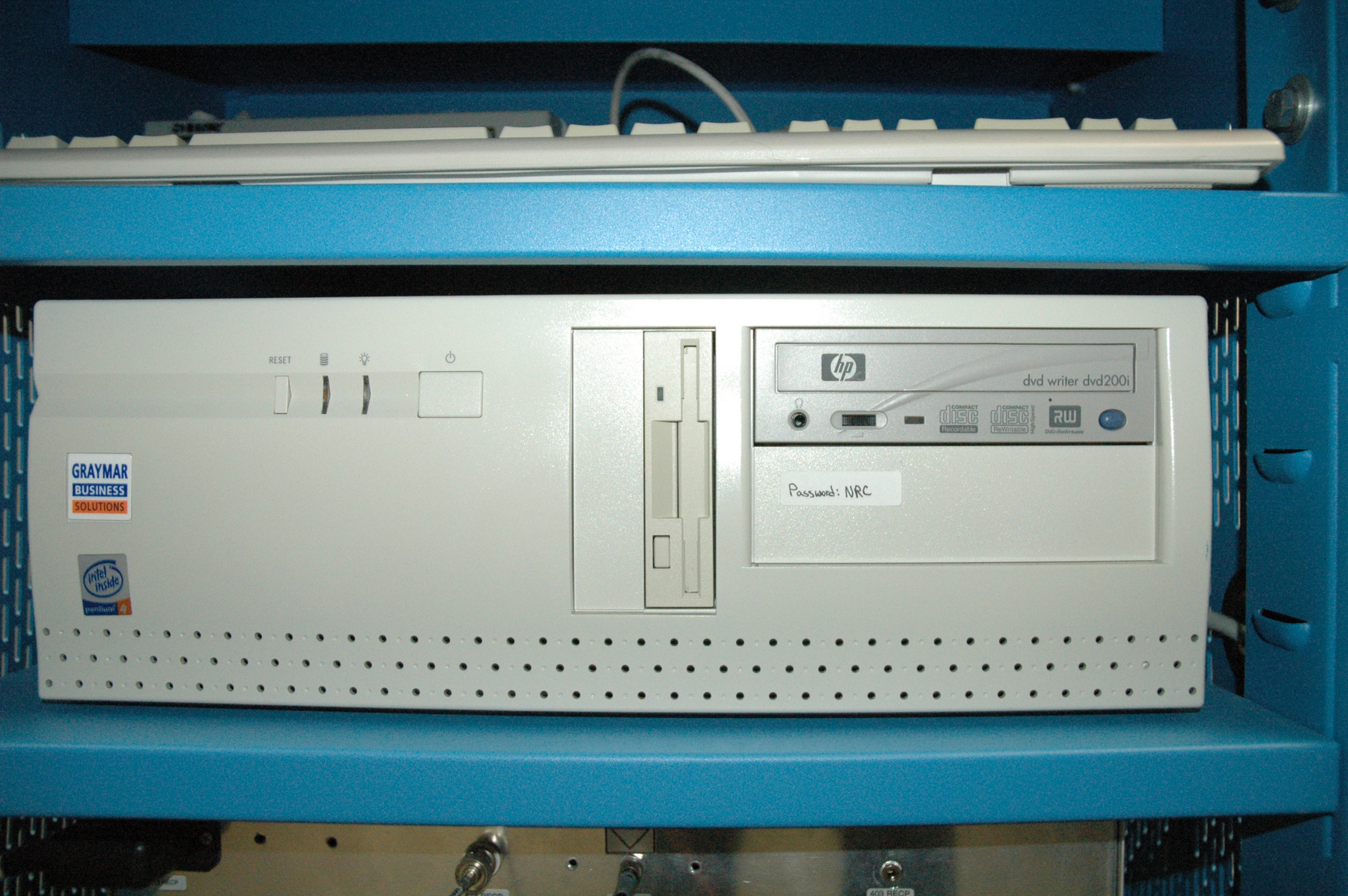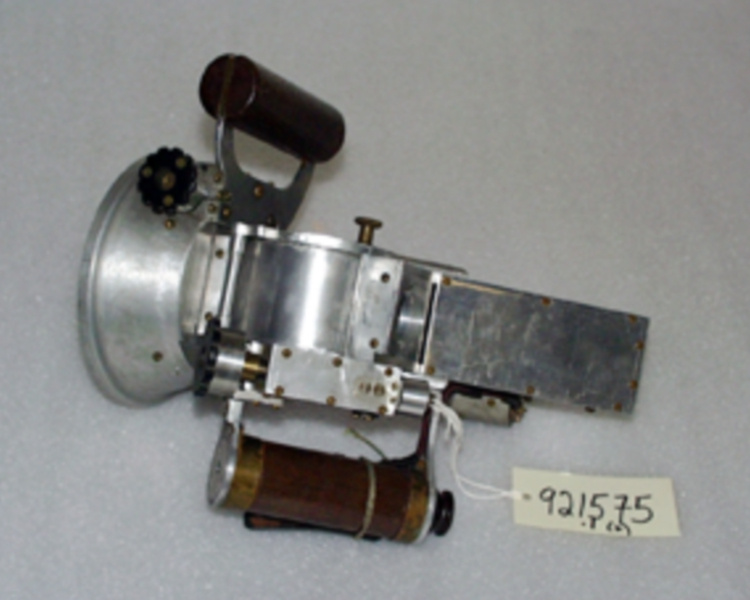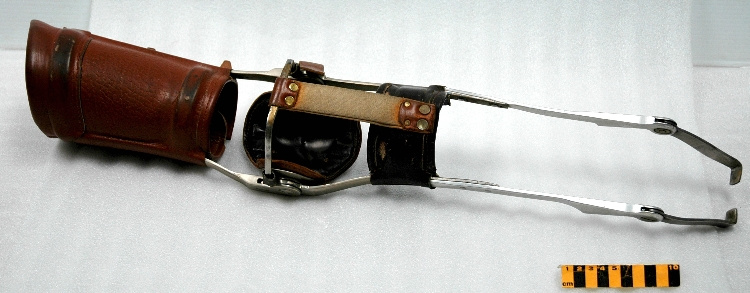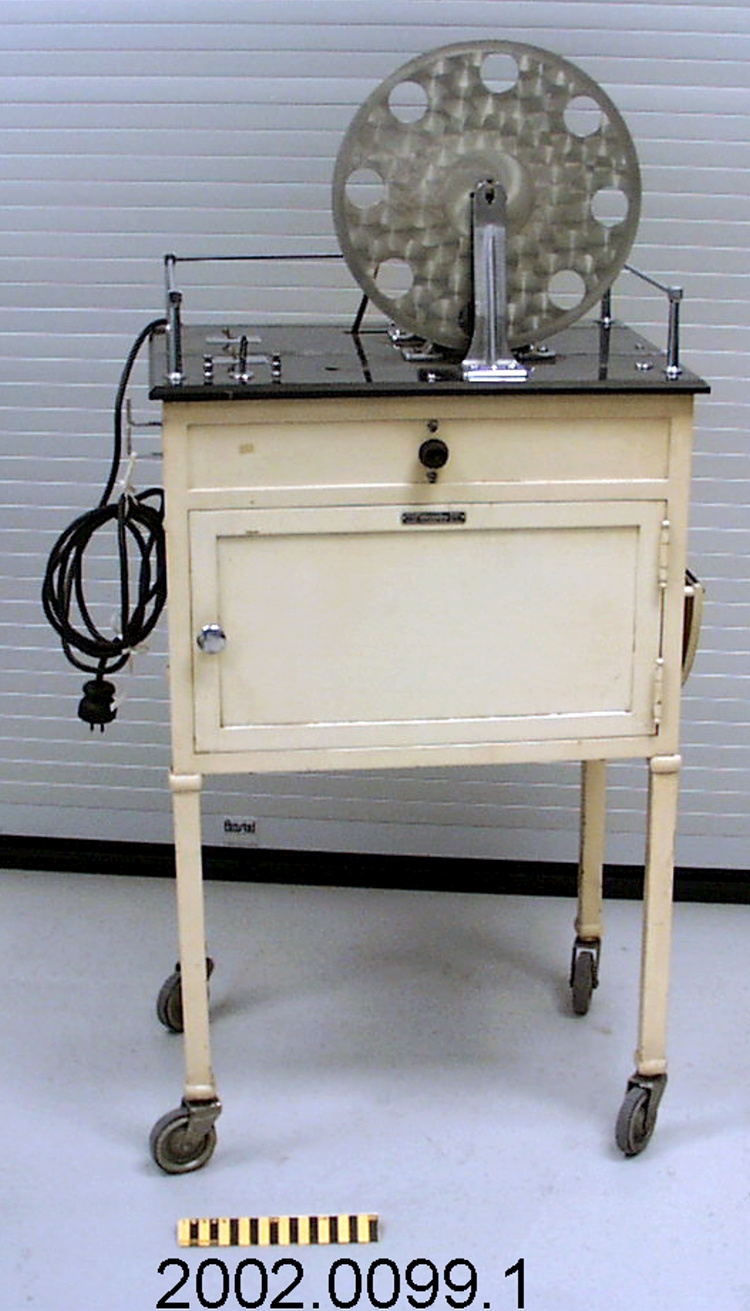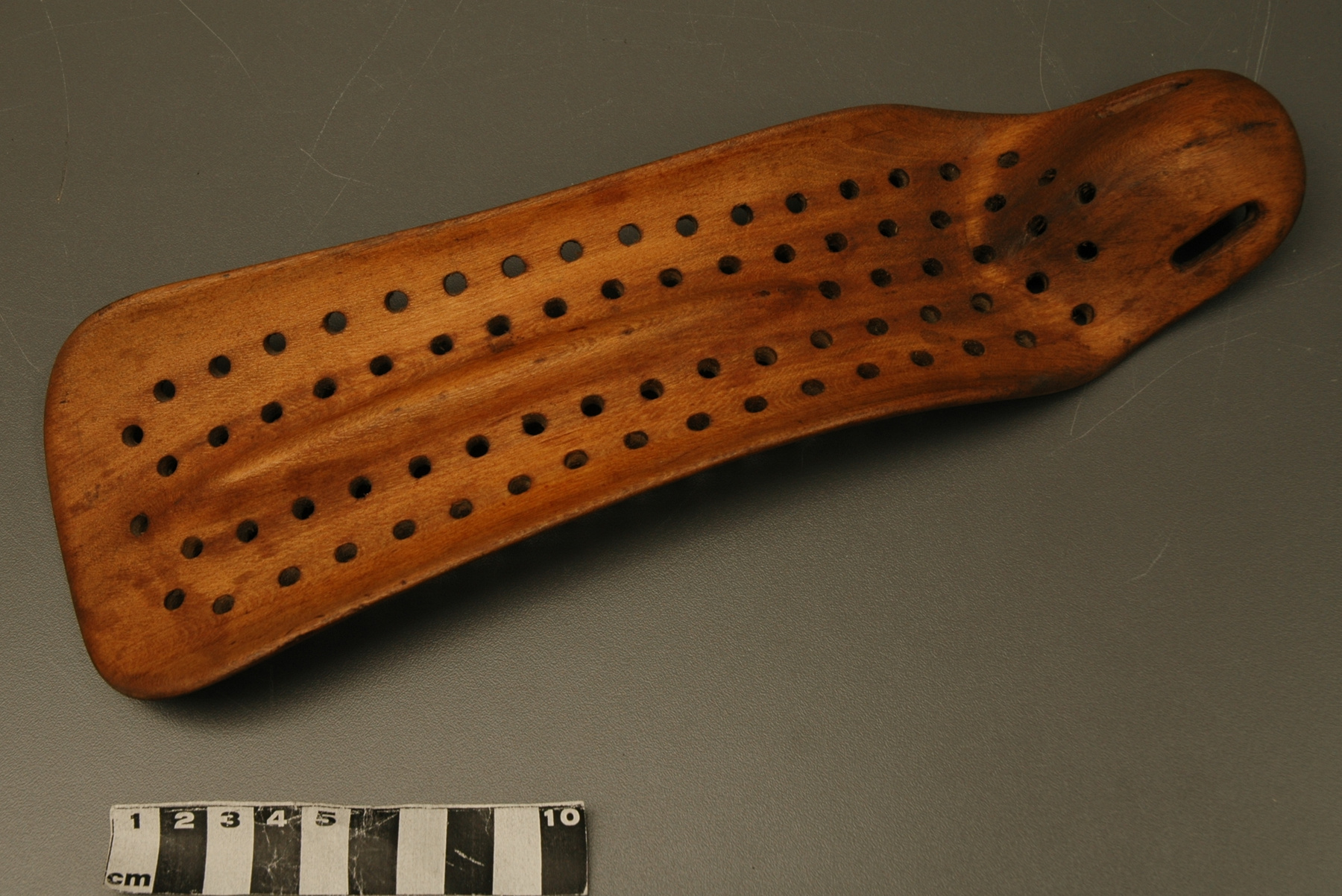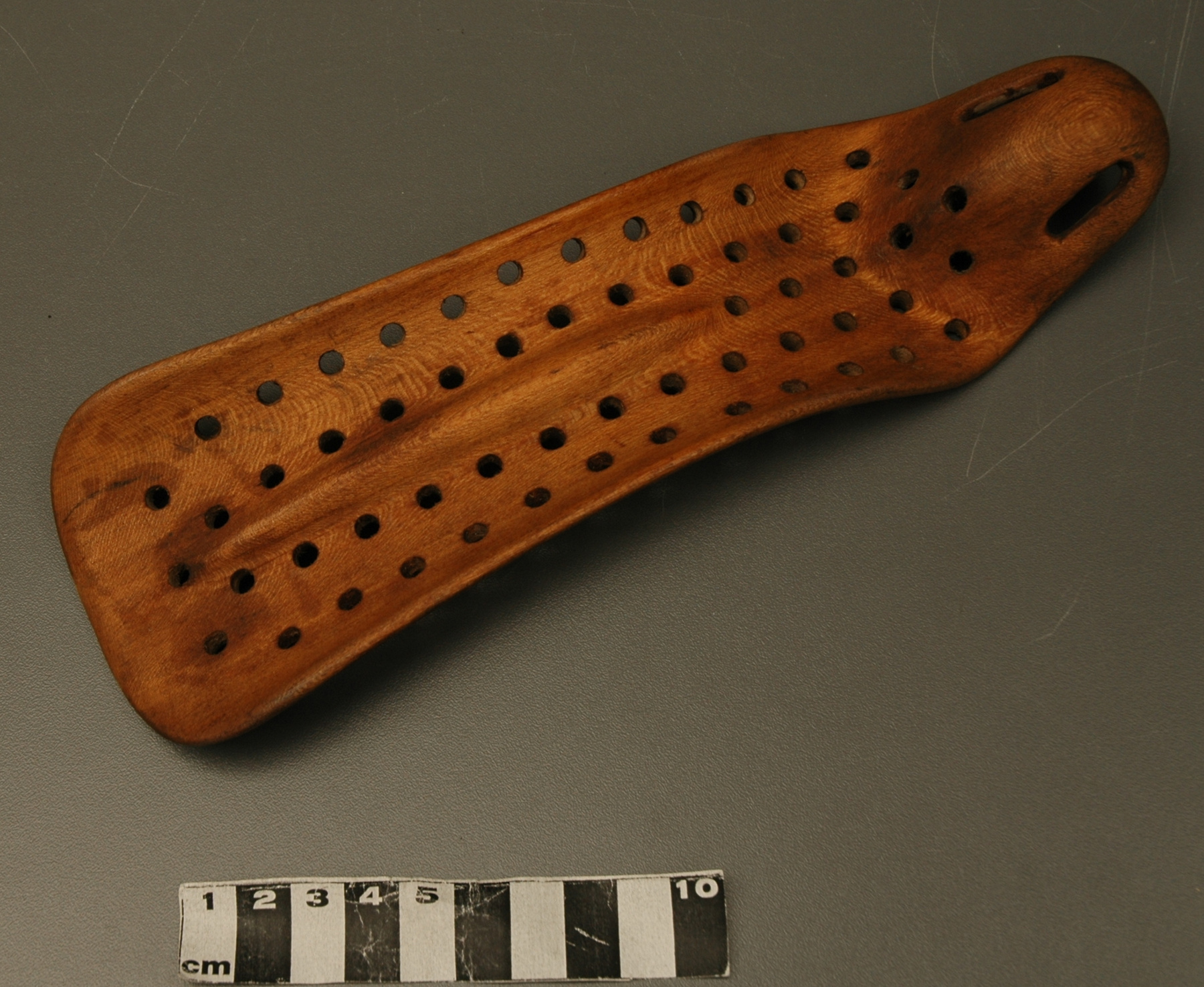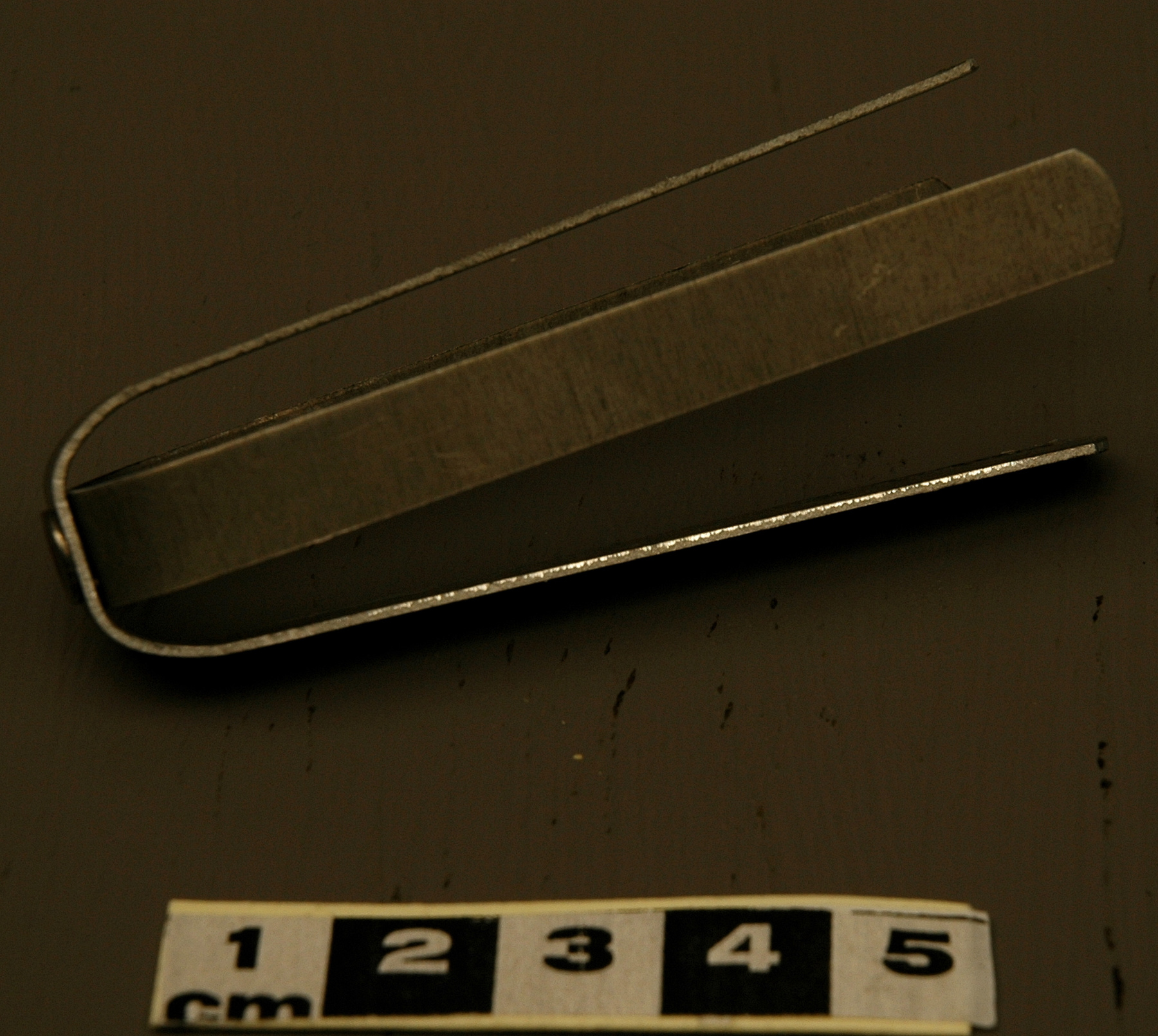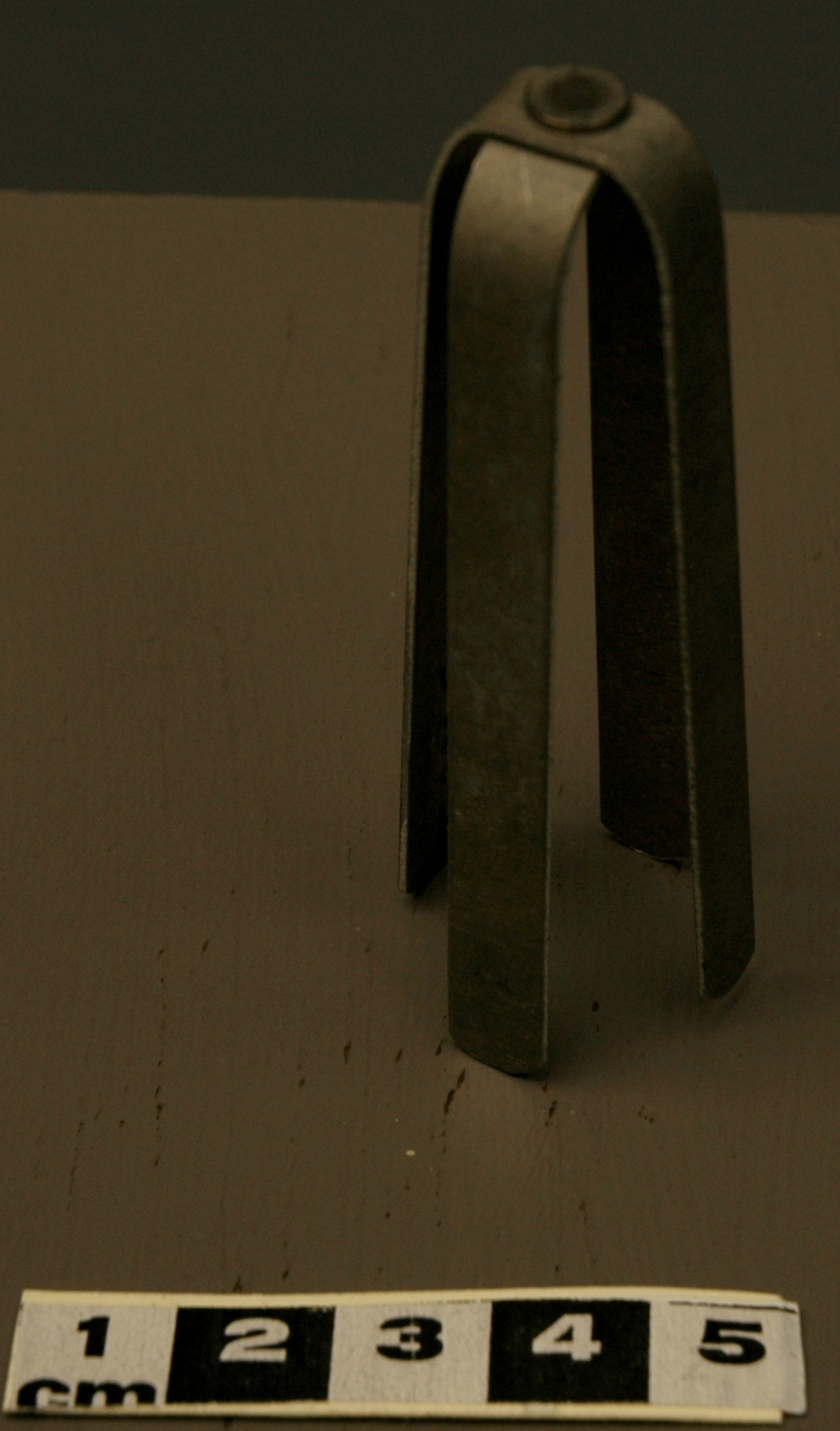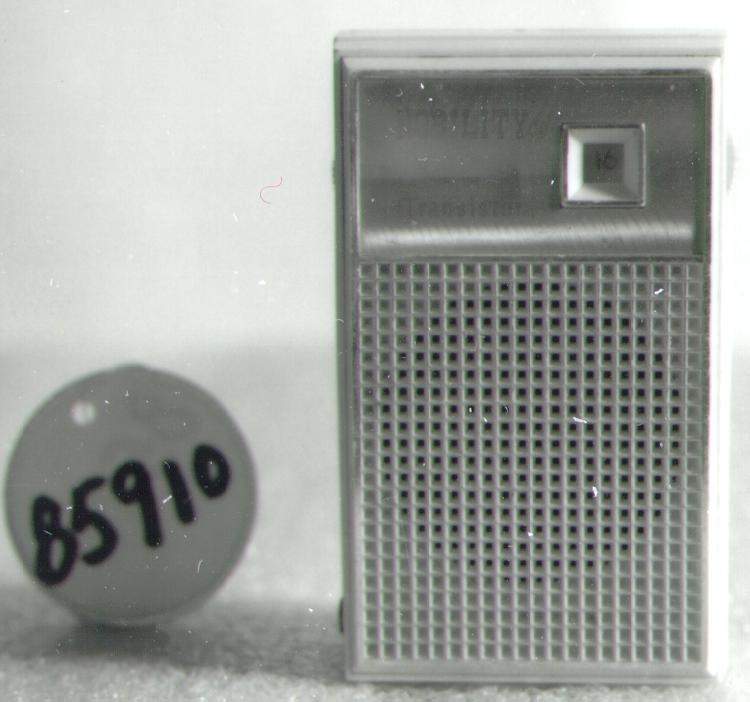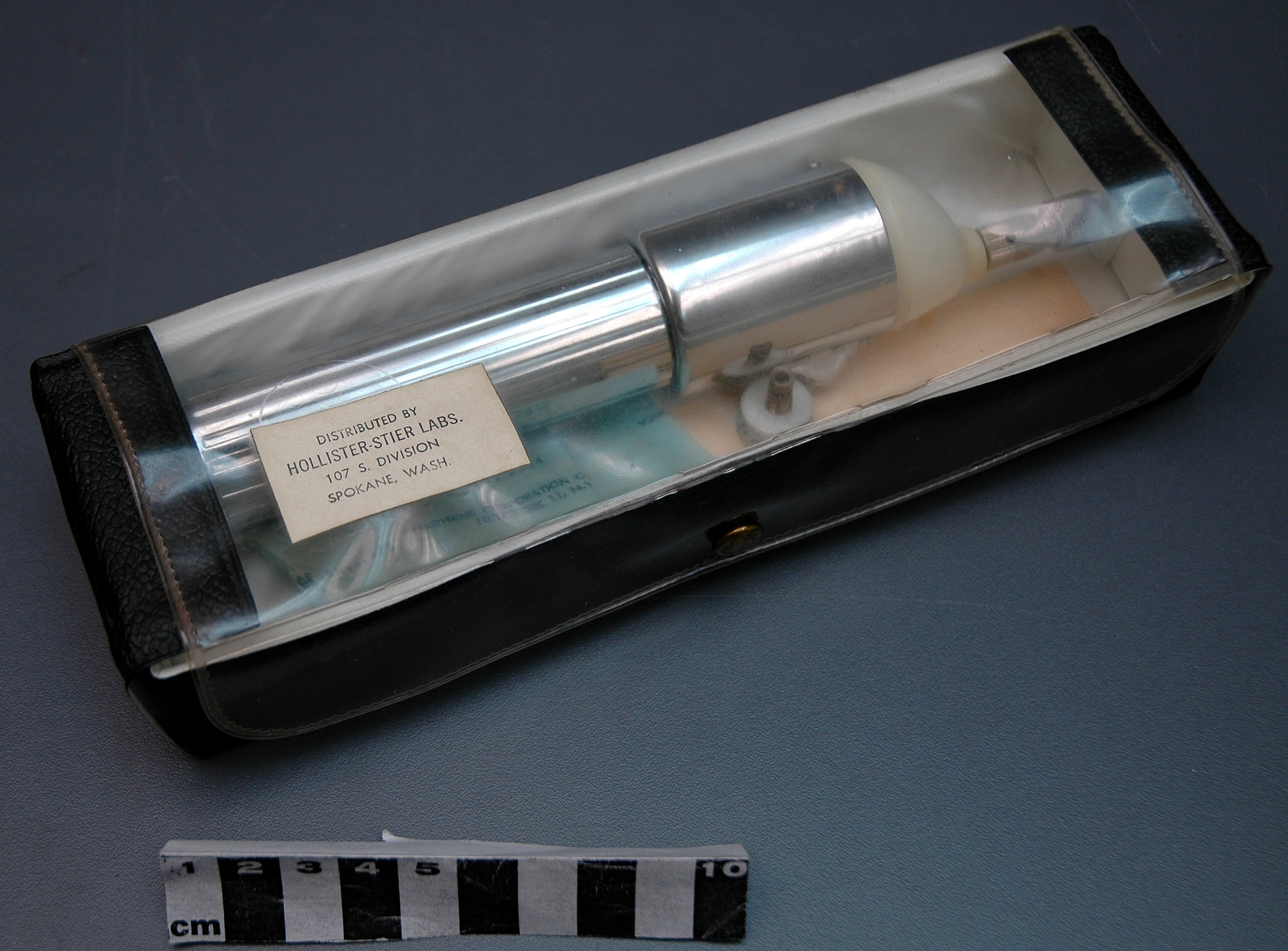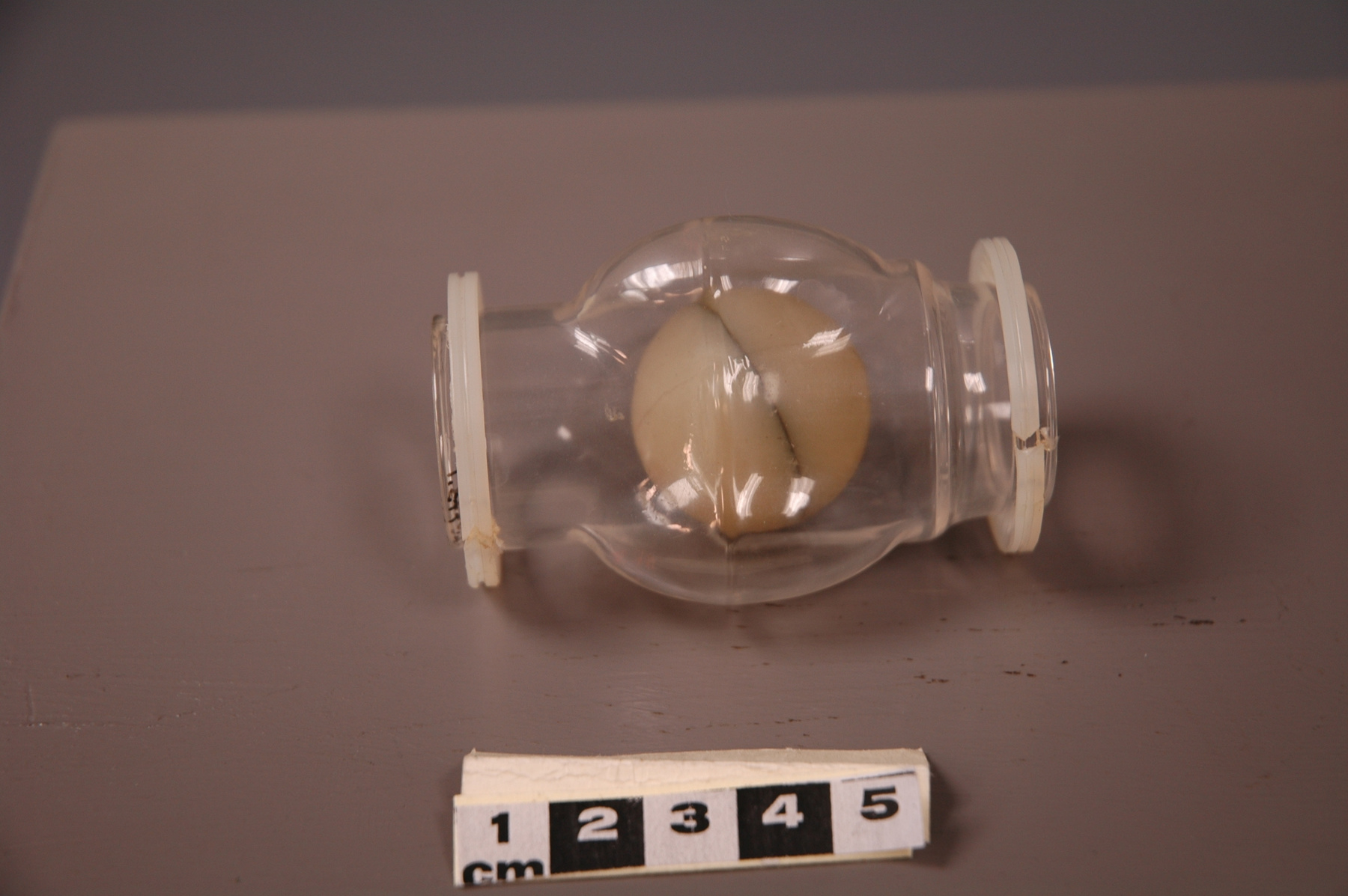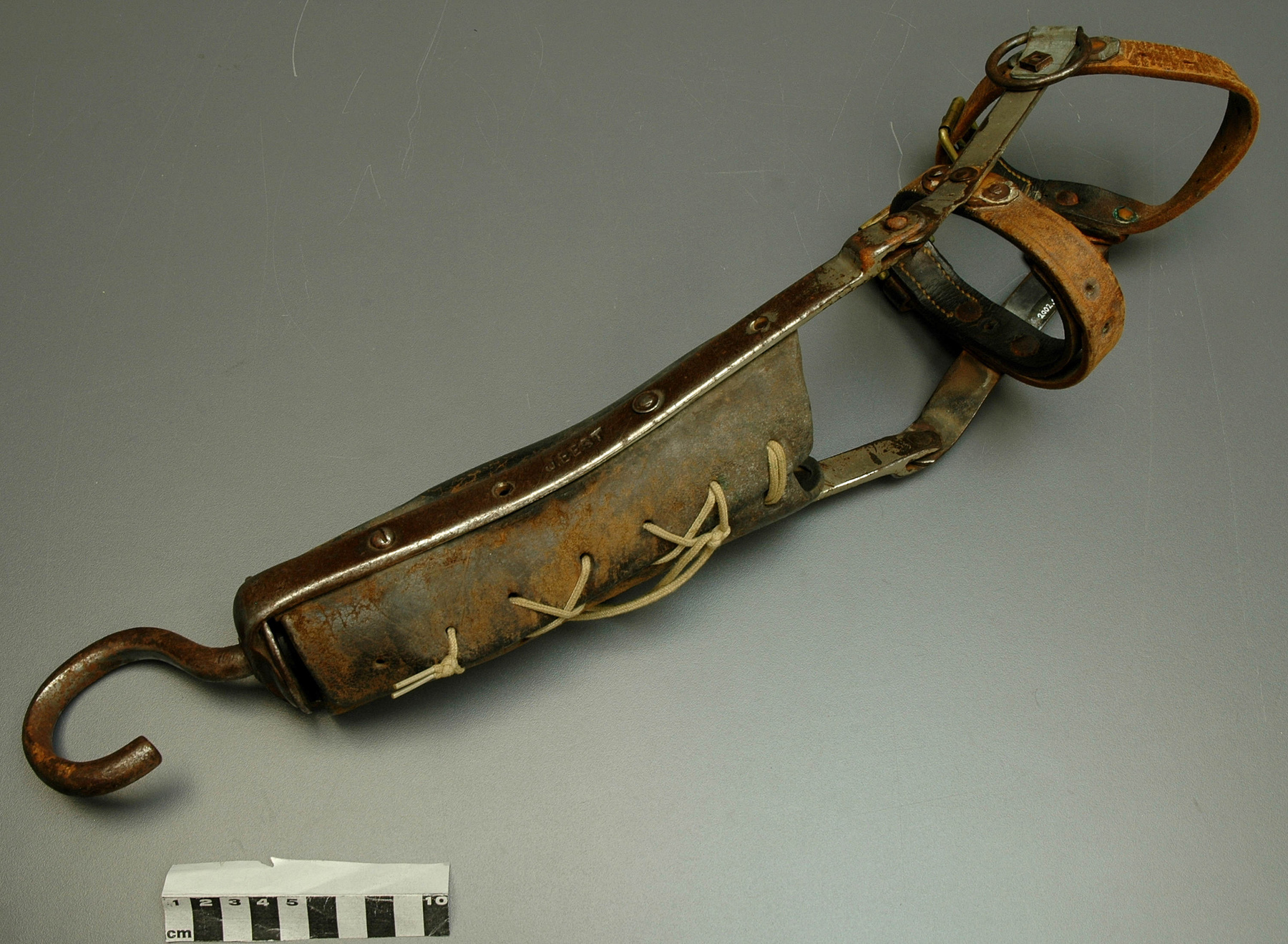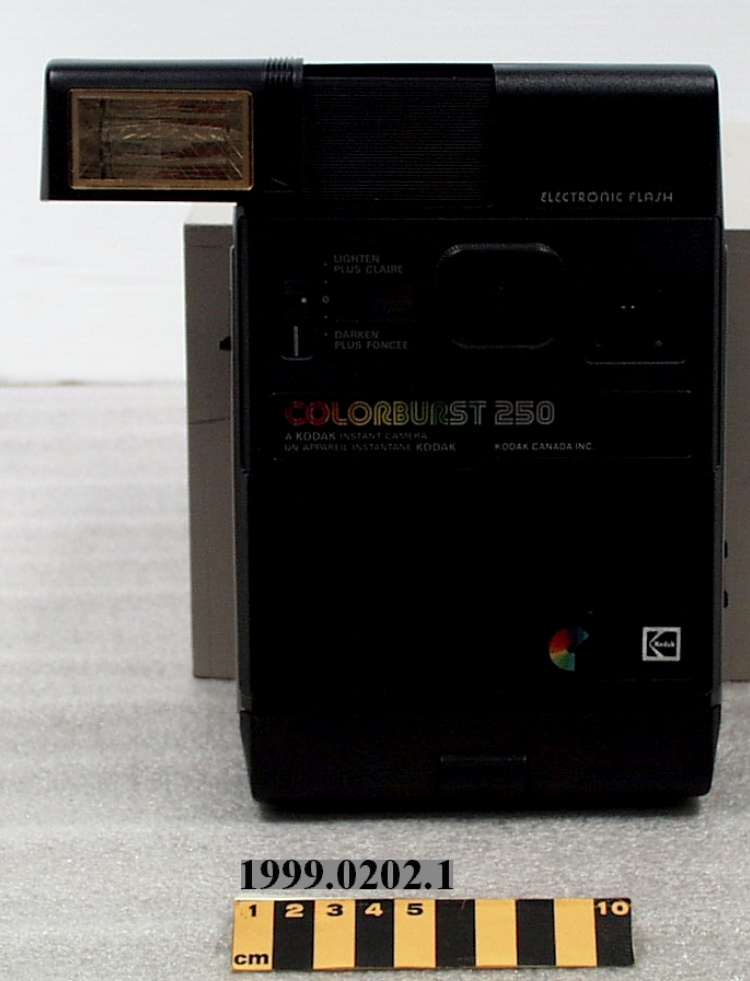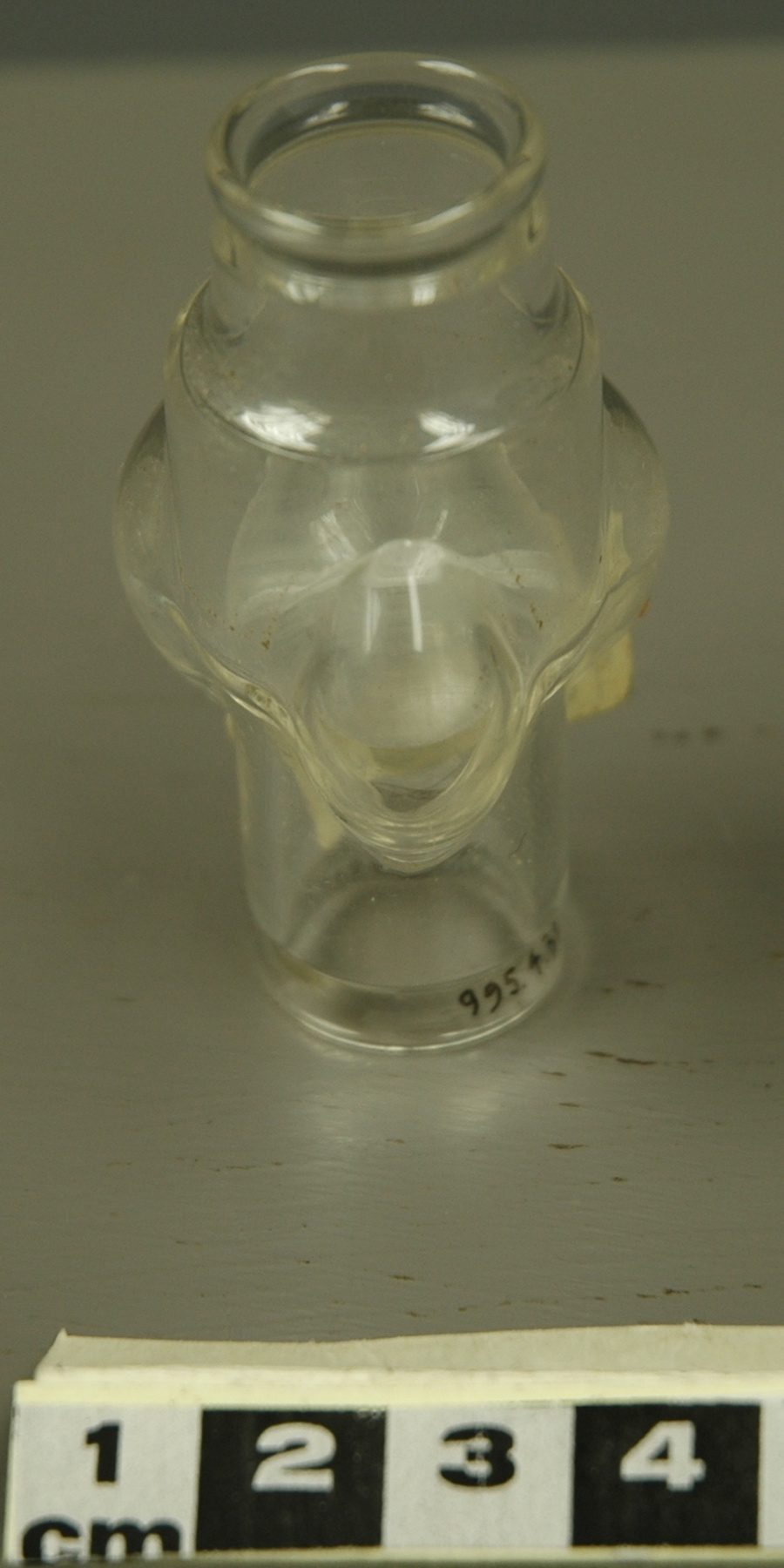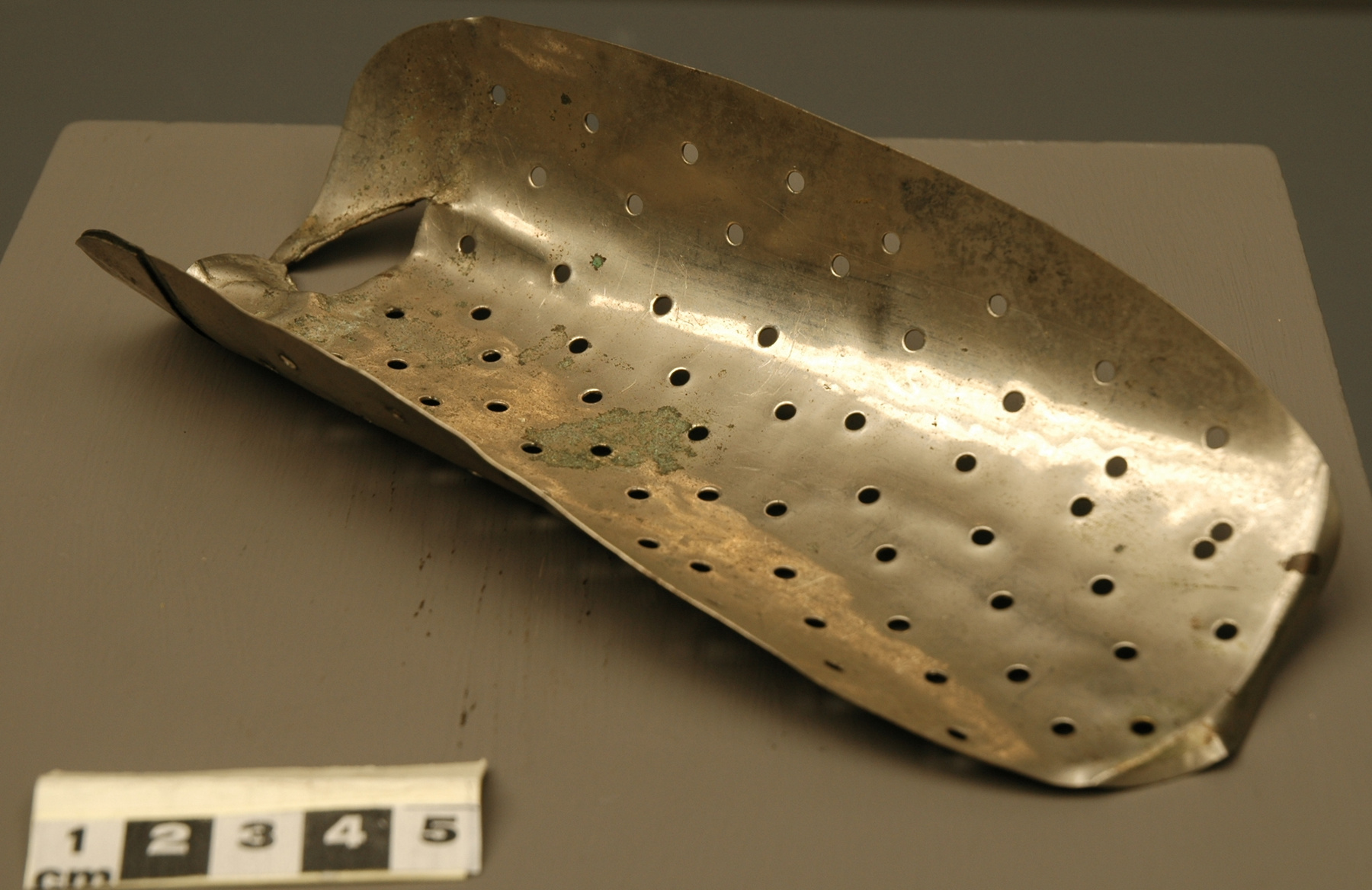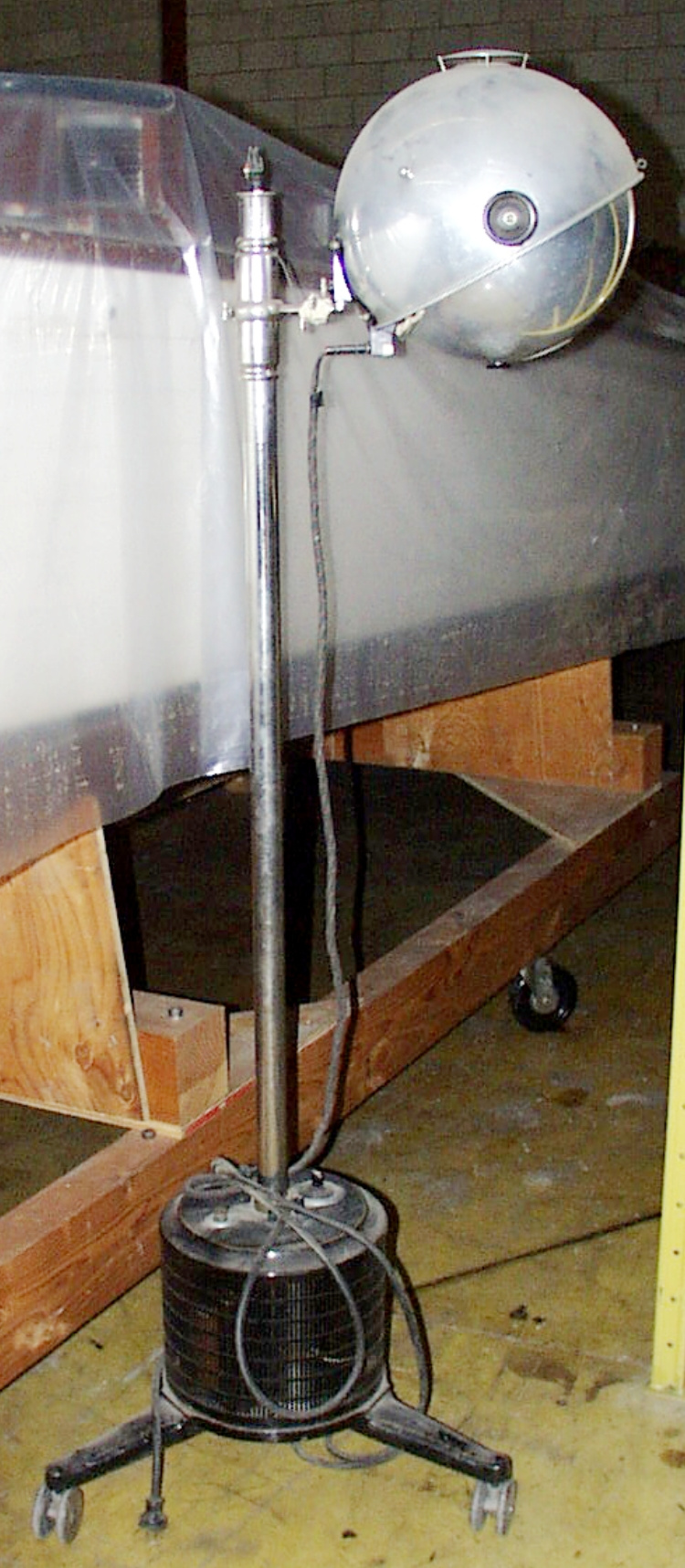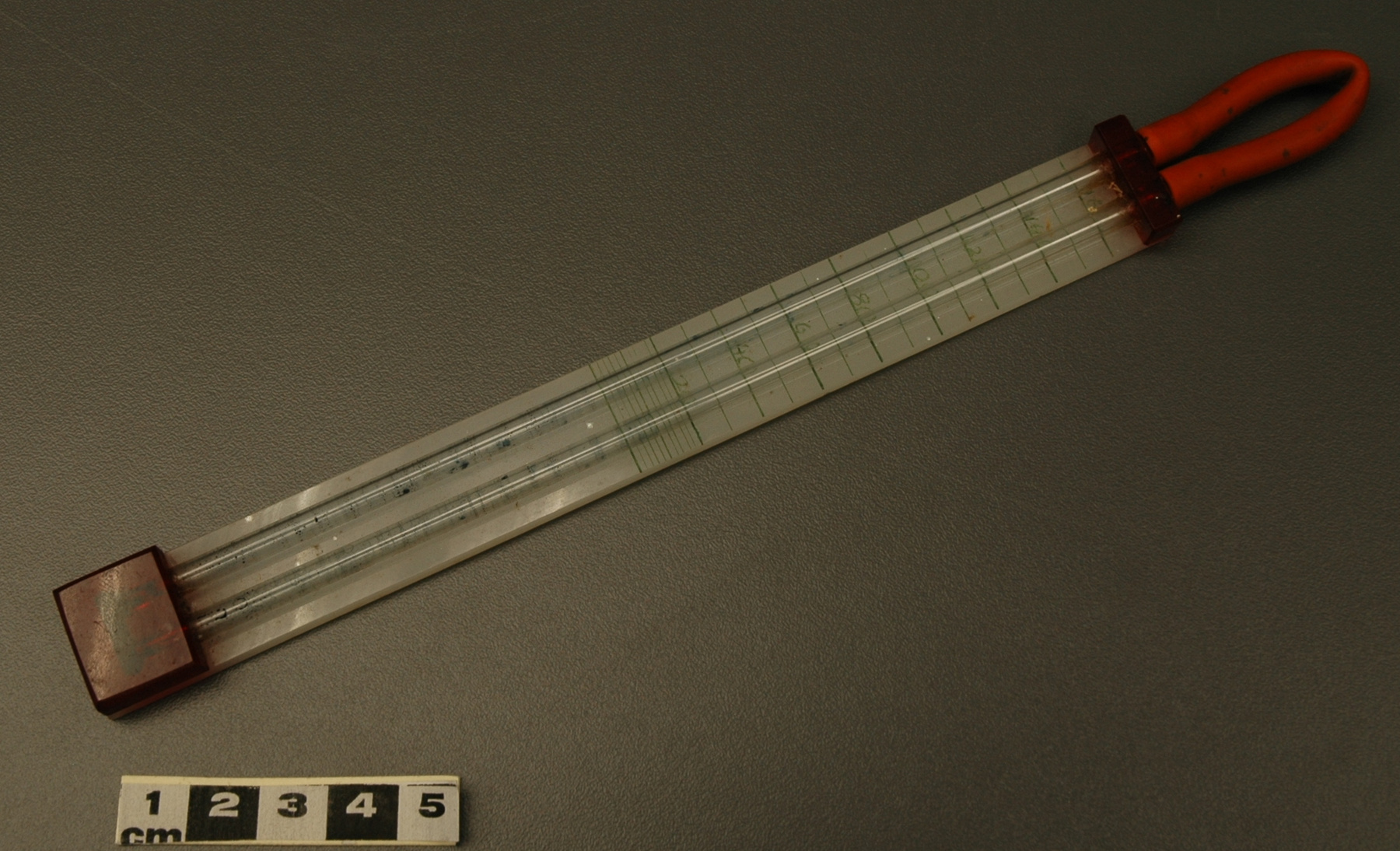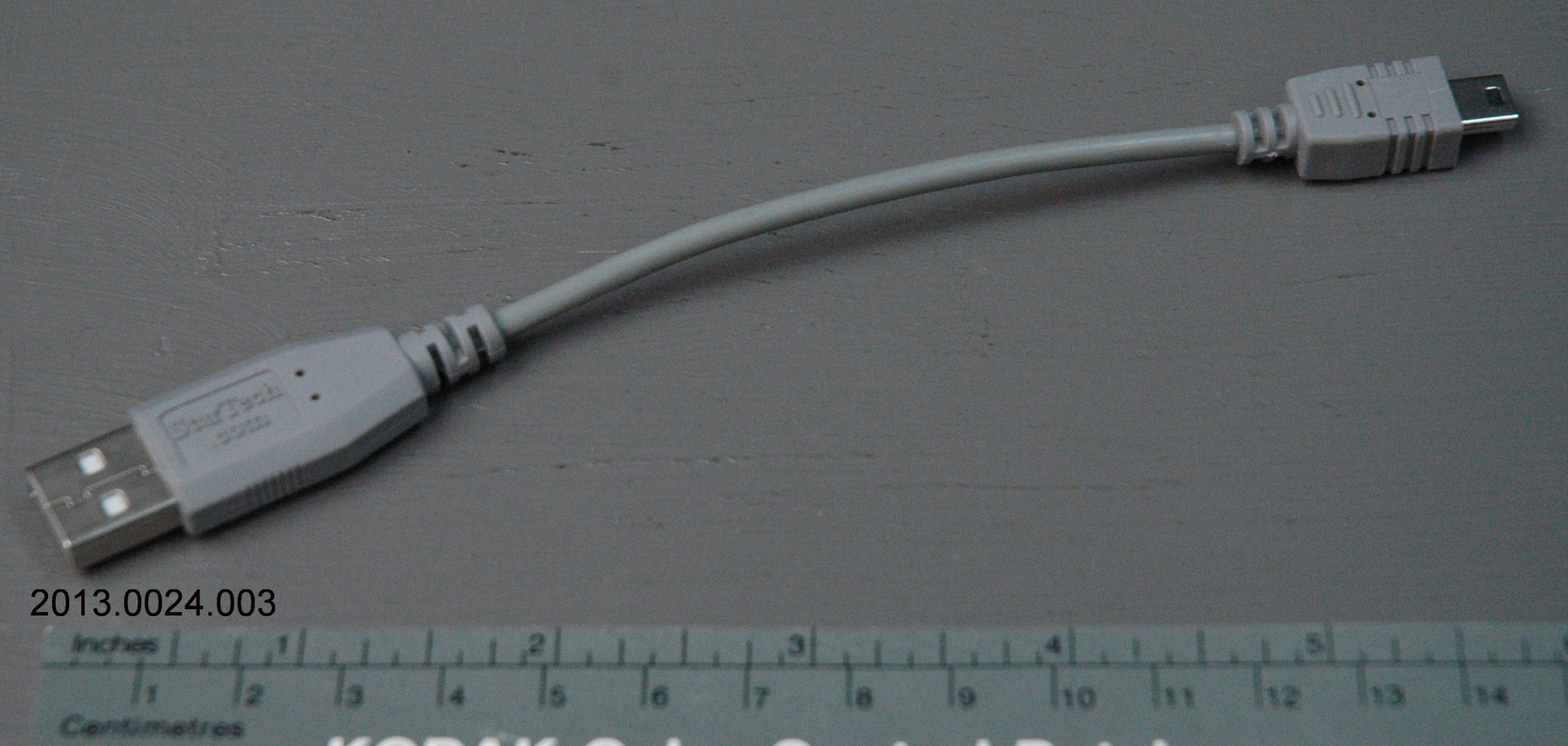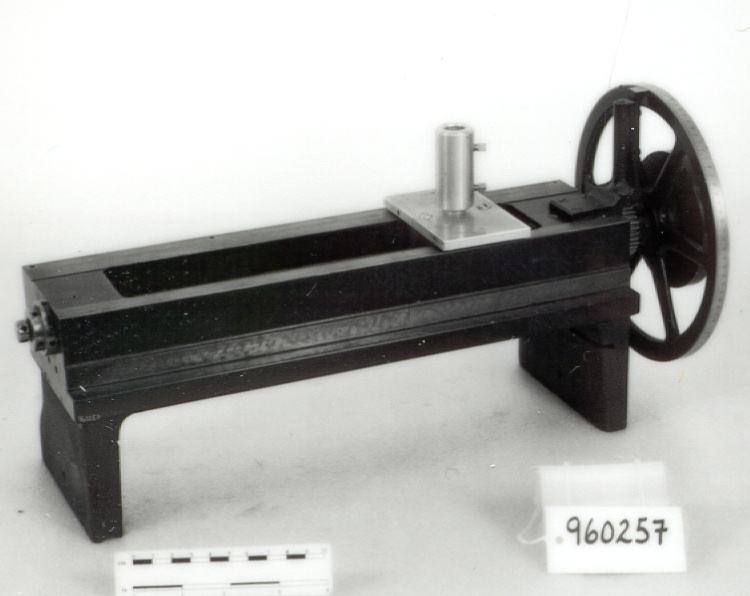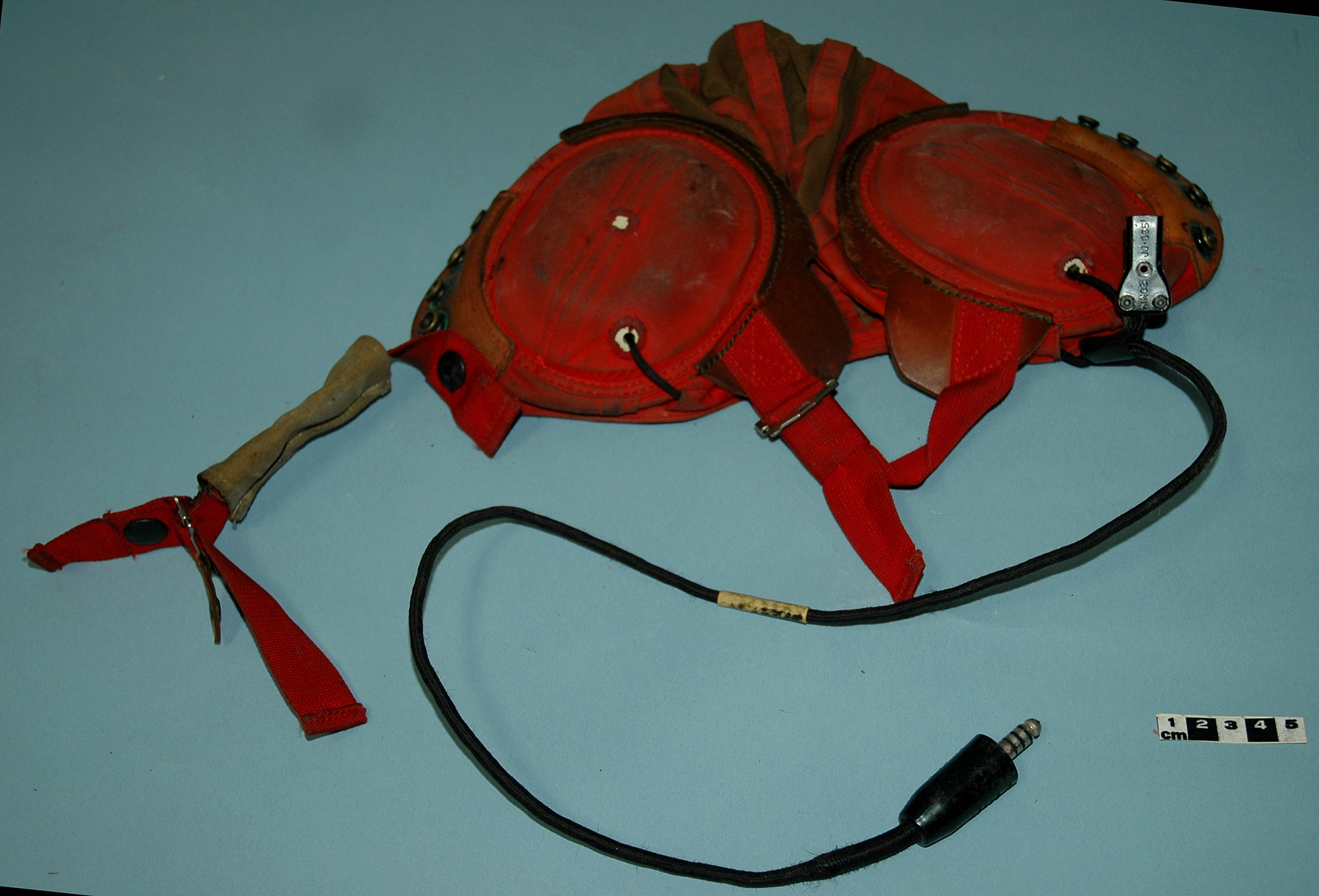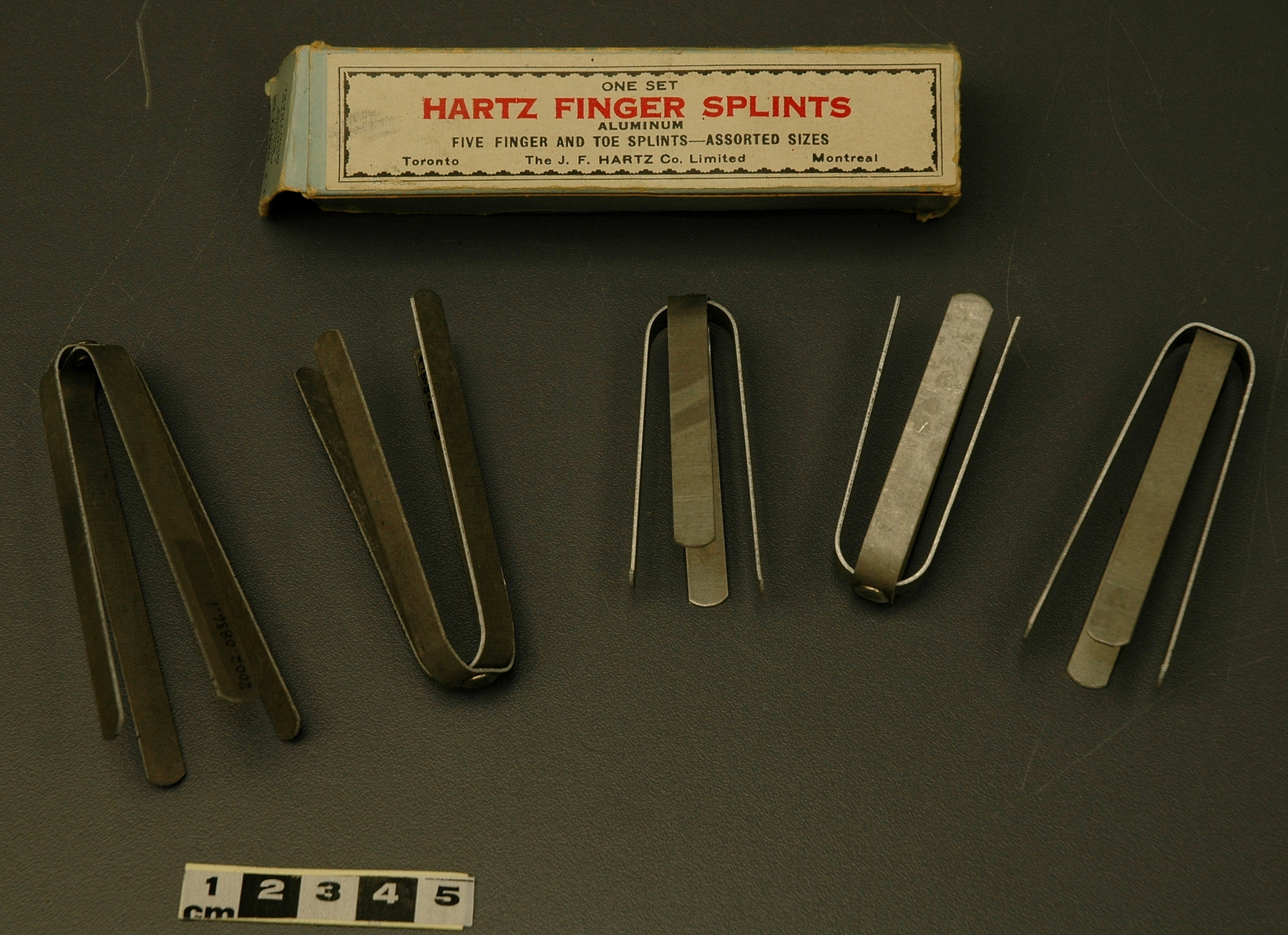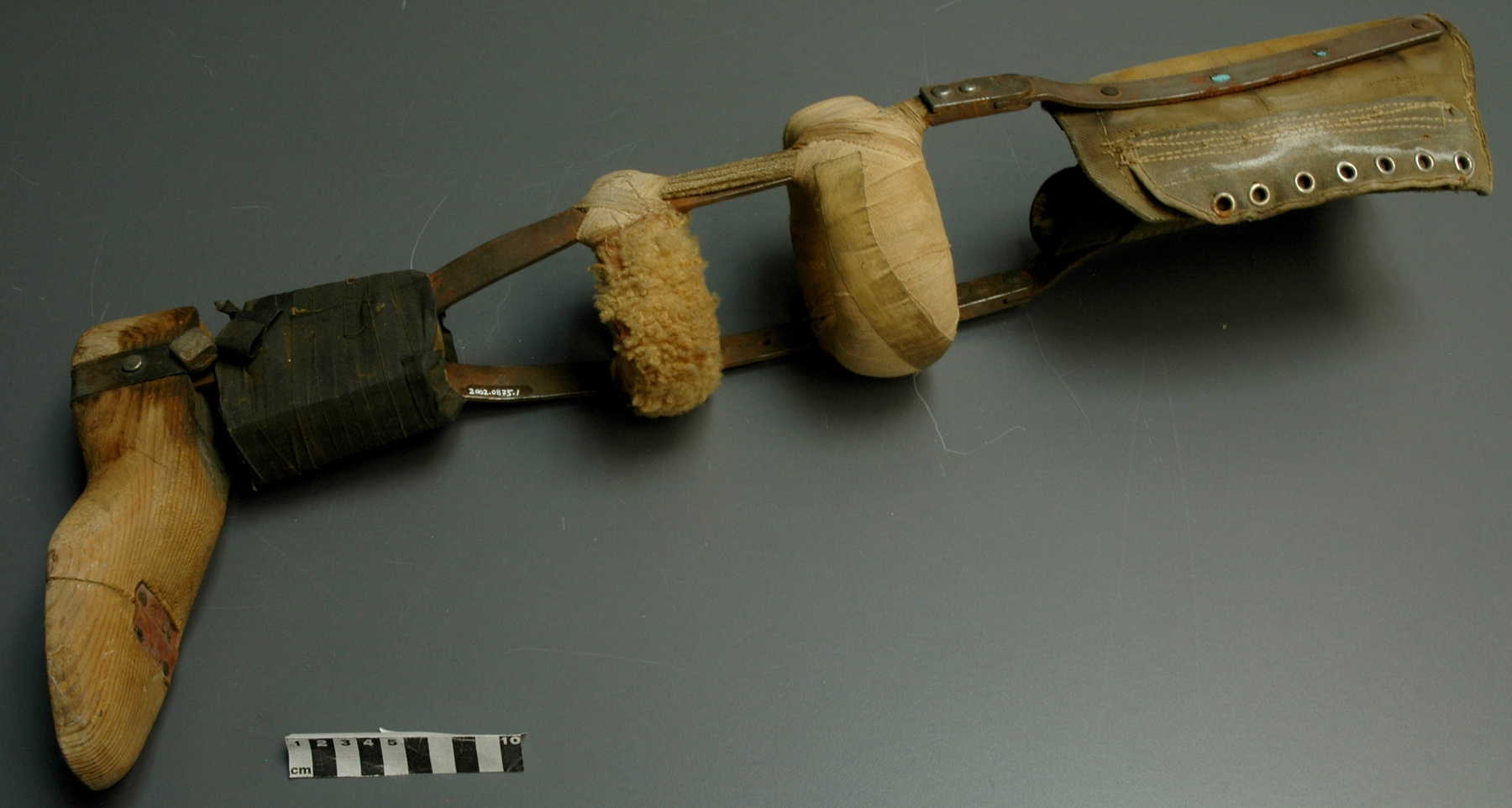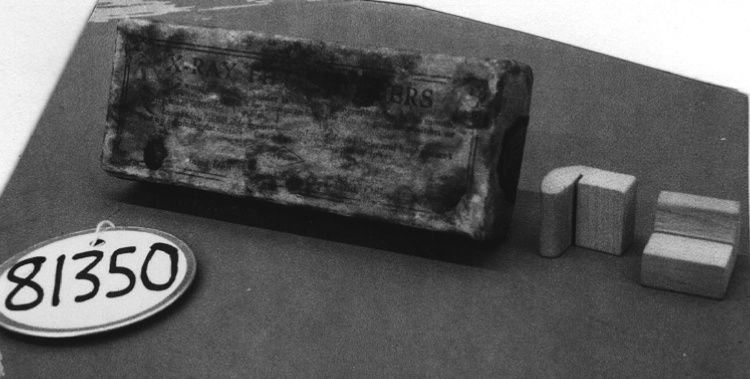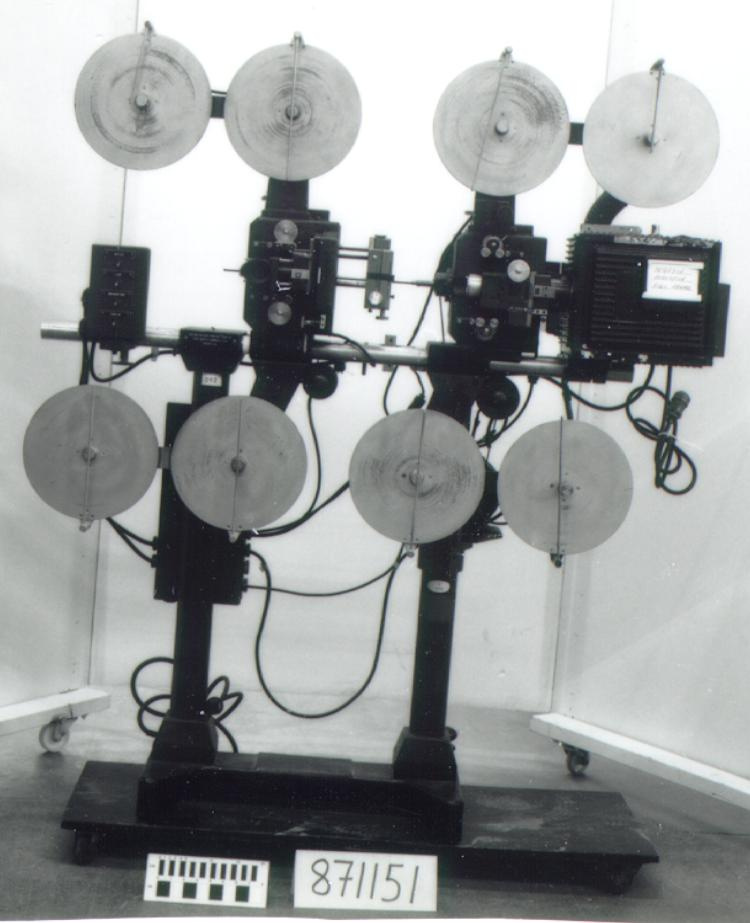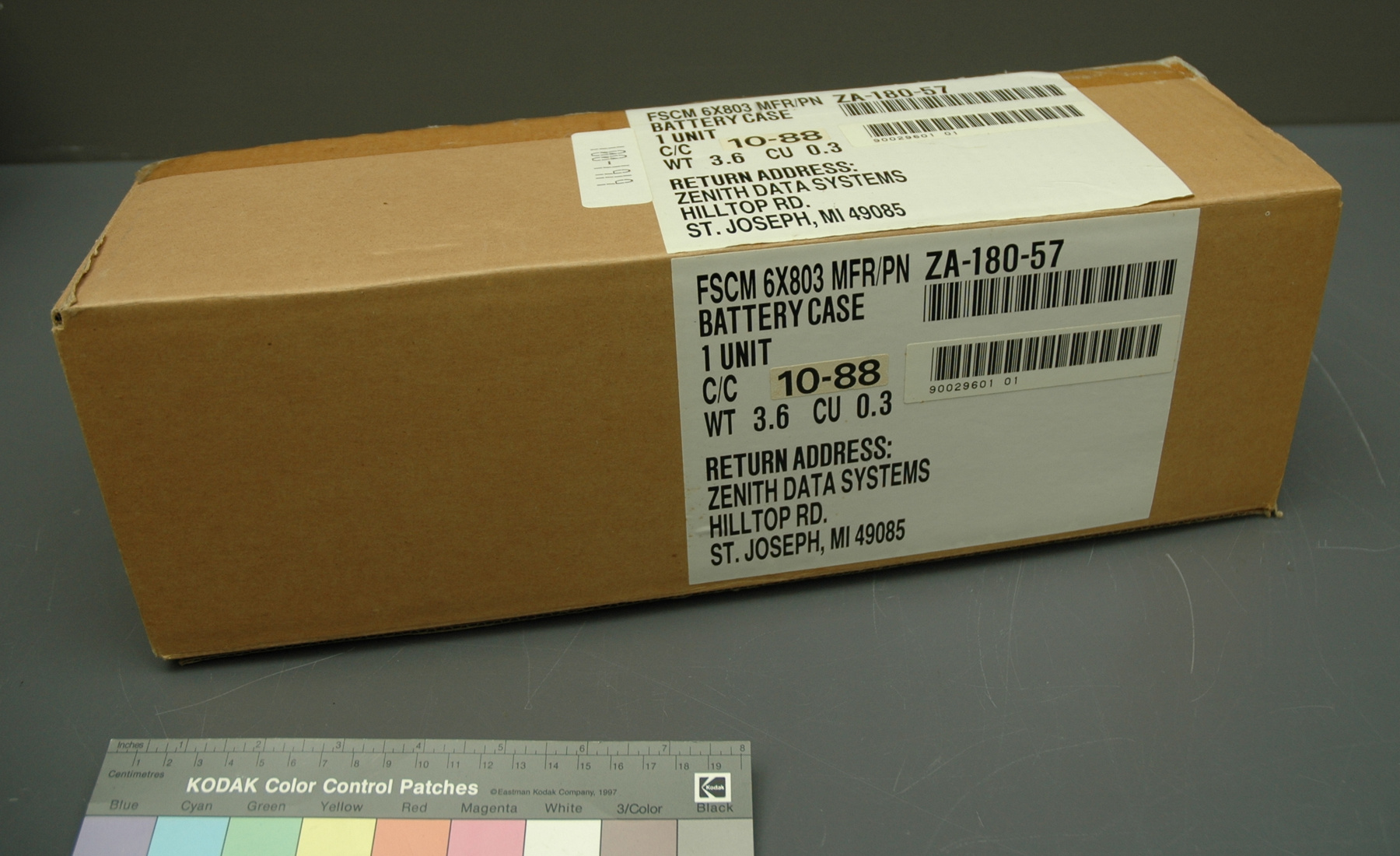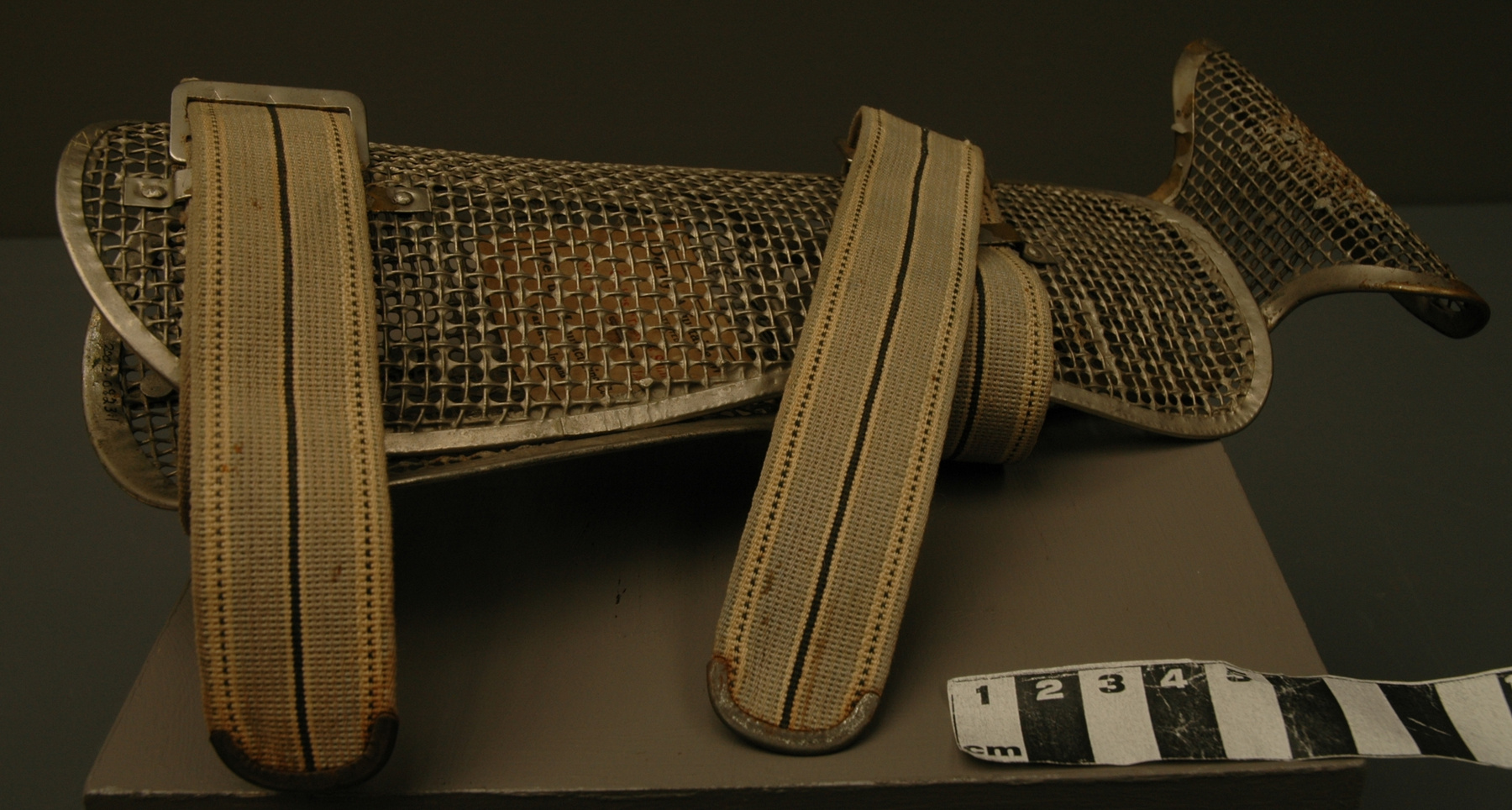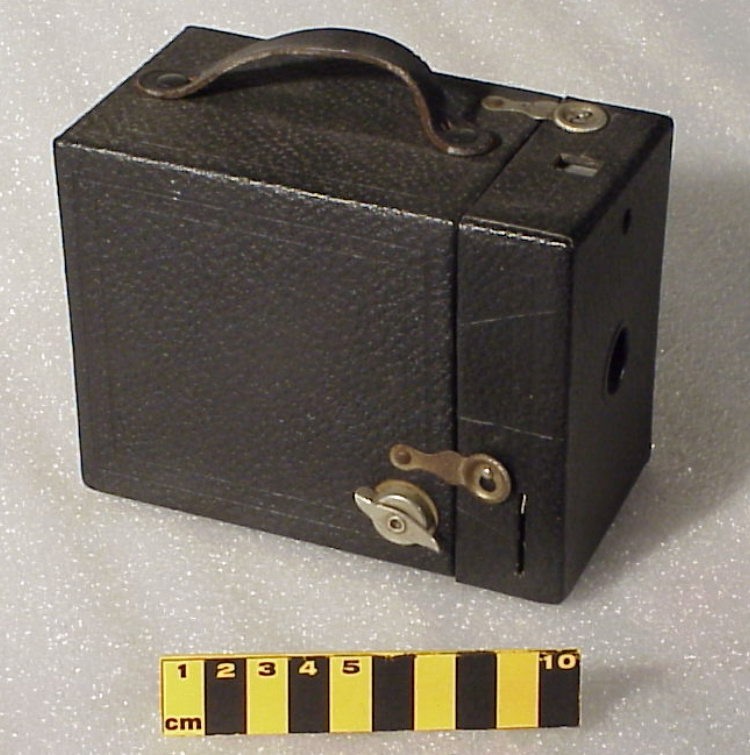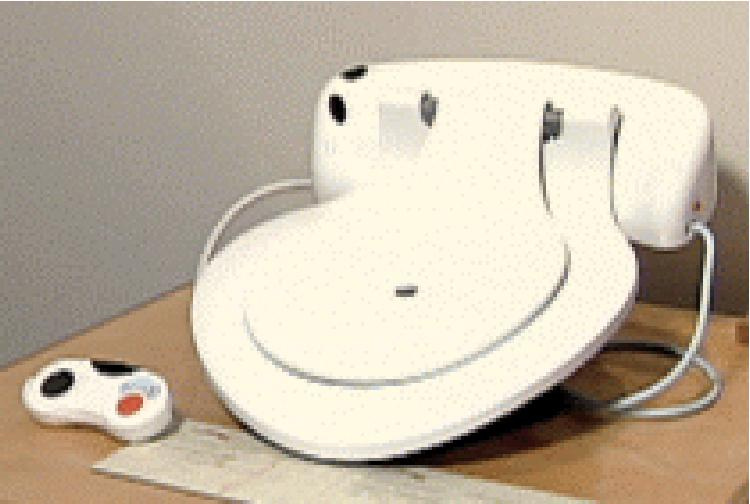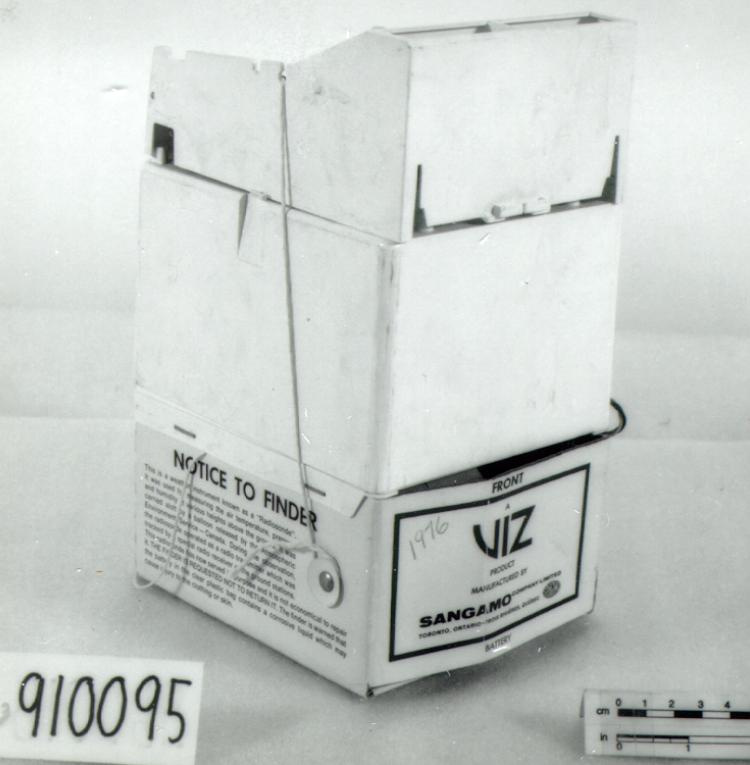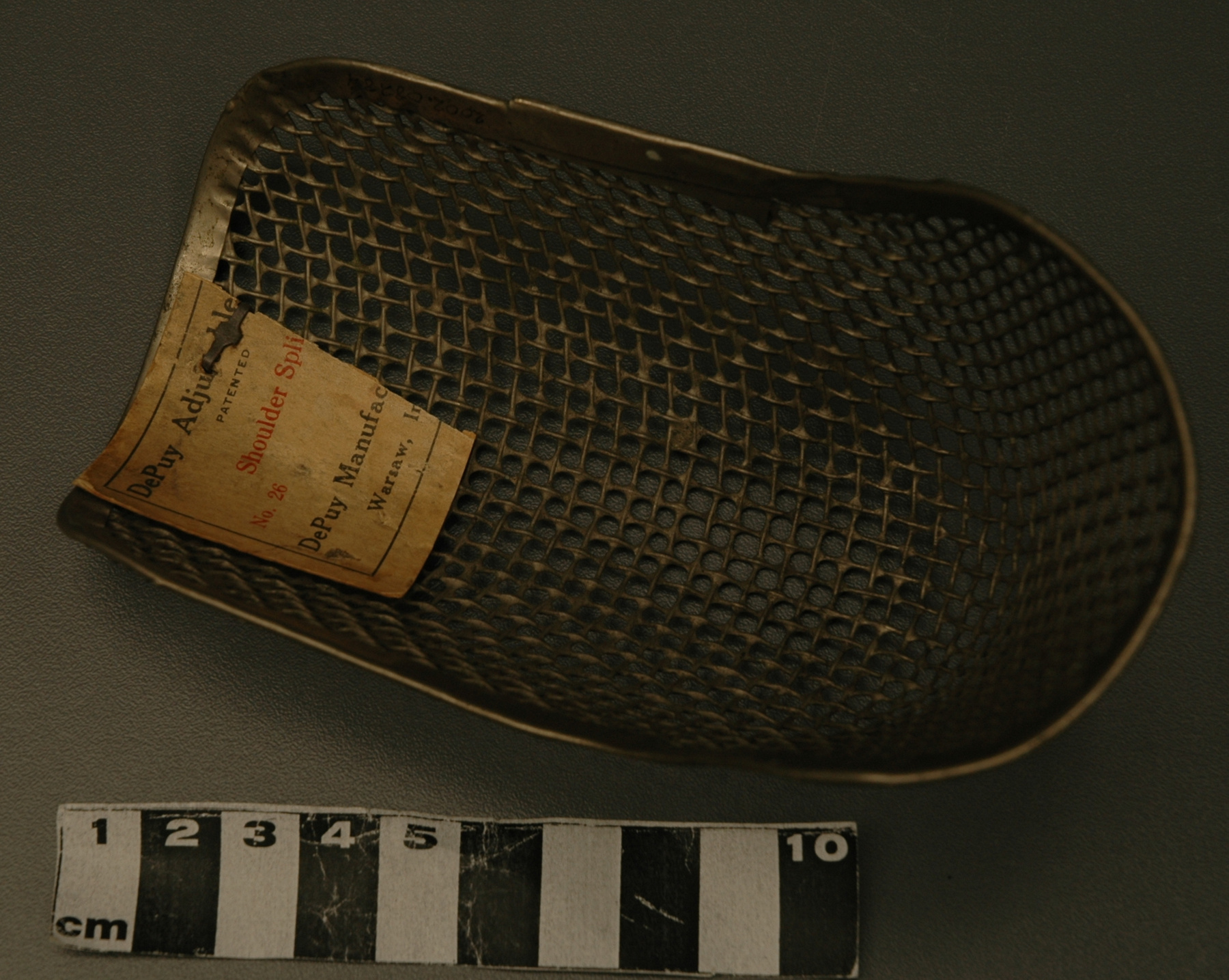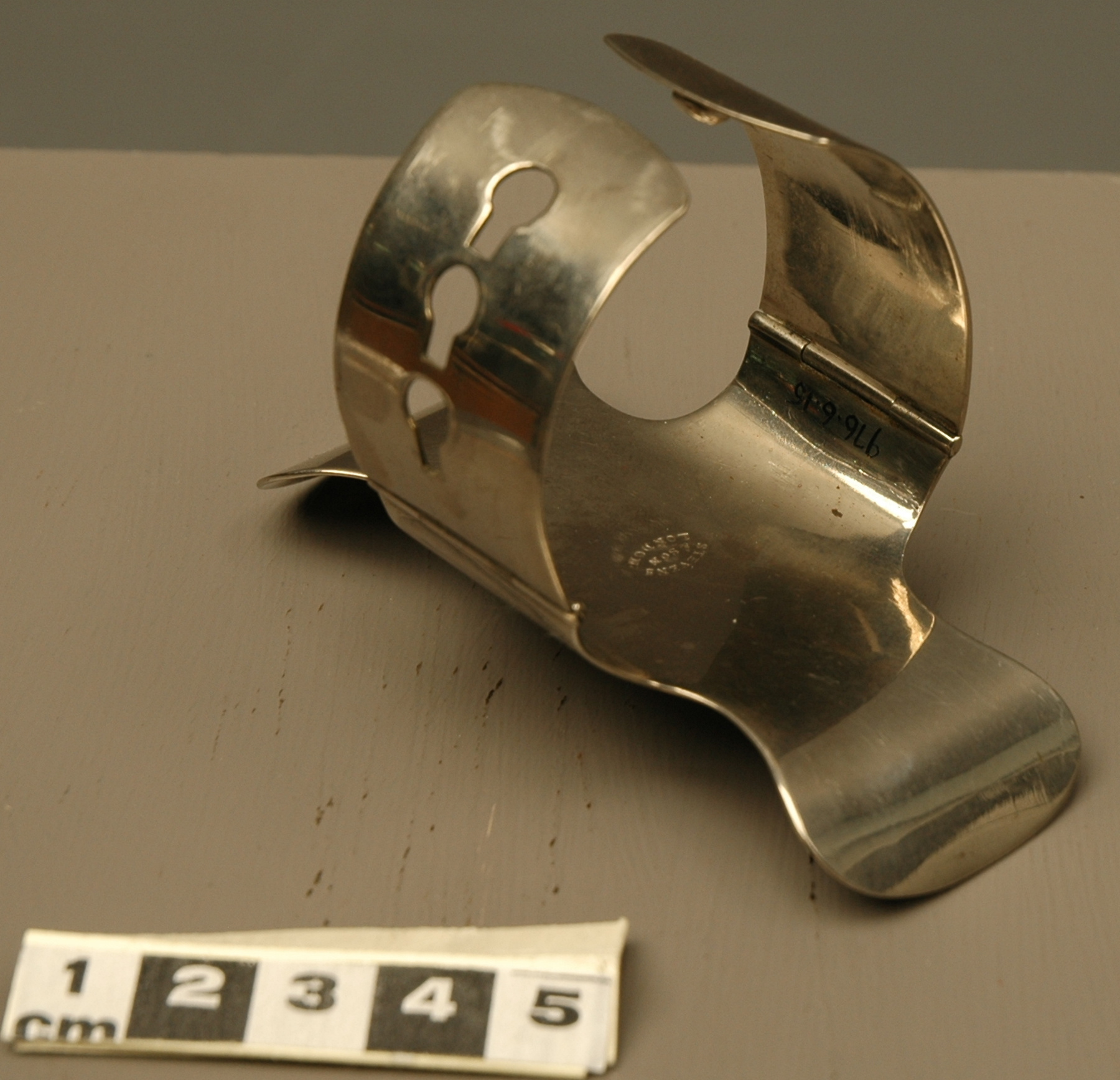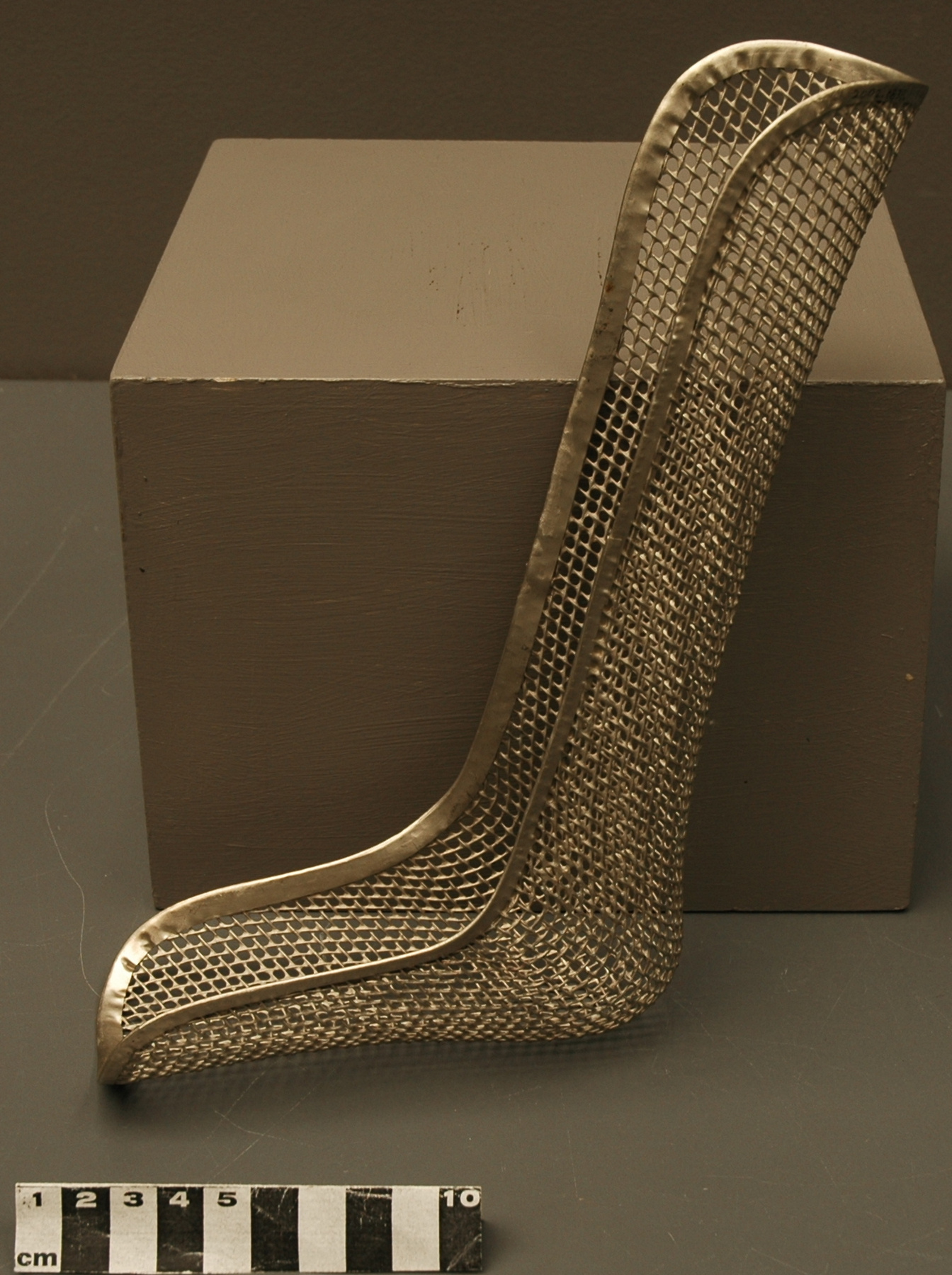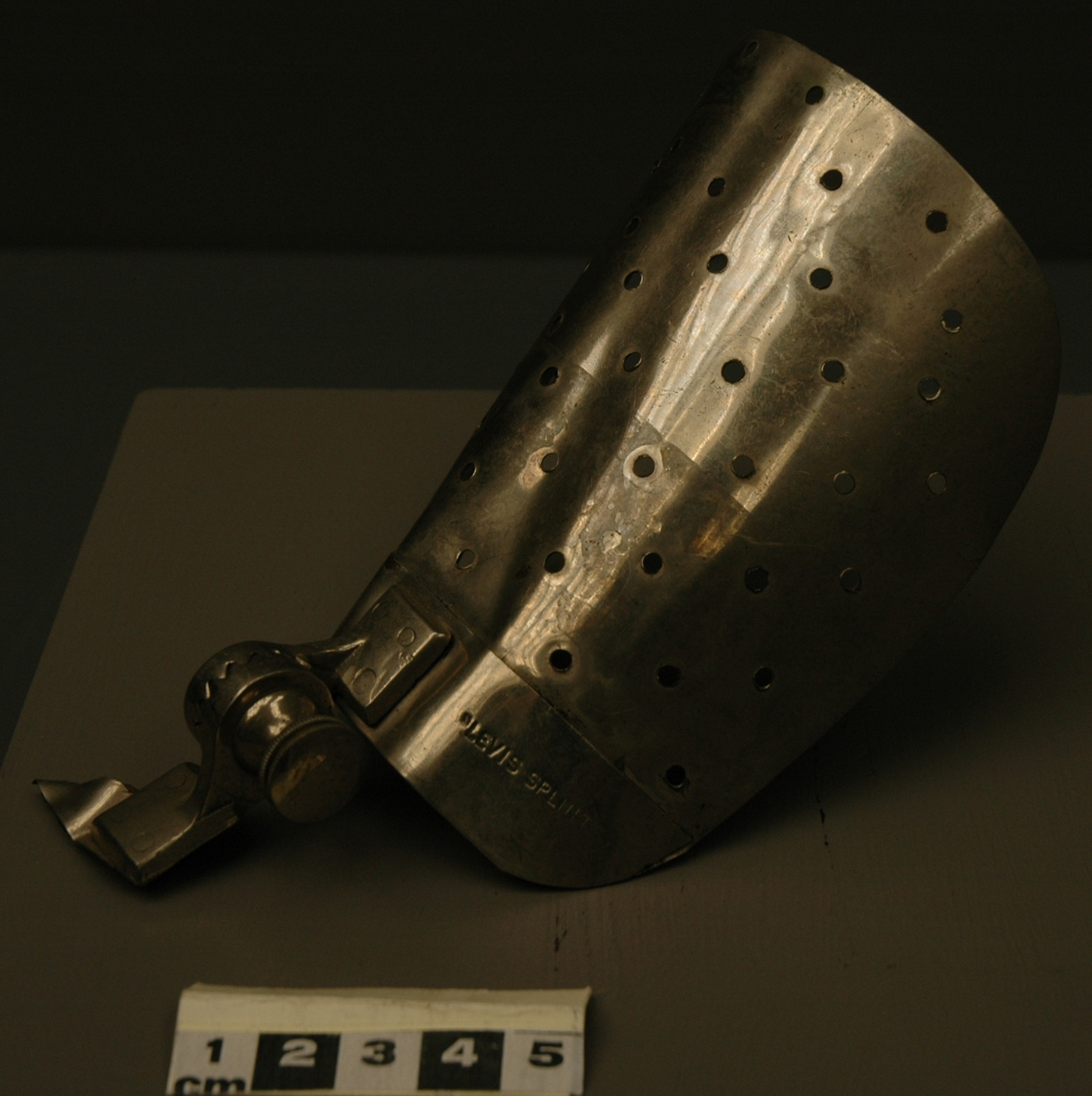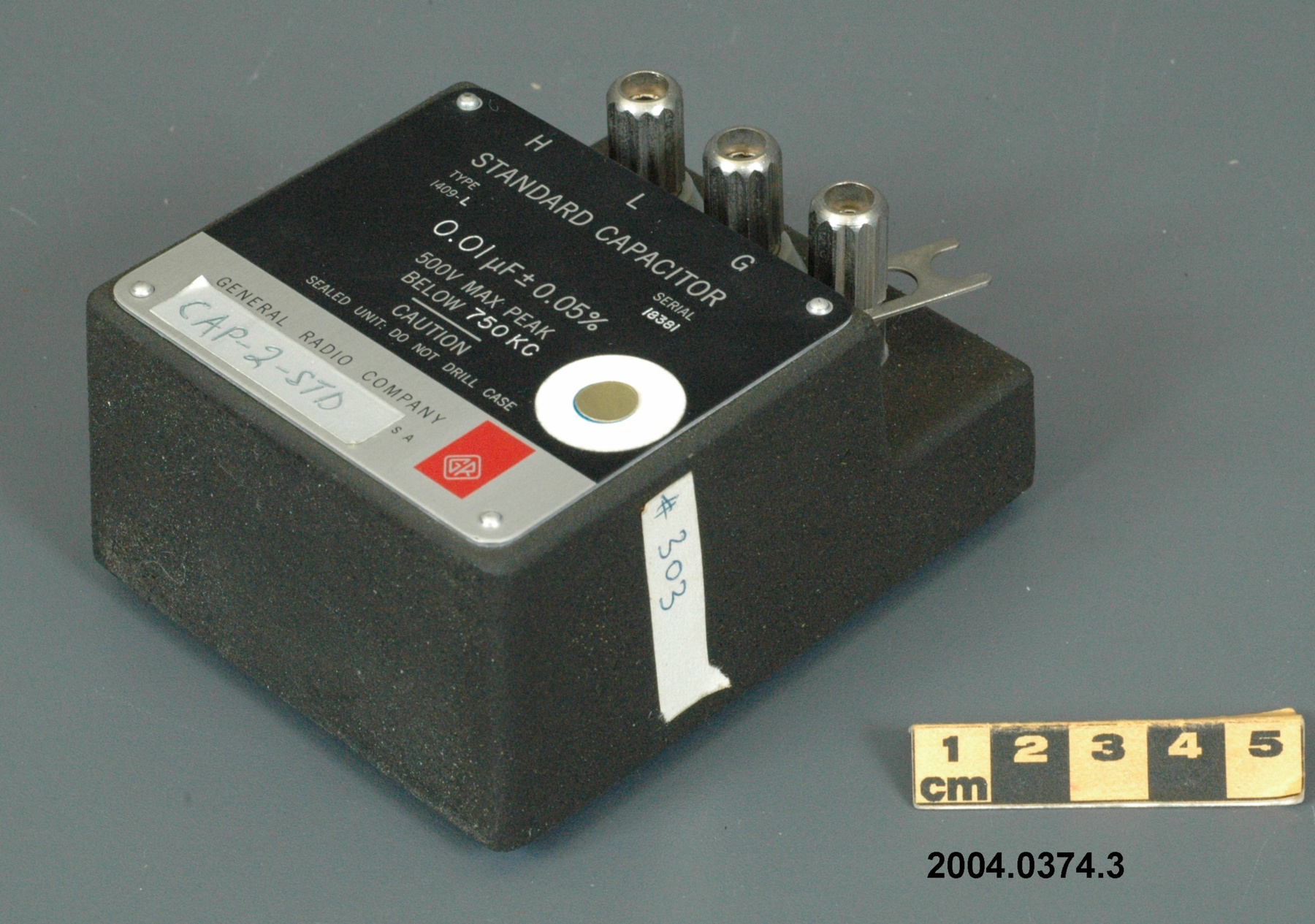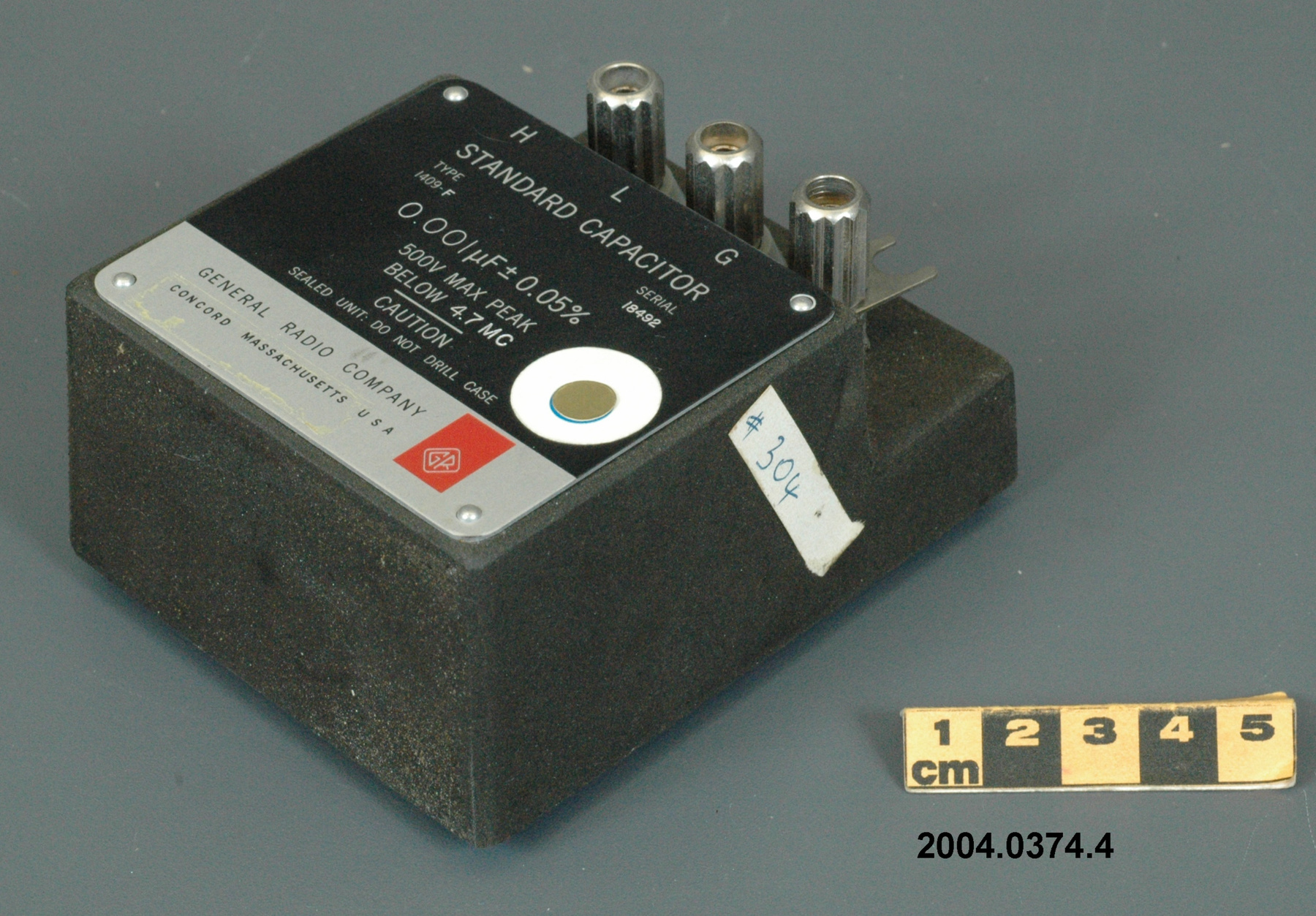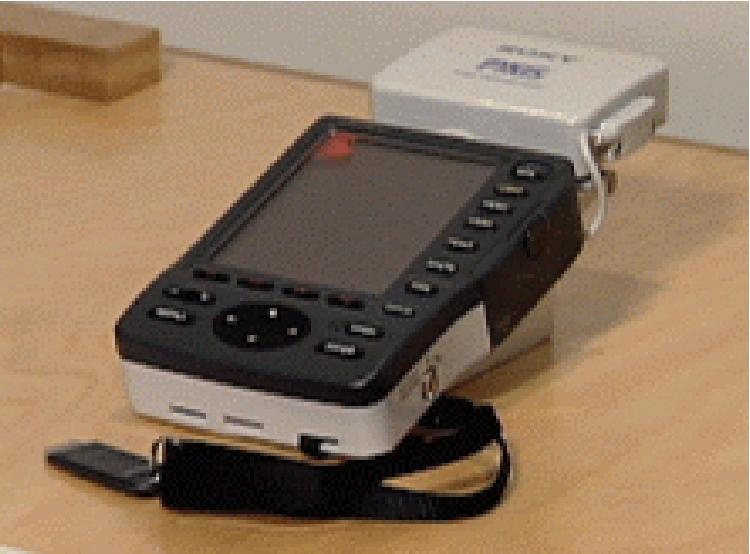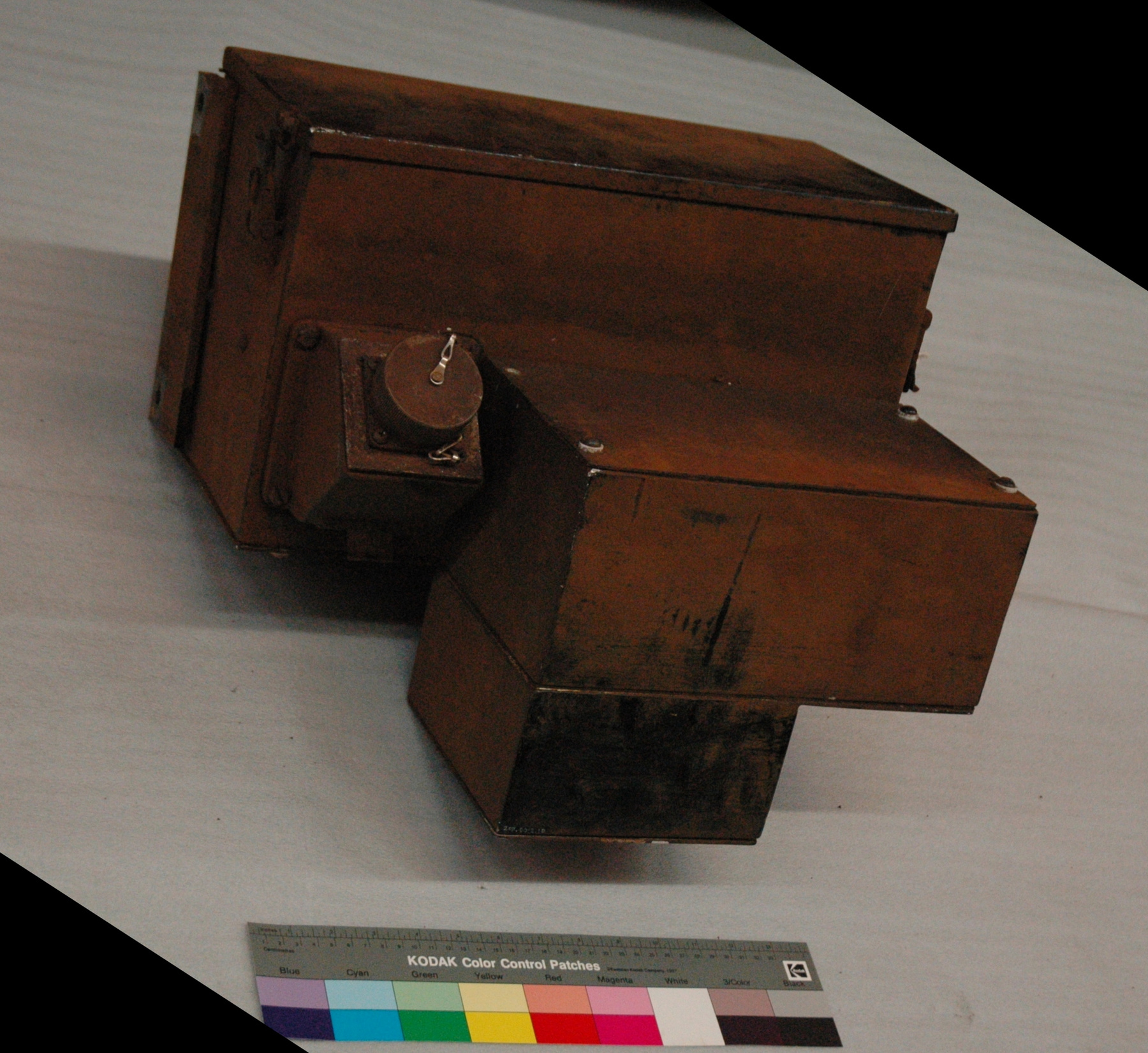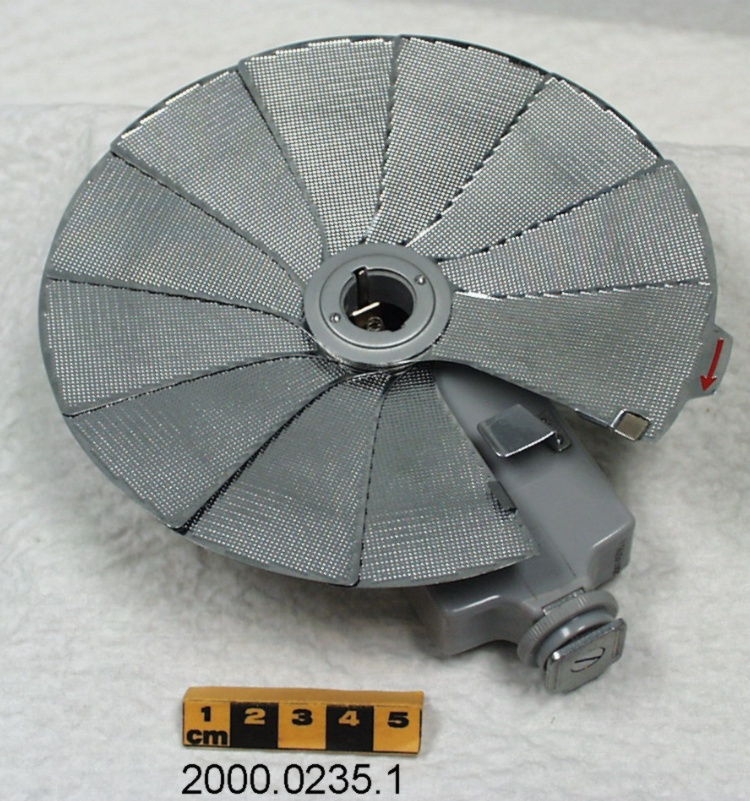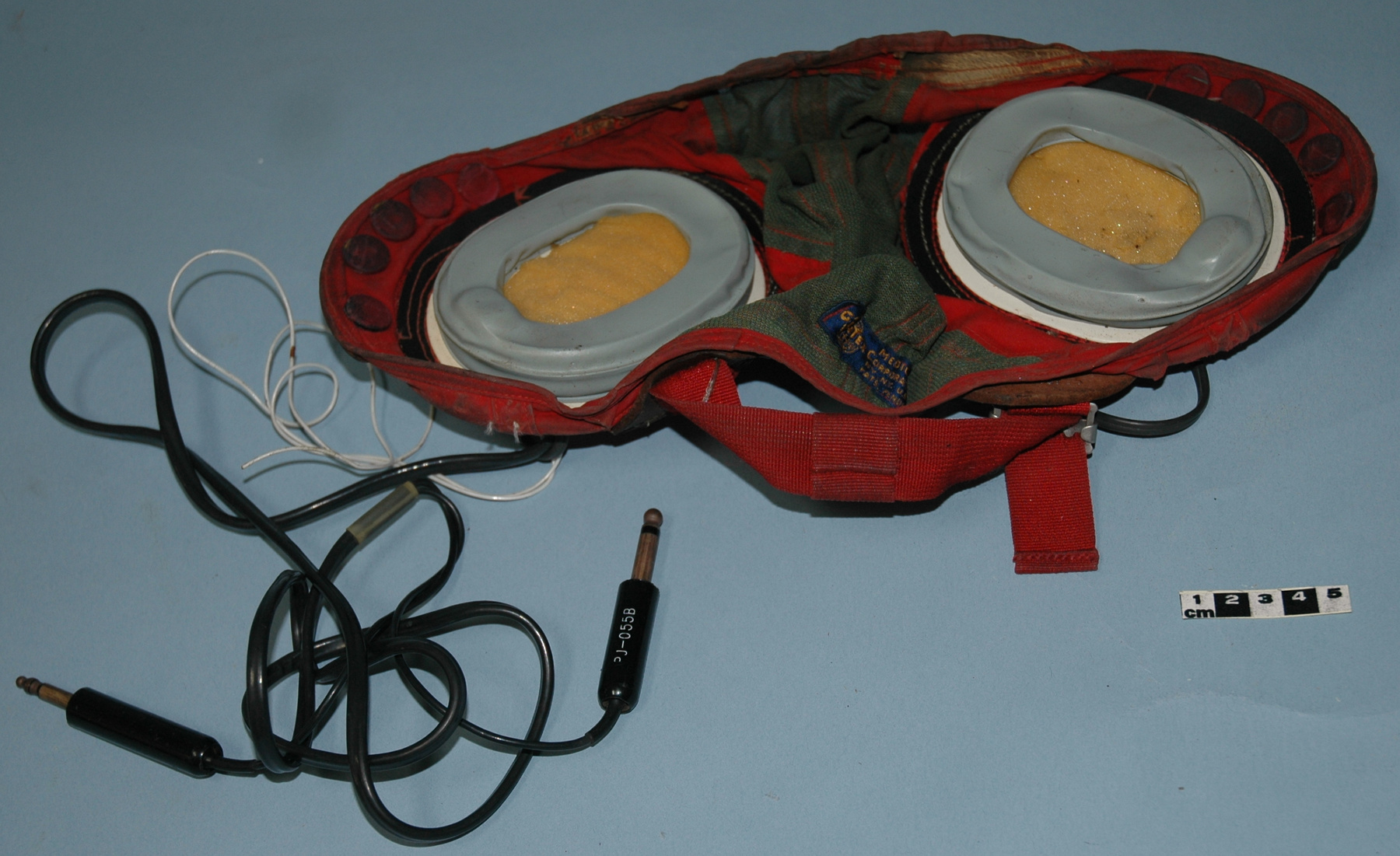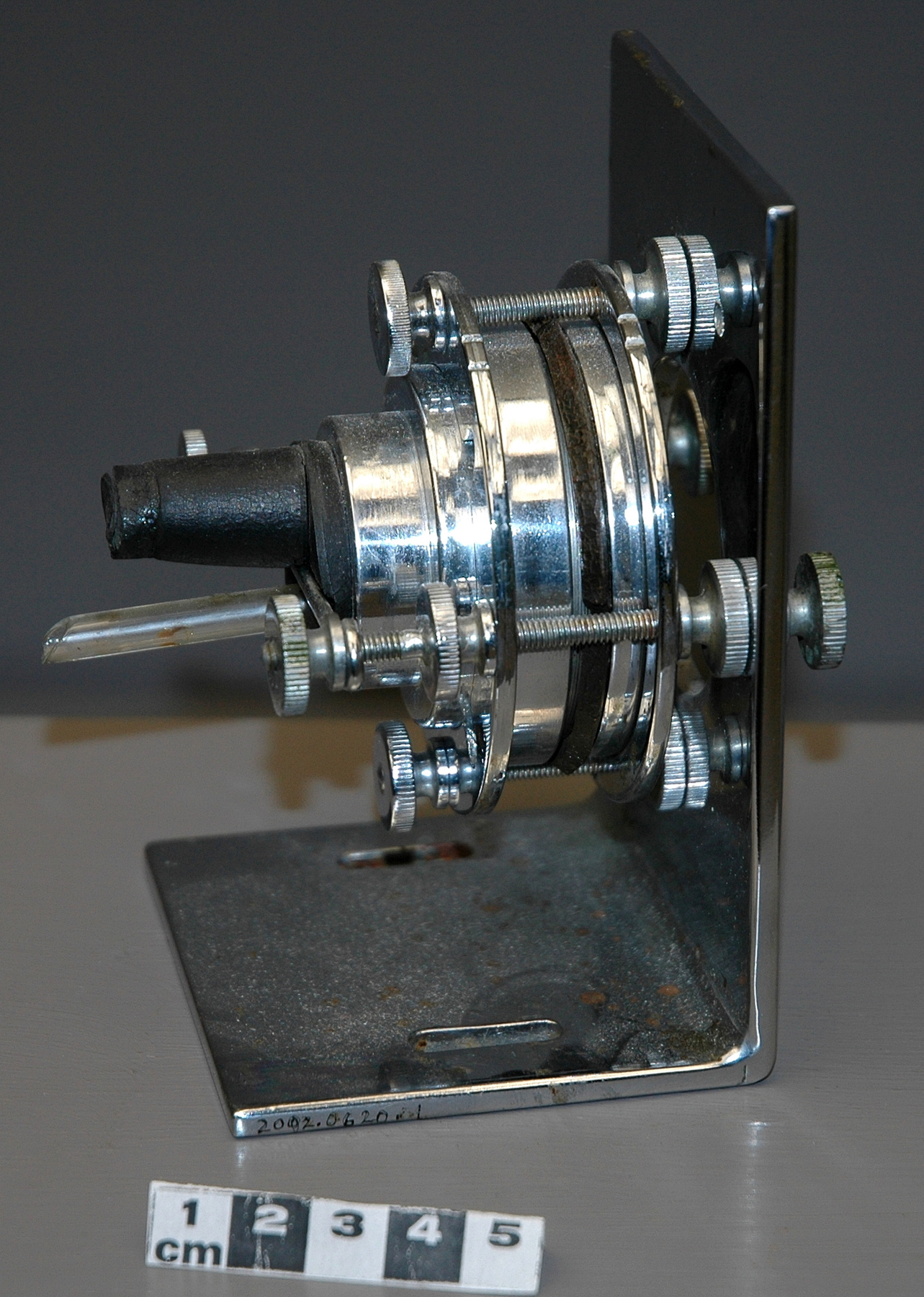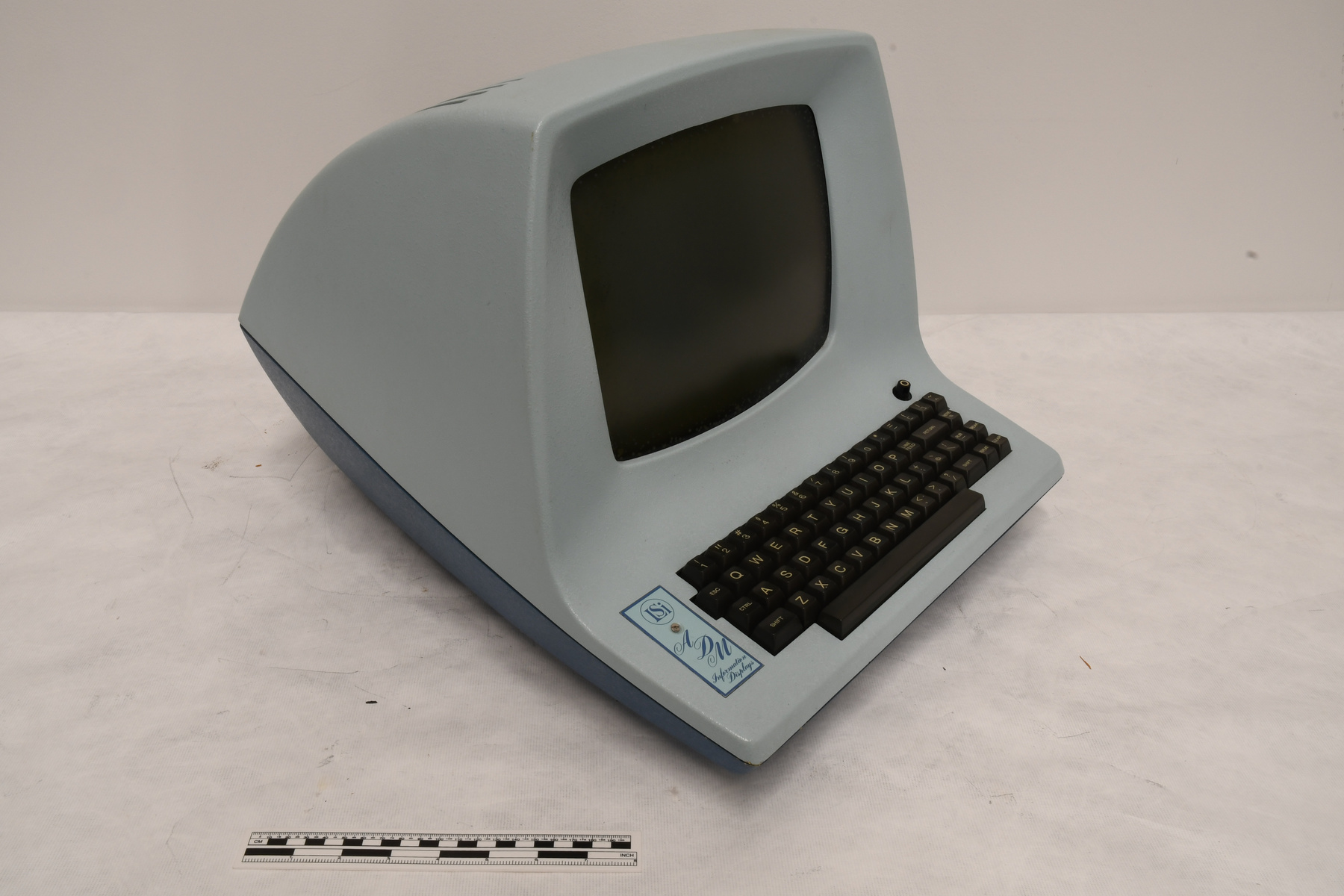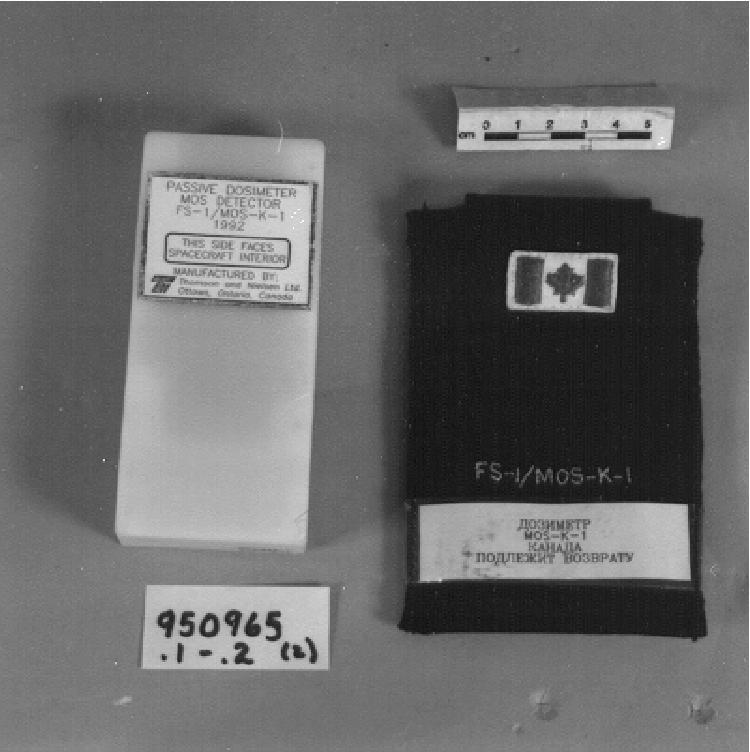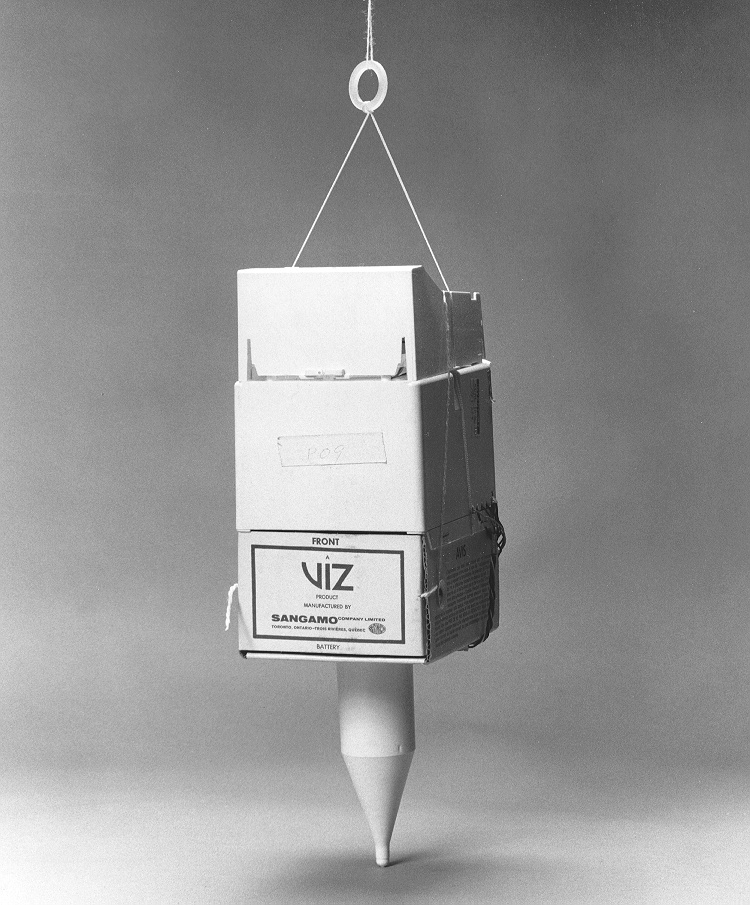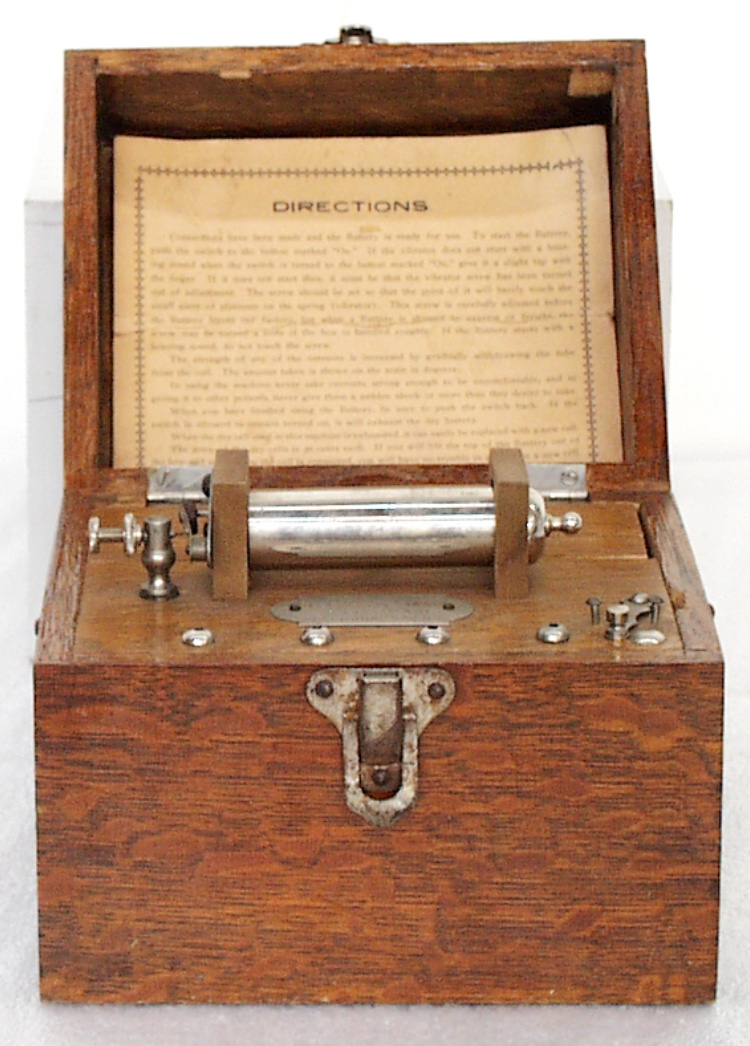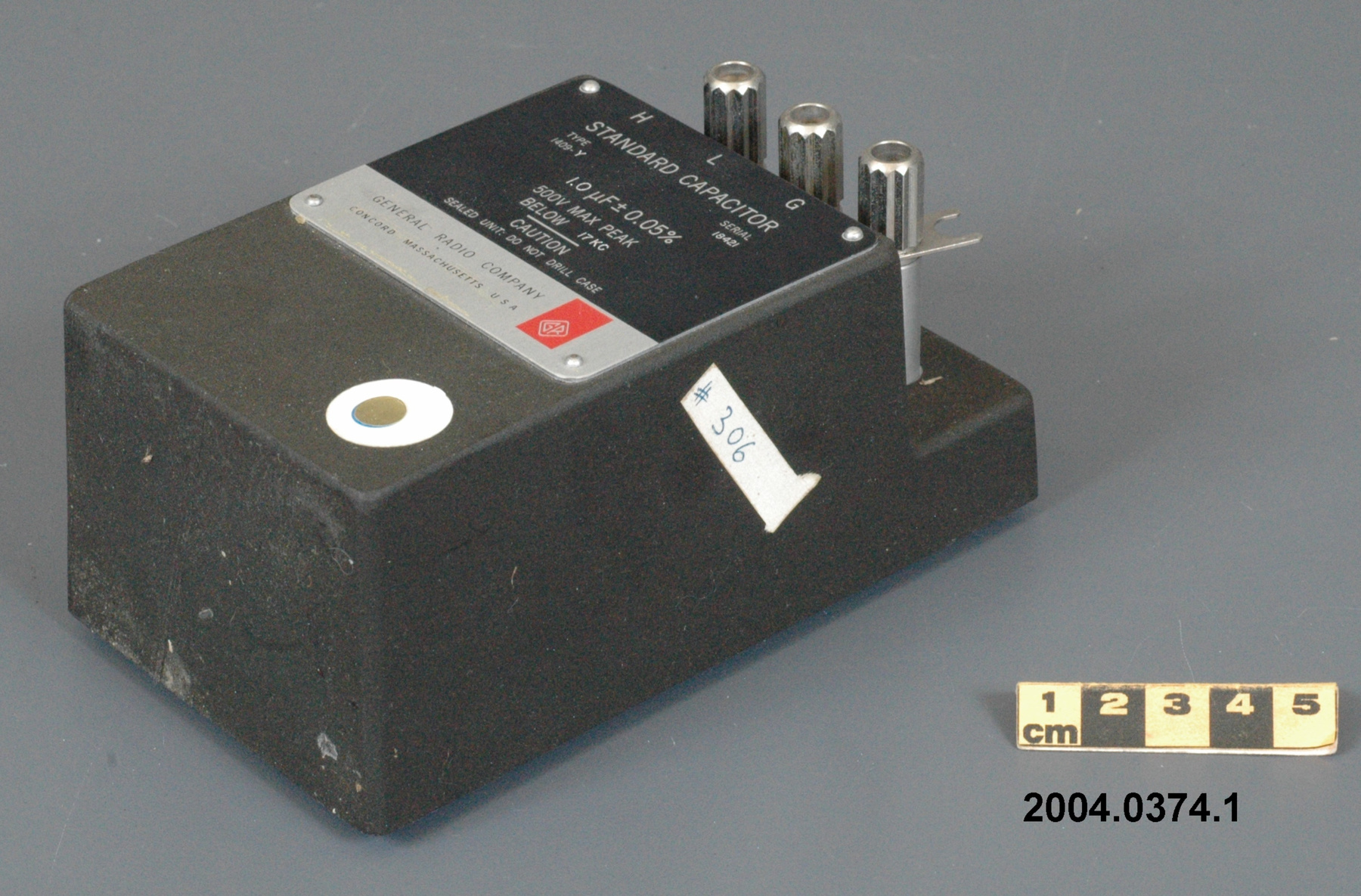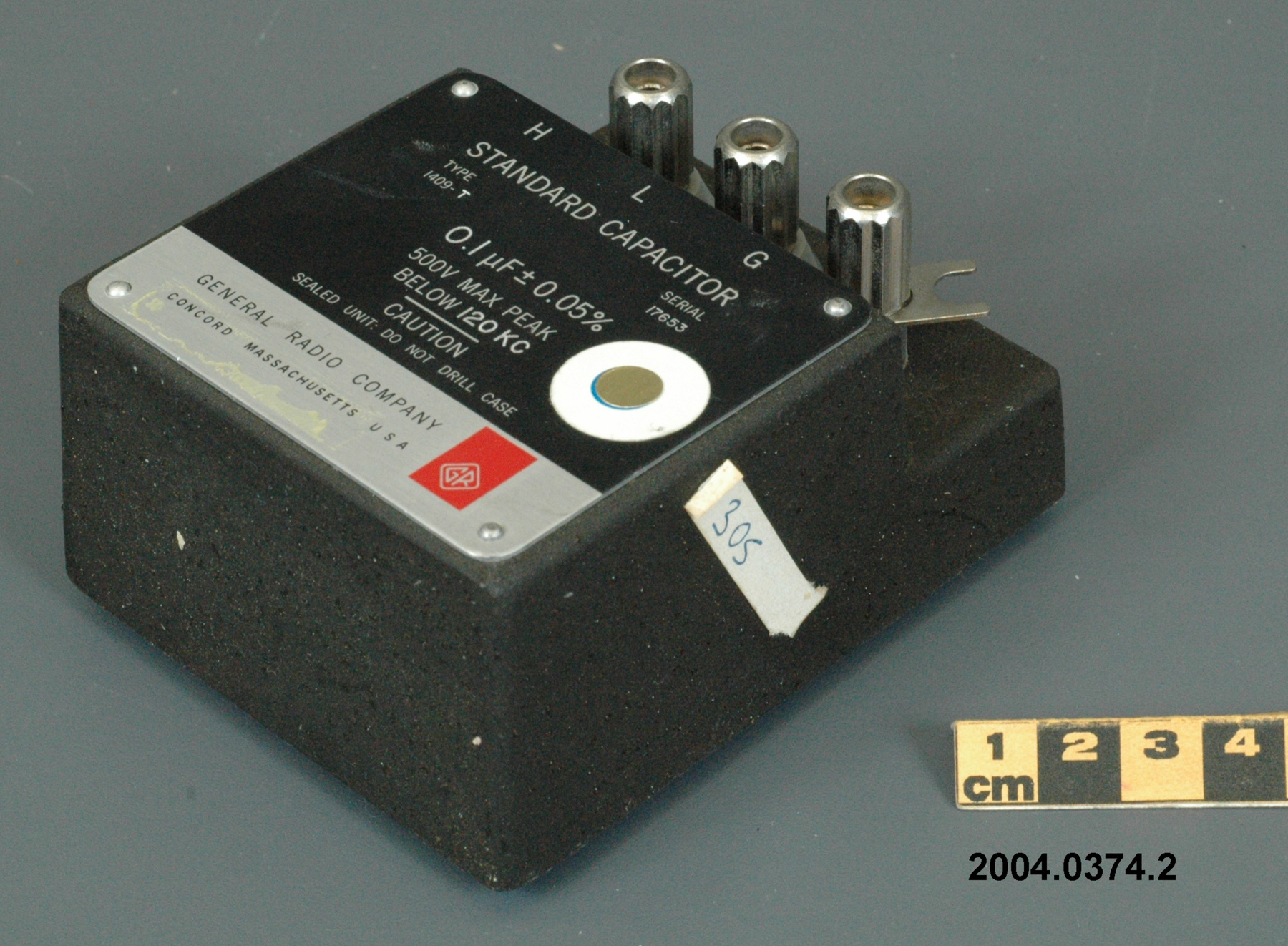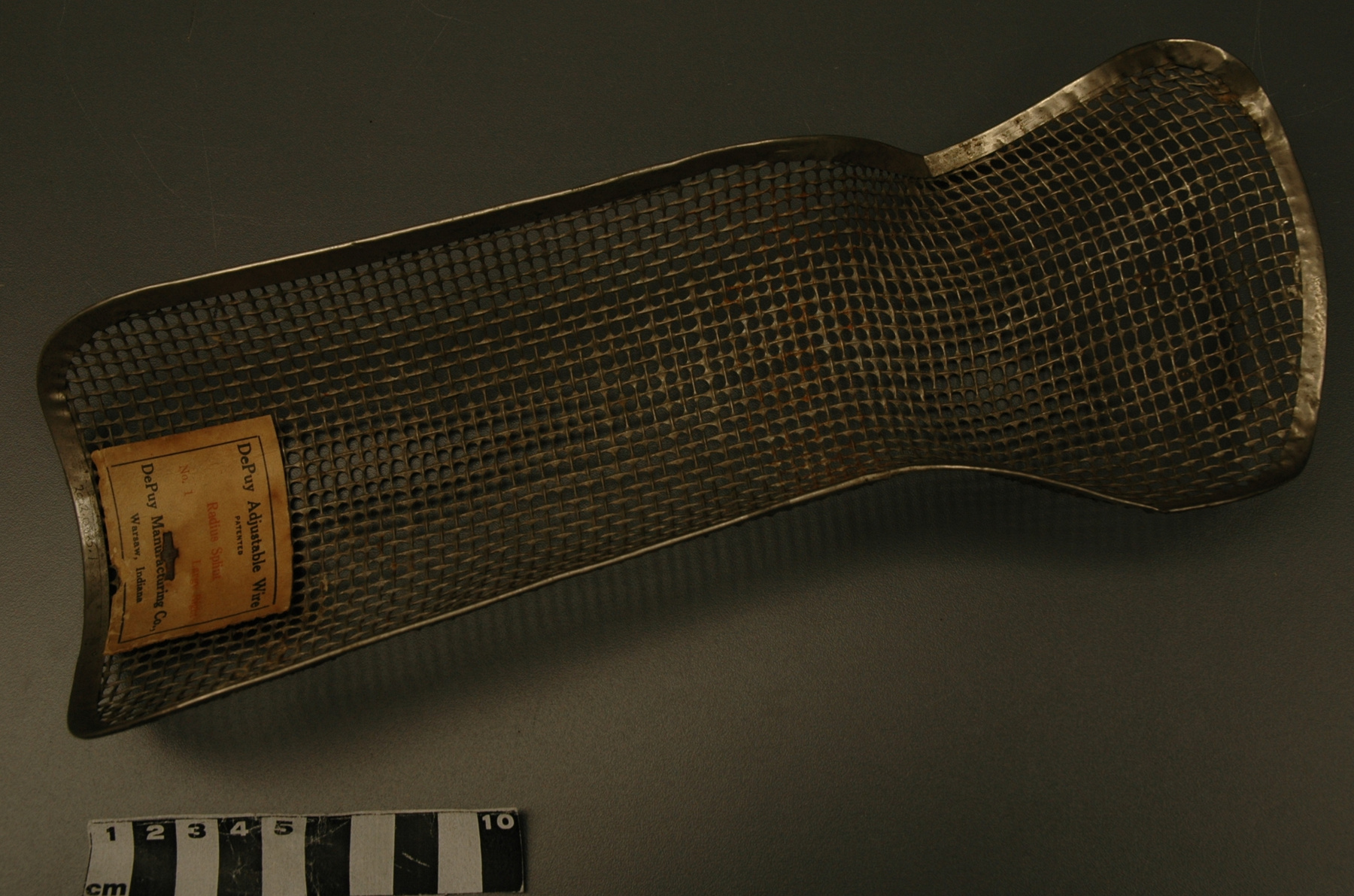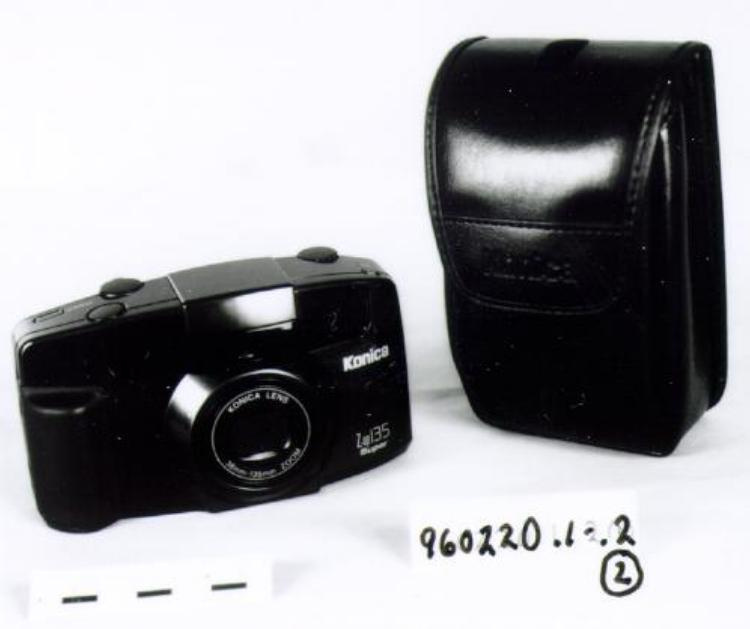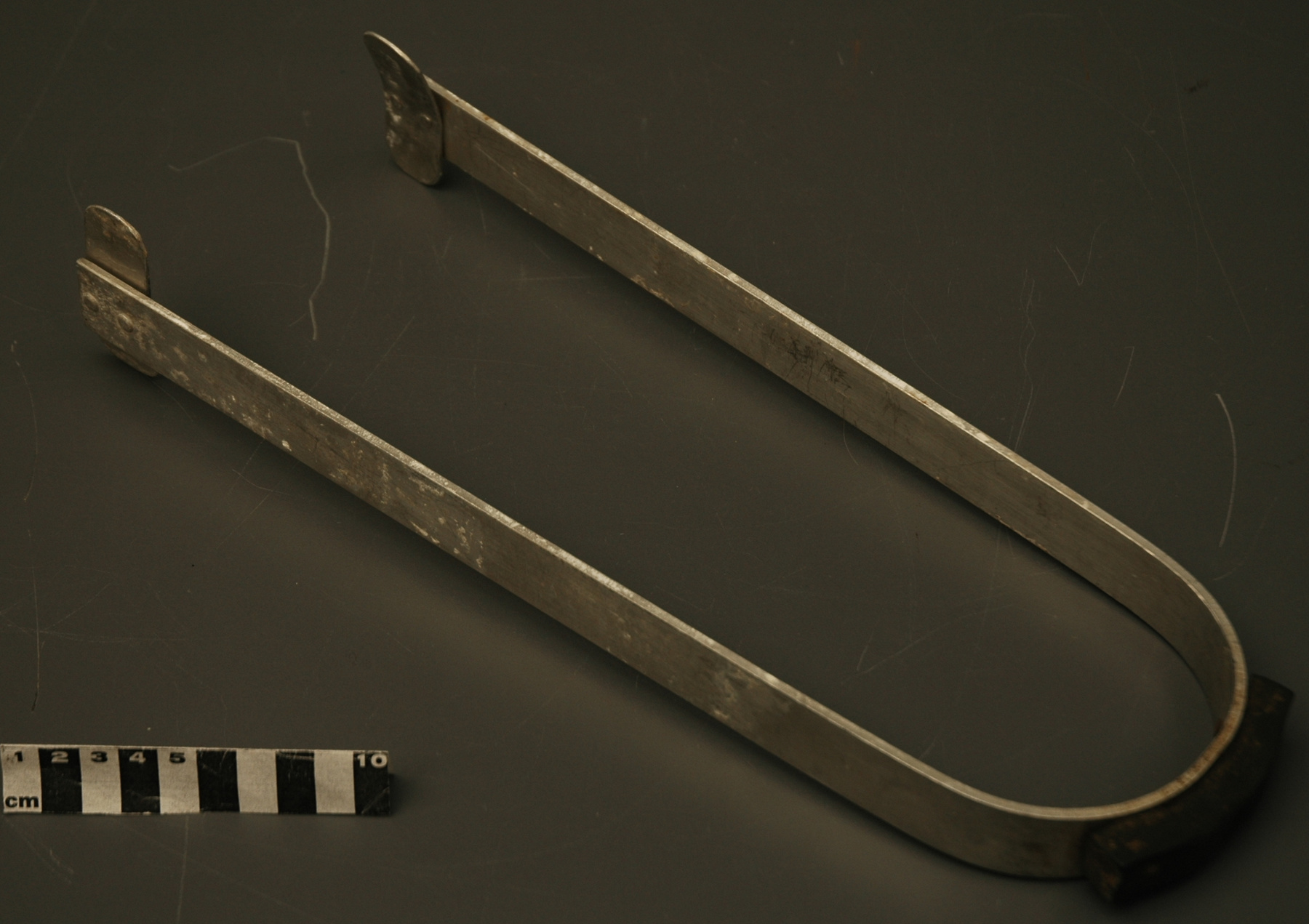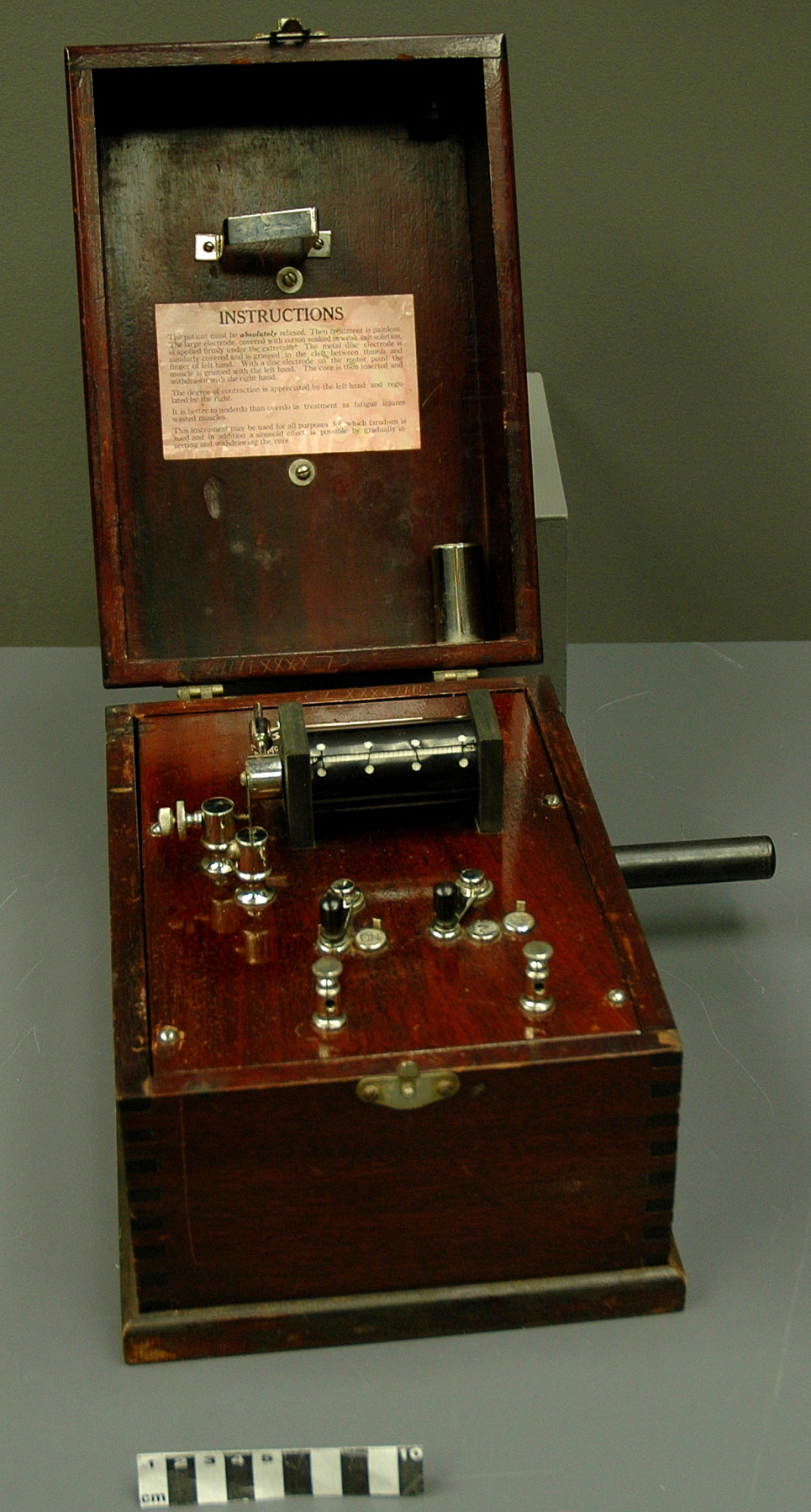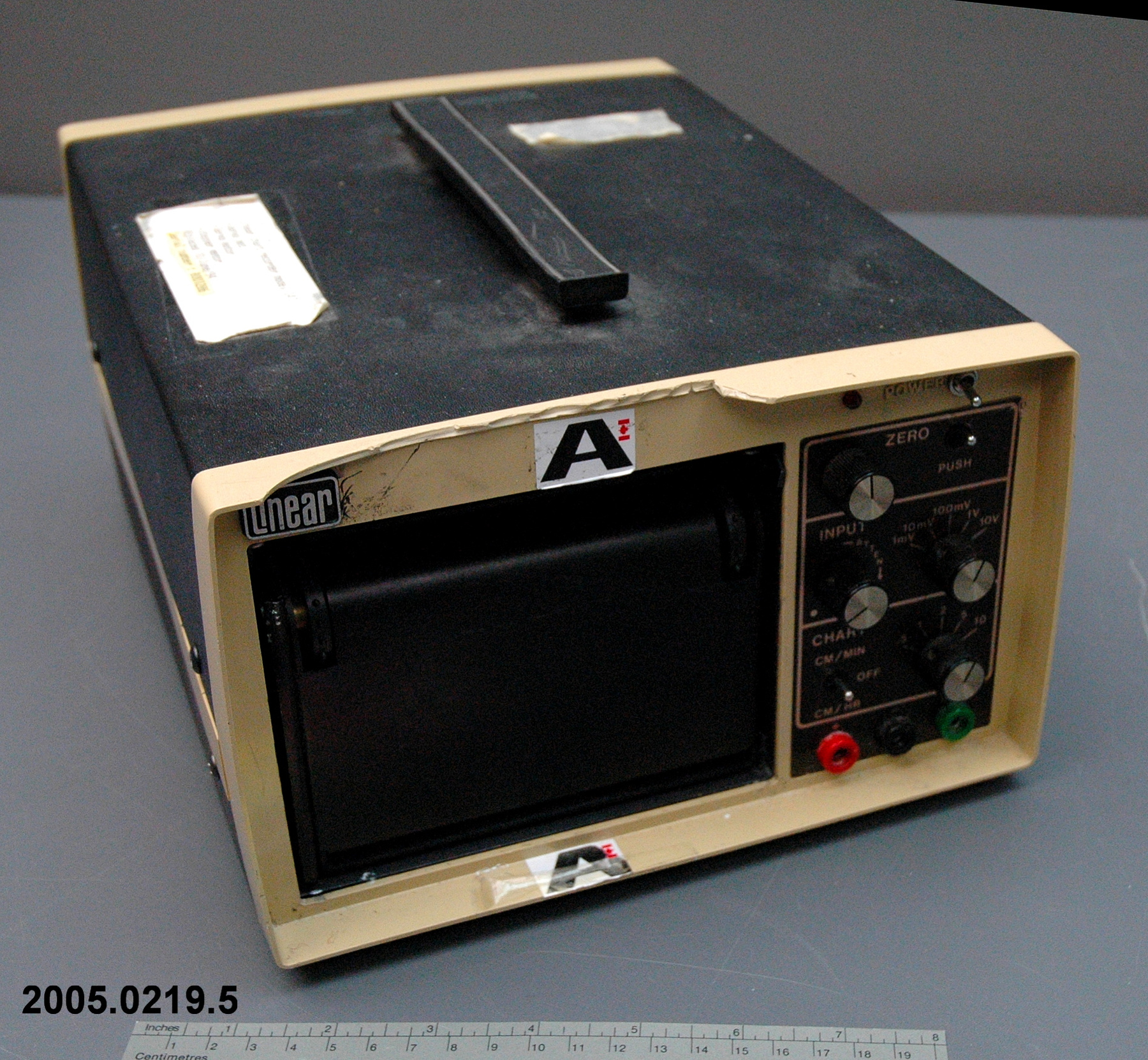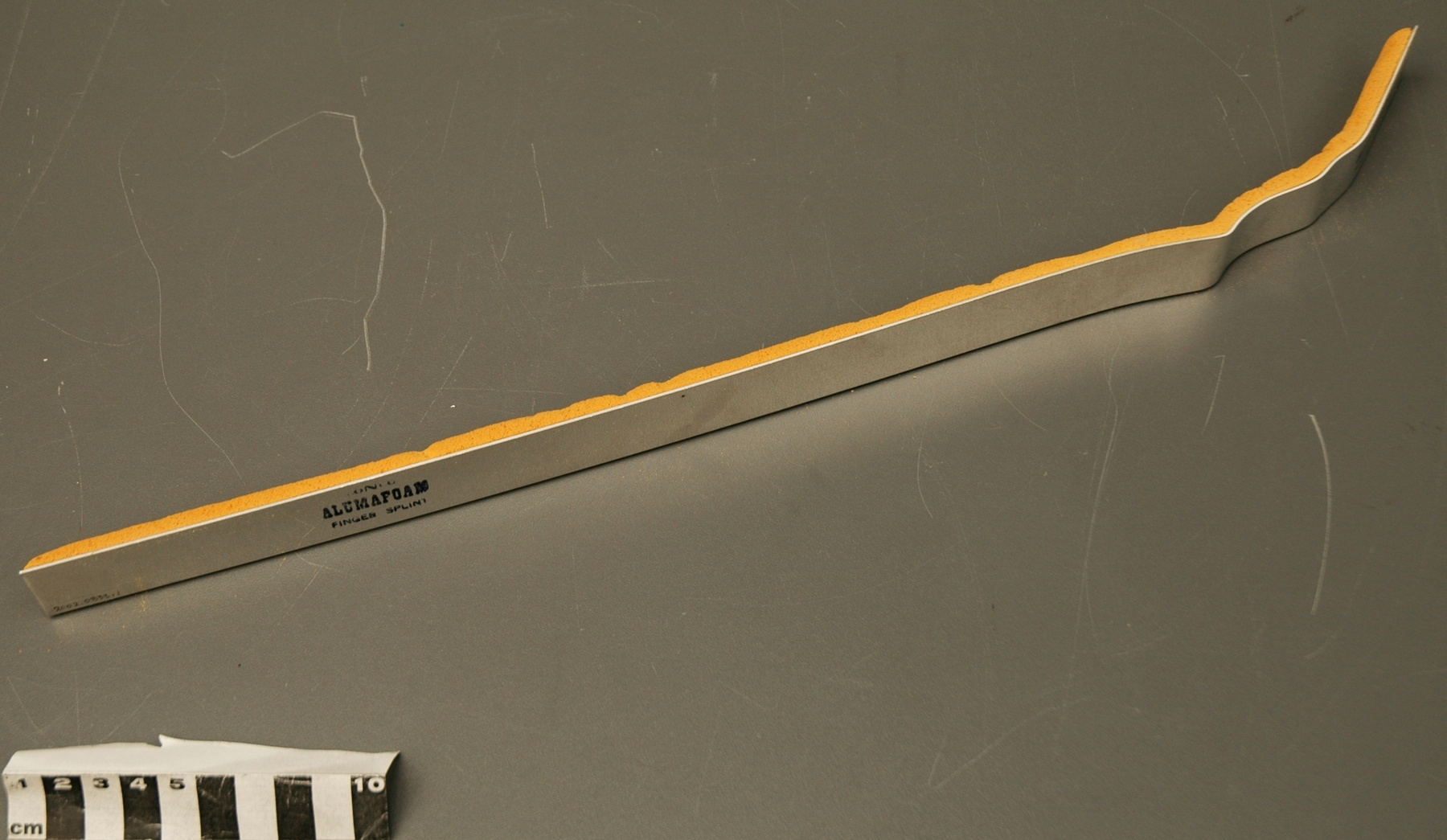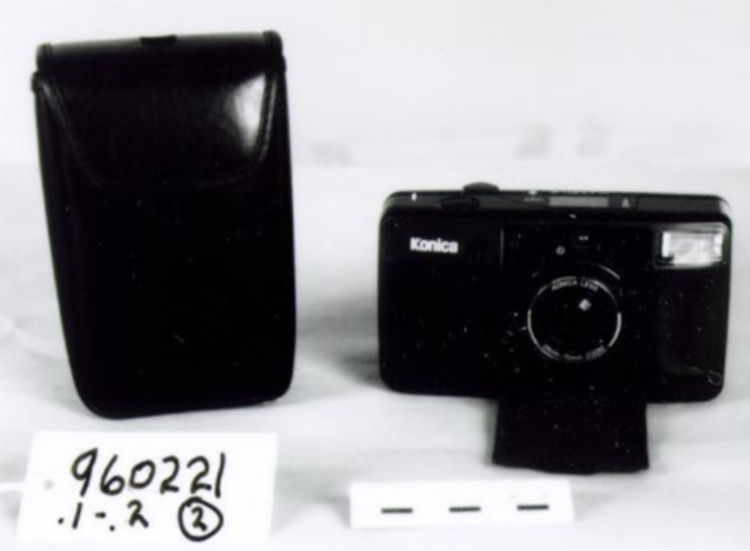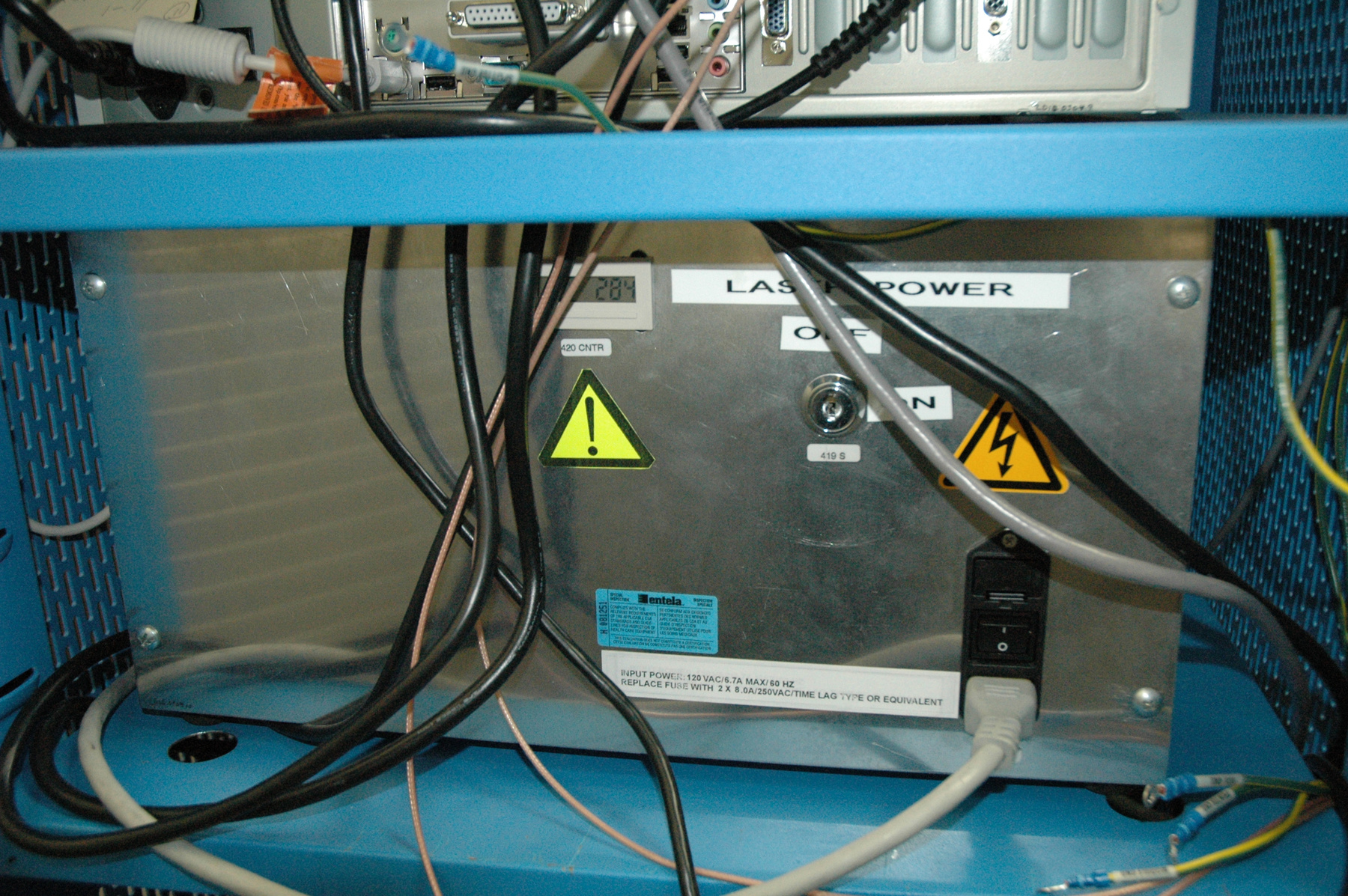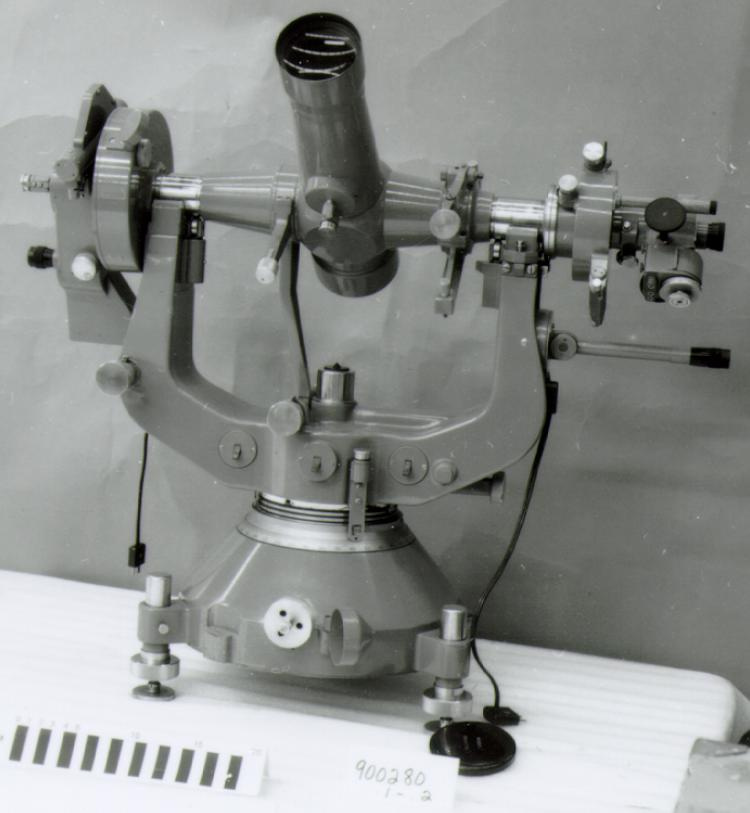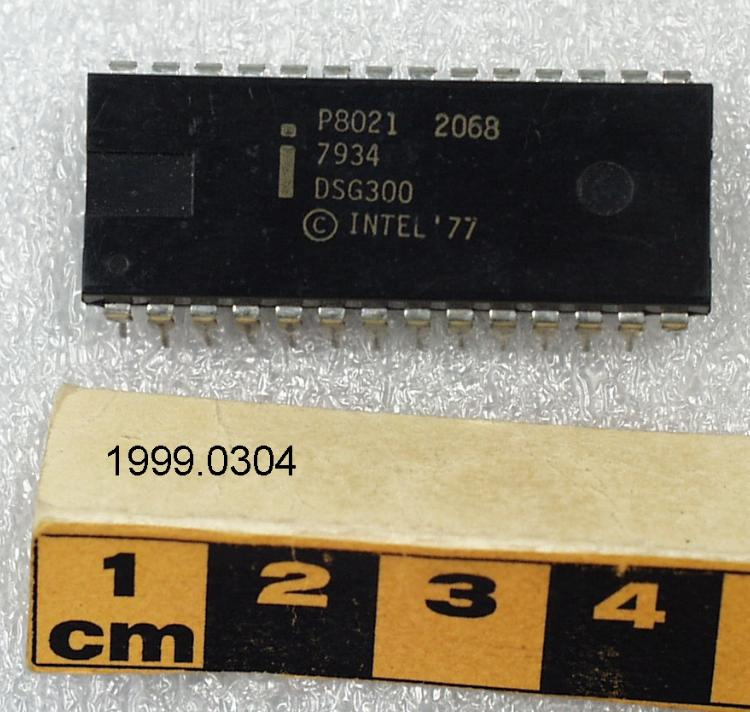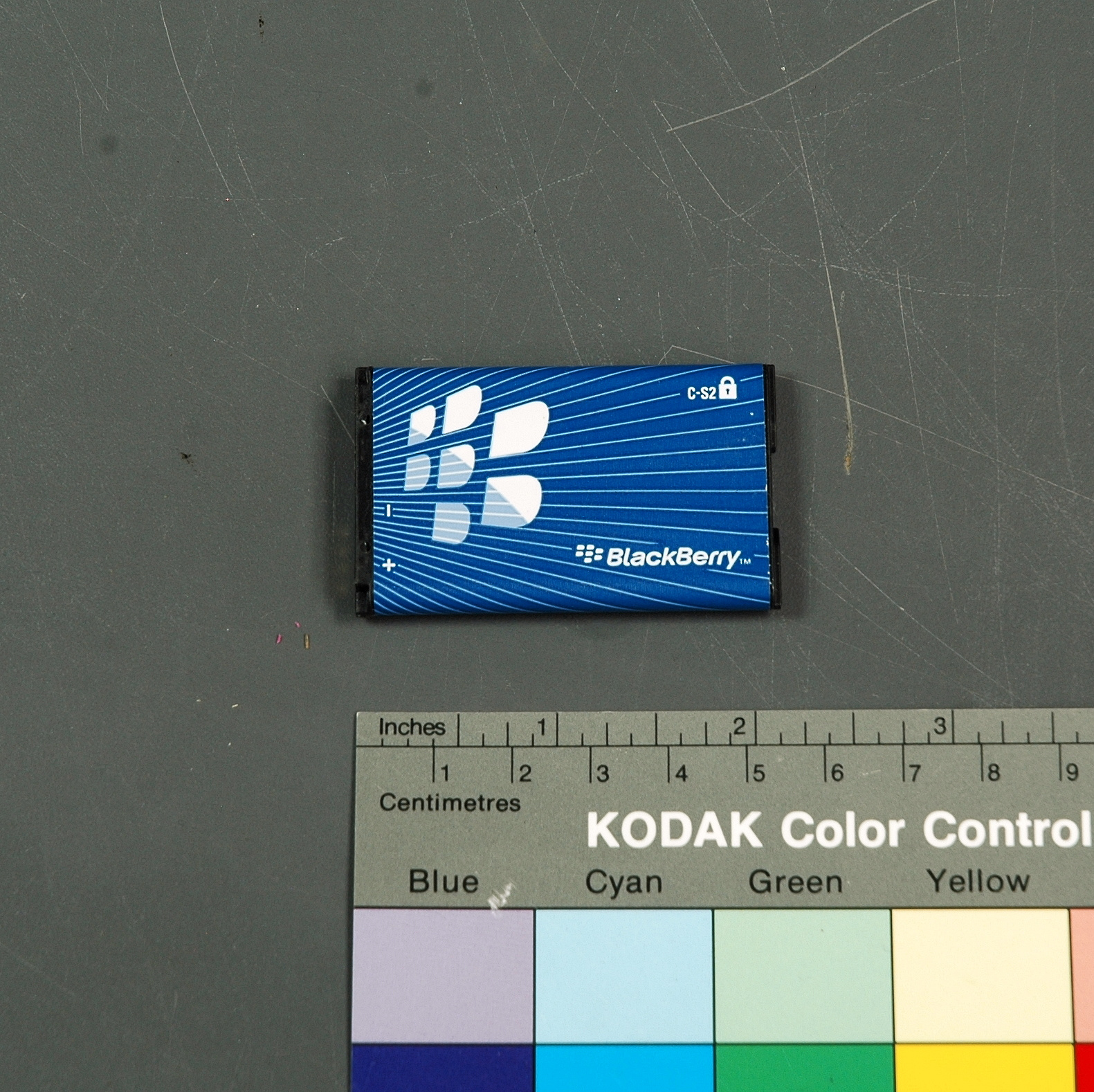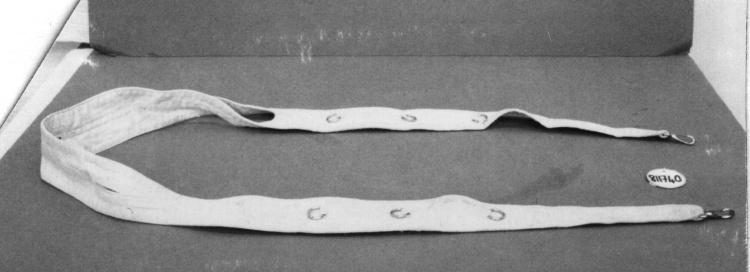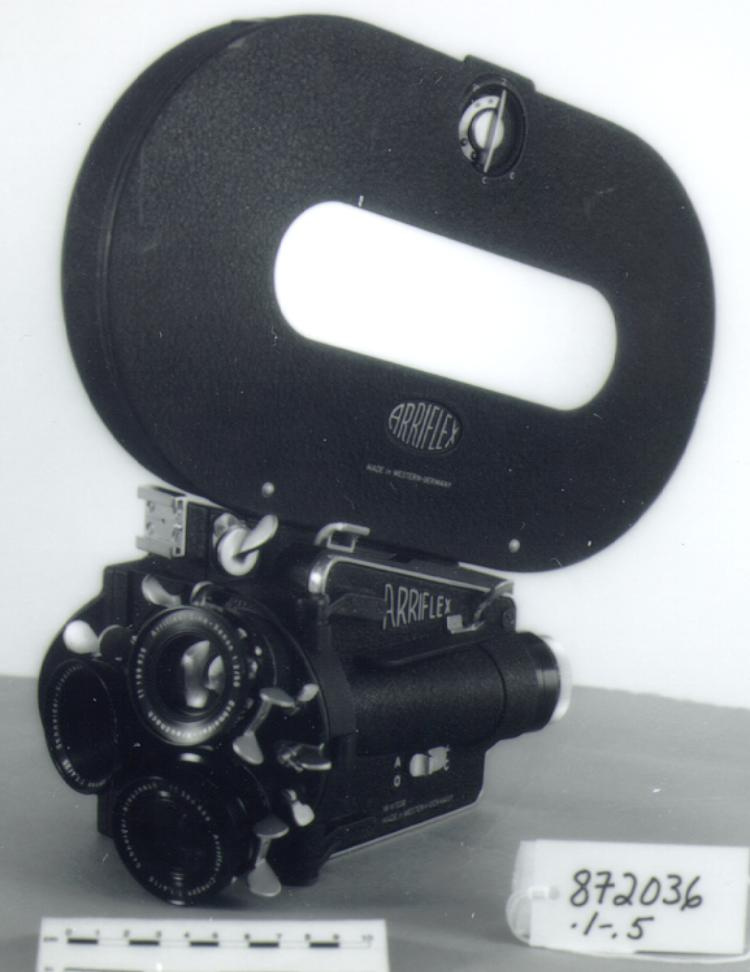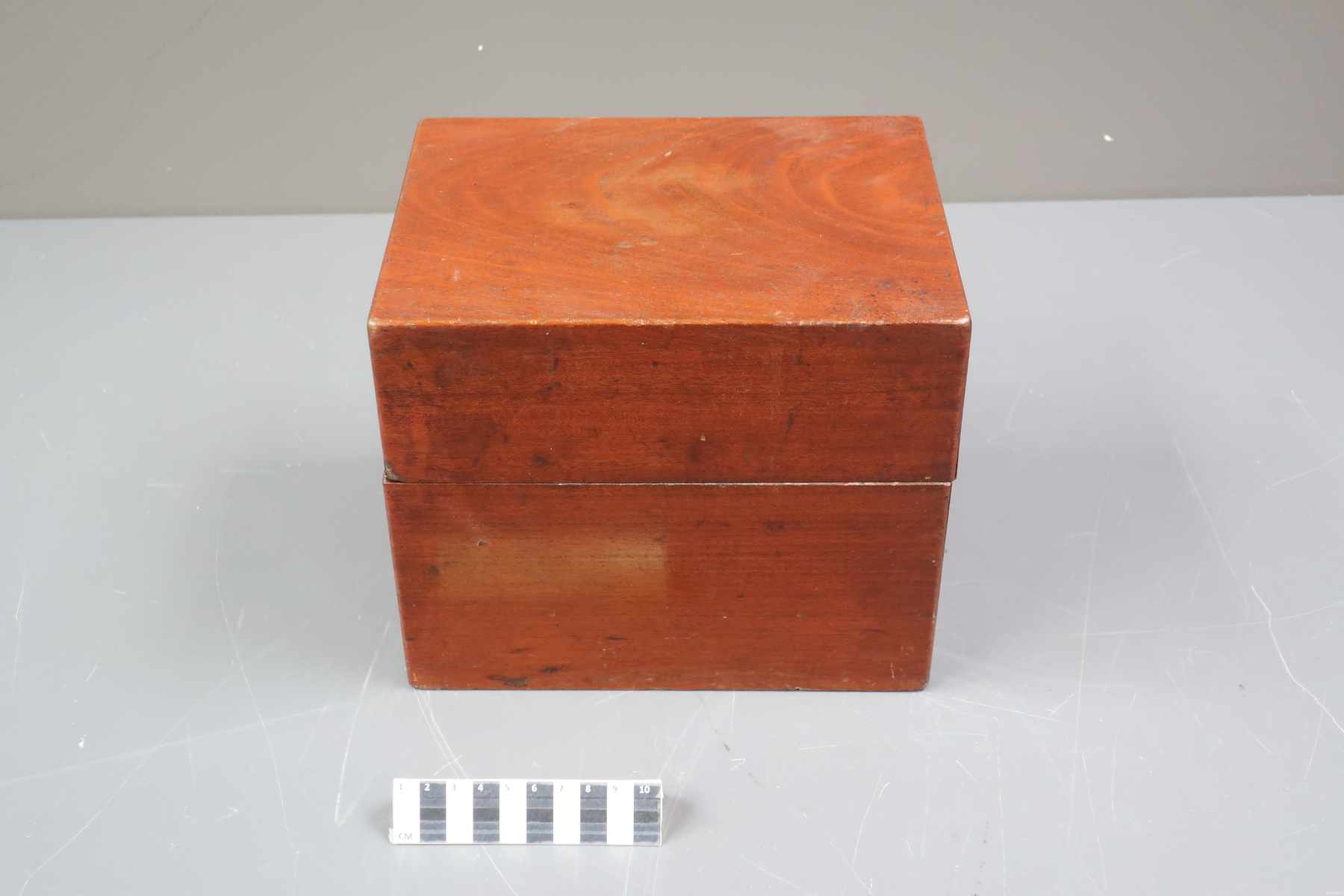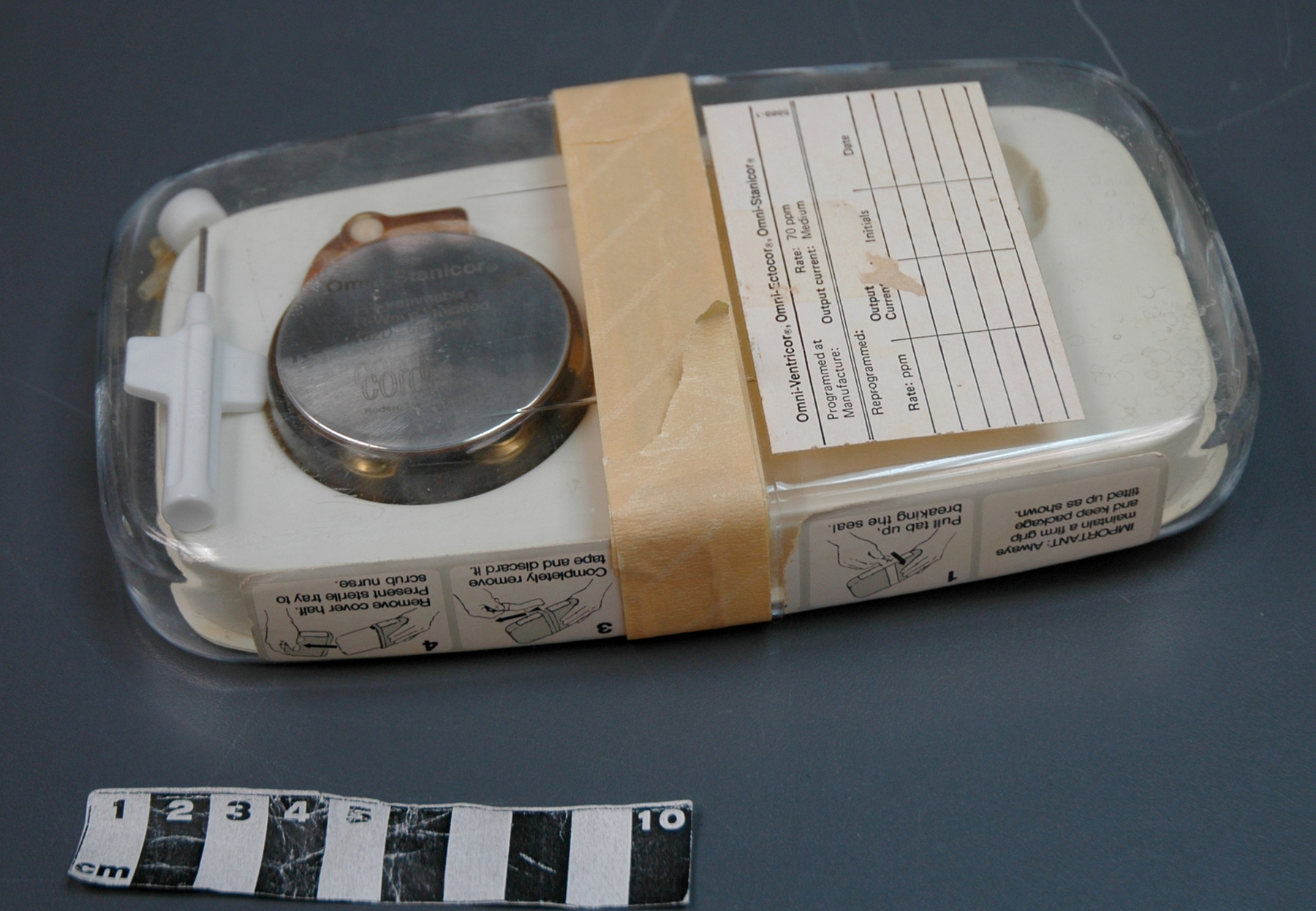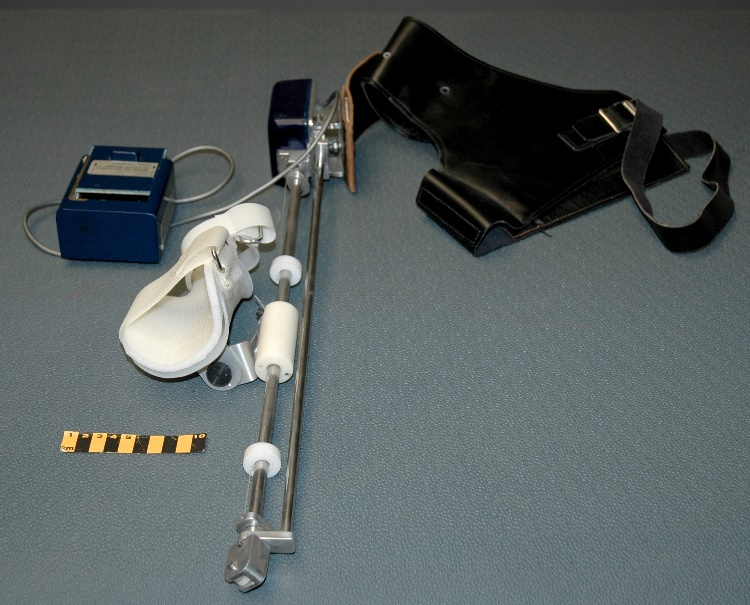Motion machine, continuous passive
Use this image
Can I reuse this image without permission? Yes
Object images on the Ingenium Collection’s portal have the following Creative Commons license:
Copyright Ingenium / CC BY-NC-ND (Attribution-NonCommercial 4.0 International (CC BY-NC 4.0)
ATTRIBUTE THIS IMAGE
Ingenium,
2002.0494.001
Permalink:
Ingenium is releasing this image under the Creative Commons licensing framework, and encourages downloading and reuse for non-commercial purposes. Please acknowledge Ingenium and cite the artifact number.
DOWNLOAD IMAGEPURCHASE THIS IMAGE
This image is free for non-commercial use.
For commercial use, please consult our Reproduction Fees and contact us to purchase the image.
- OBJECT TYPE
- upper limb
- DATE
- 1979
- ARTIFACT NUMBER
- 2002.0494.001
- MANUFACTURER
- S & J Engineering
- MODEL
- second prototype
- LOCATION
- Unknown
More Information
General Information
- Serial #
- prototype
- Part Number
- 1
- Total Parts
- 2
- AKA
- N/A
- Patents
- N/A
- General Description
- metal, synthetic, leather and wood materials of construction.
Dimensions
Note: These reflect the general size for storage and are not necessarily representative of the object's true dimensions.
- Length
- 92.0 cm
- Width
- 34.0 cm
- Height
- 13.0 cm
- Thickness
- N/A
- Weight
- N/A
- Diameter
- N/A
- Volume
- N/A
Lexicon
- Group
- Medical Technology
- Category
- Research
- Sub-Category
- N/A
Manufacturer
- AKA
- SJ
- Country
- Unknown
- State/Province
- Unknown
- City
- Unknown
Context
- Country
- Canada
- State/Province
- Ontario
- Period
- Built and presumably used in 1979; possibly also used later.
- Canada
-
This device was built in 1979 and was the first CPM of the upper limb ever applied to a patient. The concept of continuous passive motion [CPM], and design of CPM devices, was championed by Dr. Robert Salter, an orthopaedic surgeon at the Hospital for Sick Children and professor and head of orthopaedic surgery at the University of Toronto. One of 5 CPM devices donated to the History of Medicine Museum, Toronto by Toronto Medical Corp., Scarborough, Ont. in May 1987. - Function
-
2nd prototype version of device designed to provide continuous, controlled range -of -motion action to an injured or post-surgery limb, specifically the elbow/upper limb. - Technical
-
Based on the hypothesis that continuous passive motion would stimulate the healing and regeneration of articular cartilage through differentiation of pluripotential mesenchymal cells. CPM devices promote patient comfort, by improving circulation and encouraging wound healing, and preventing excessive post-operative swelling. - Area Notes
-
Unknown
Details
- Markings
- "987.4.3" printed in white on motor housing box. "POWER RESET" typed on label applied to battery case. Label on side of case reads "IN CASE OF PROBLEMS/ CONTACT S & J ENGINEERING/ [?]78-4585". Battery case liner divided into 4 sections: each bears raised outline of battery, with terminals labelled "+" and "-". Liner also marked " JAPAN", "UM-3X4", and " AA-SIZE".
- Missing
- Appears complete. Requires 4 "AA" batteries.
- Finish
- Black leather & synthetic shoulder harness; silver metal rods & fittings; white moulded synthetic limb support & fittings; white velcro closures on support; dark blue synthetic motor housing box; wooden box painted blue contains black synthetic battery compartment liner [box lid is .2]; grey synthetic covering on cord.
- Decoration
- N/A
CITE THIS OBJECT
If you choose to share our information about this collection object, please cite:
S & J Engineering, Motion machine, continuous passive, 1979, Artifact no. 2002.0494, Ingenium – Canada’s Museums of Science and Innovation, http://collection.ingeniumcanada.org/en/item/2002.0494.001/
FEEDBACK
Submit a question or comment about this artifact.
More Like This
